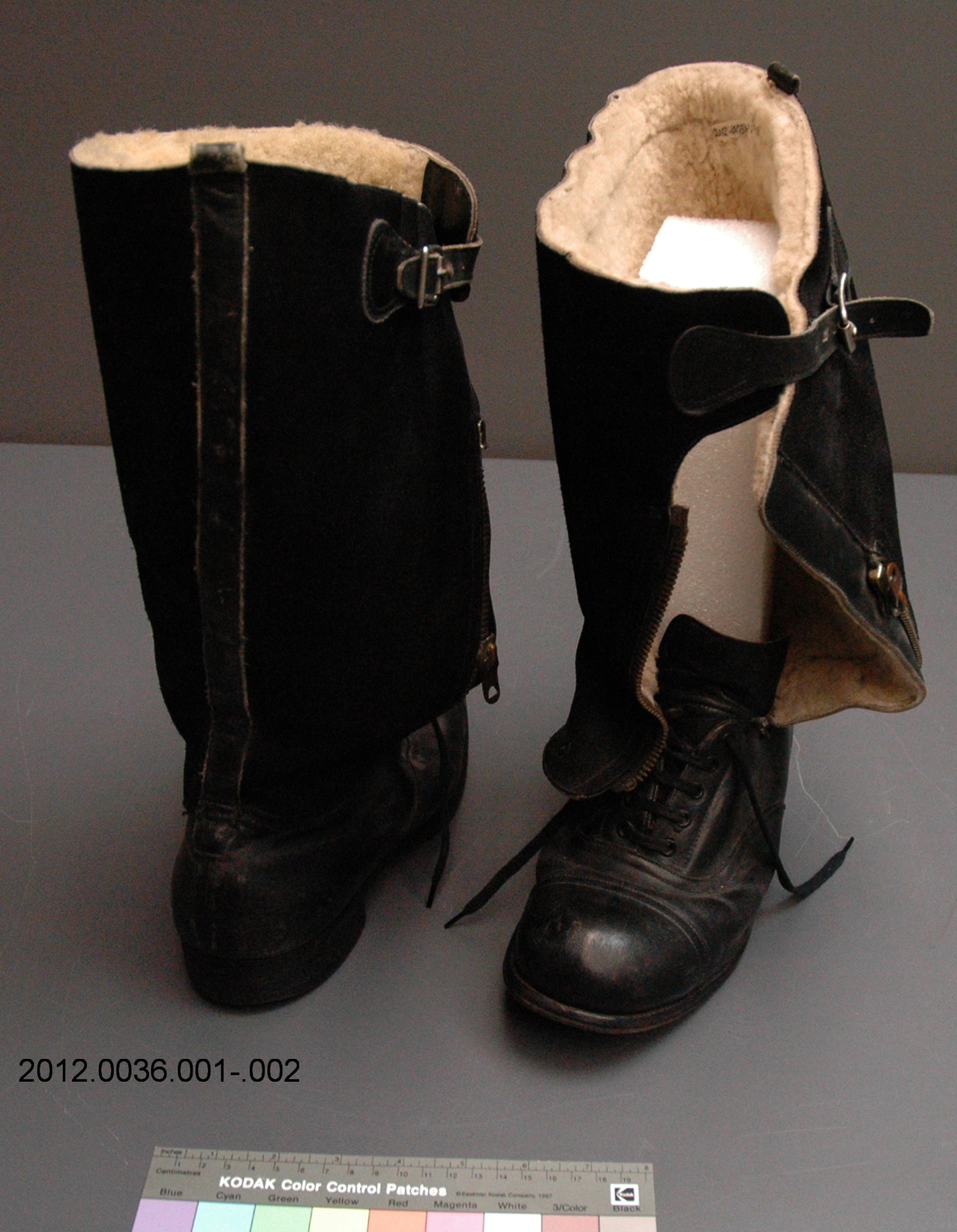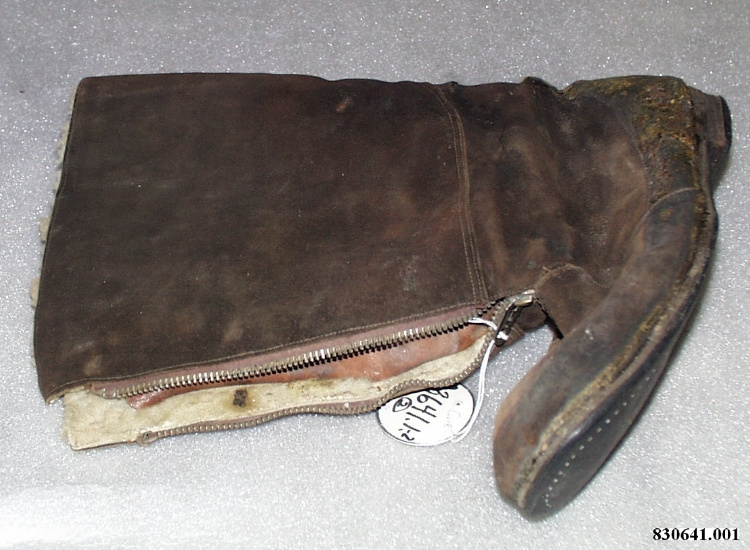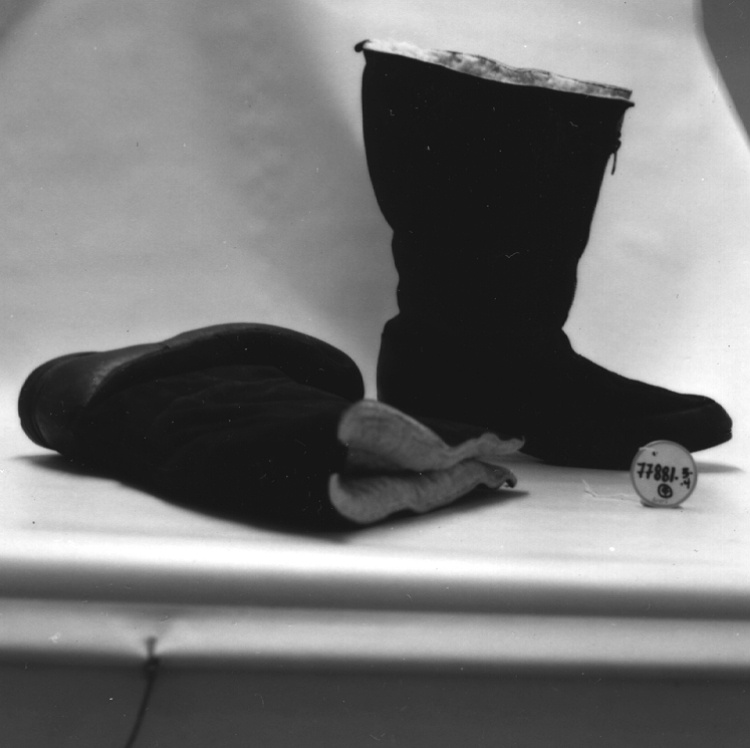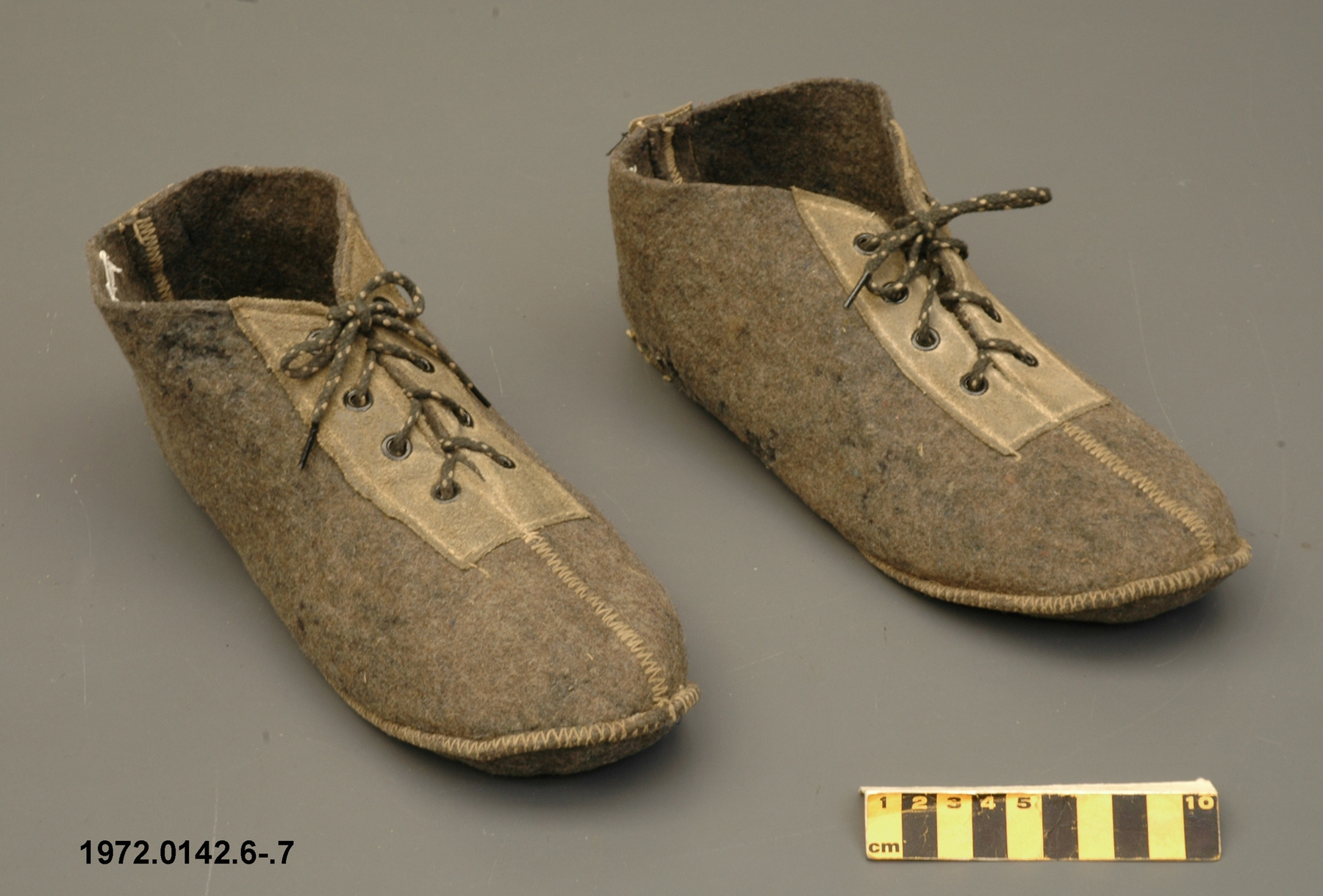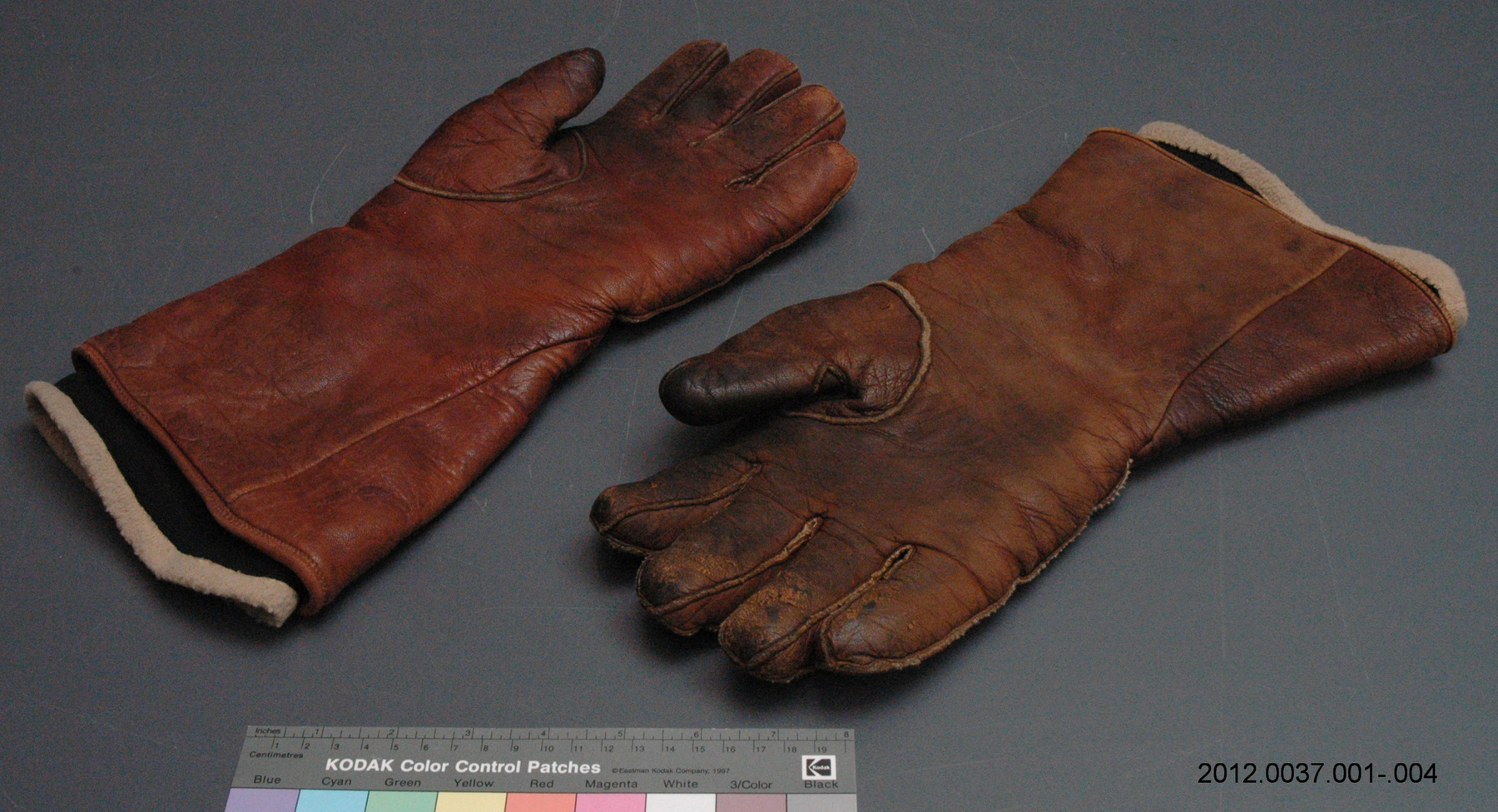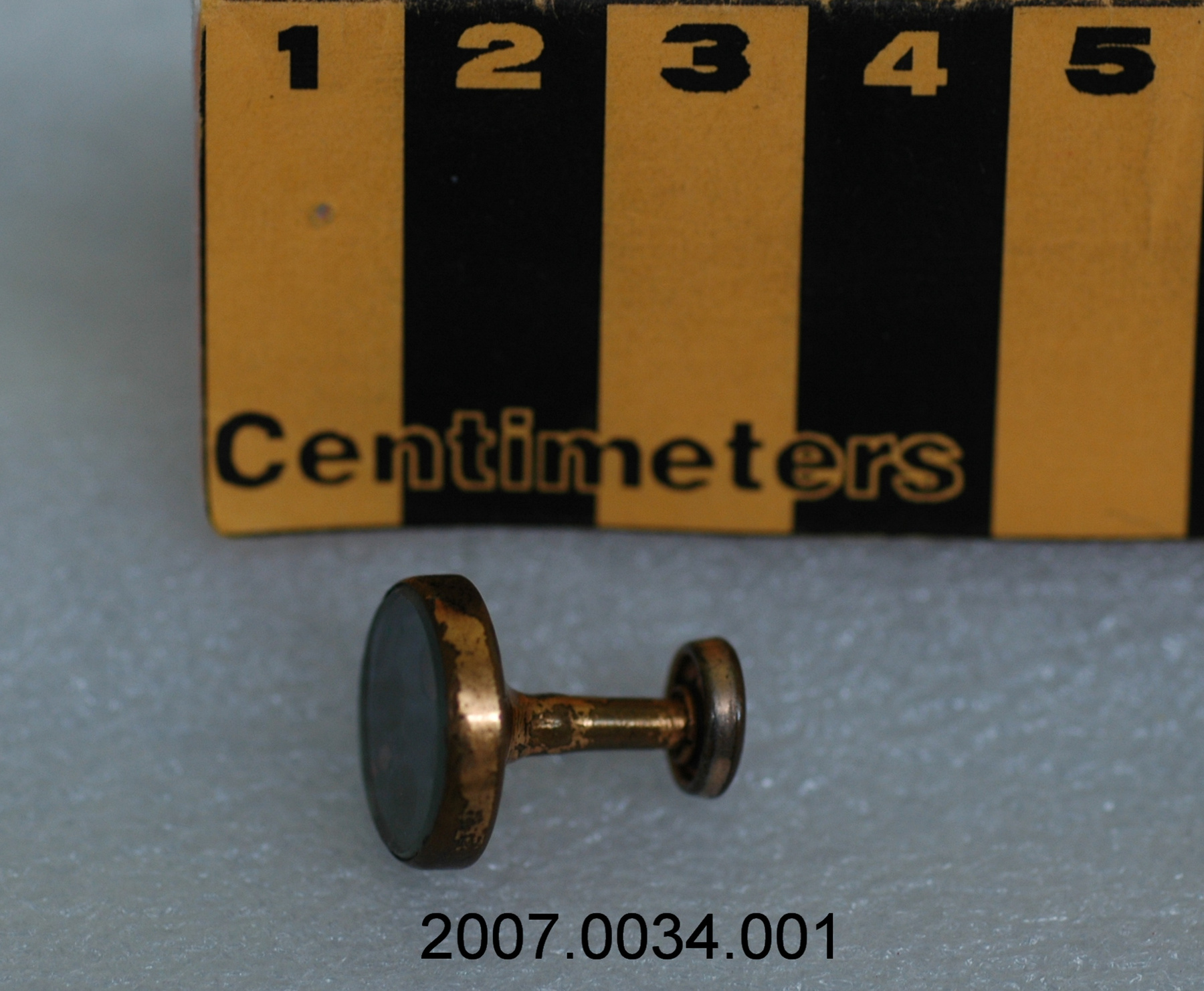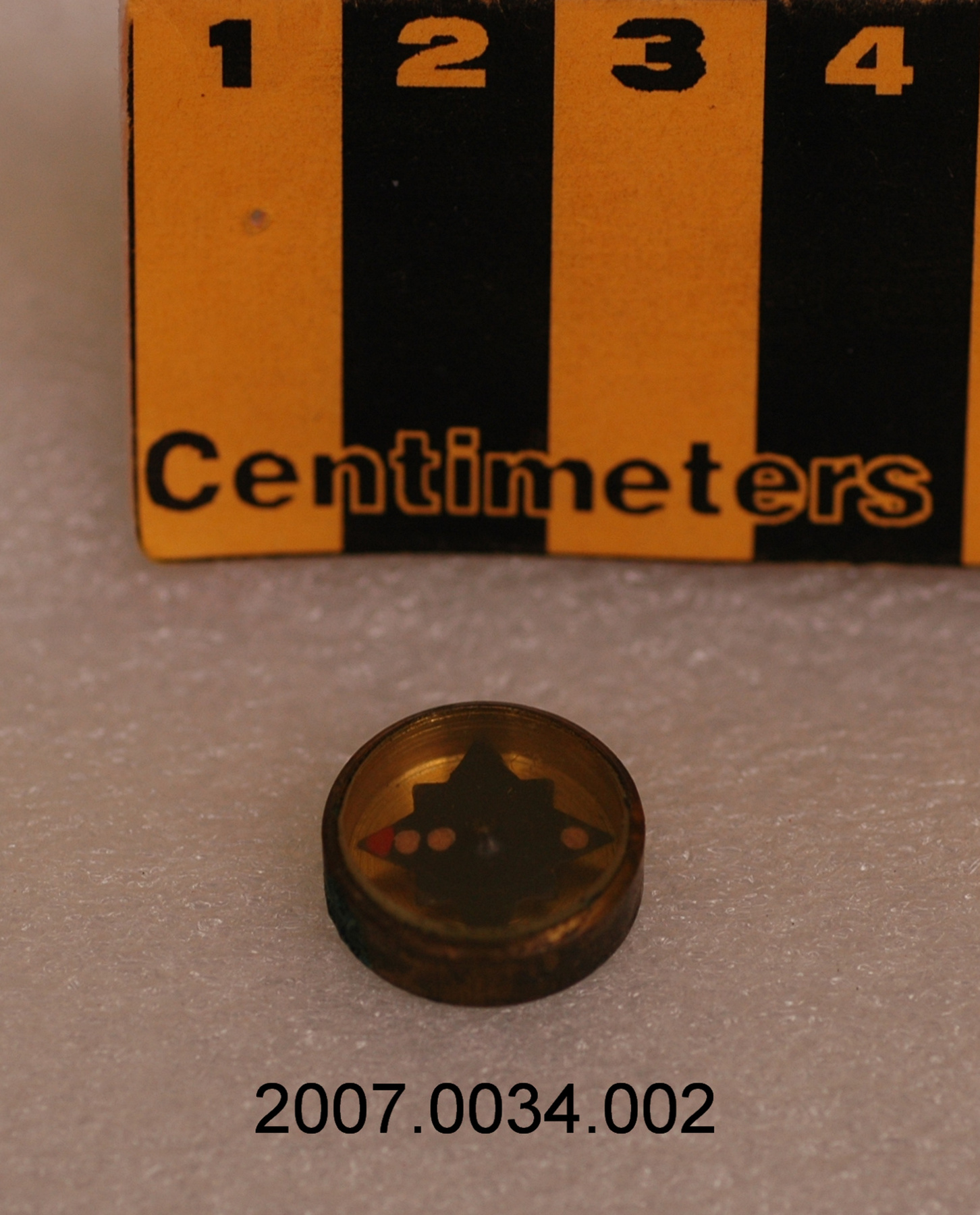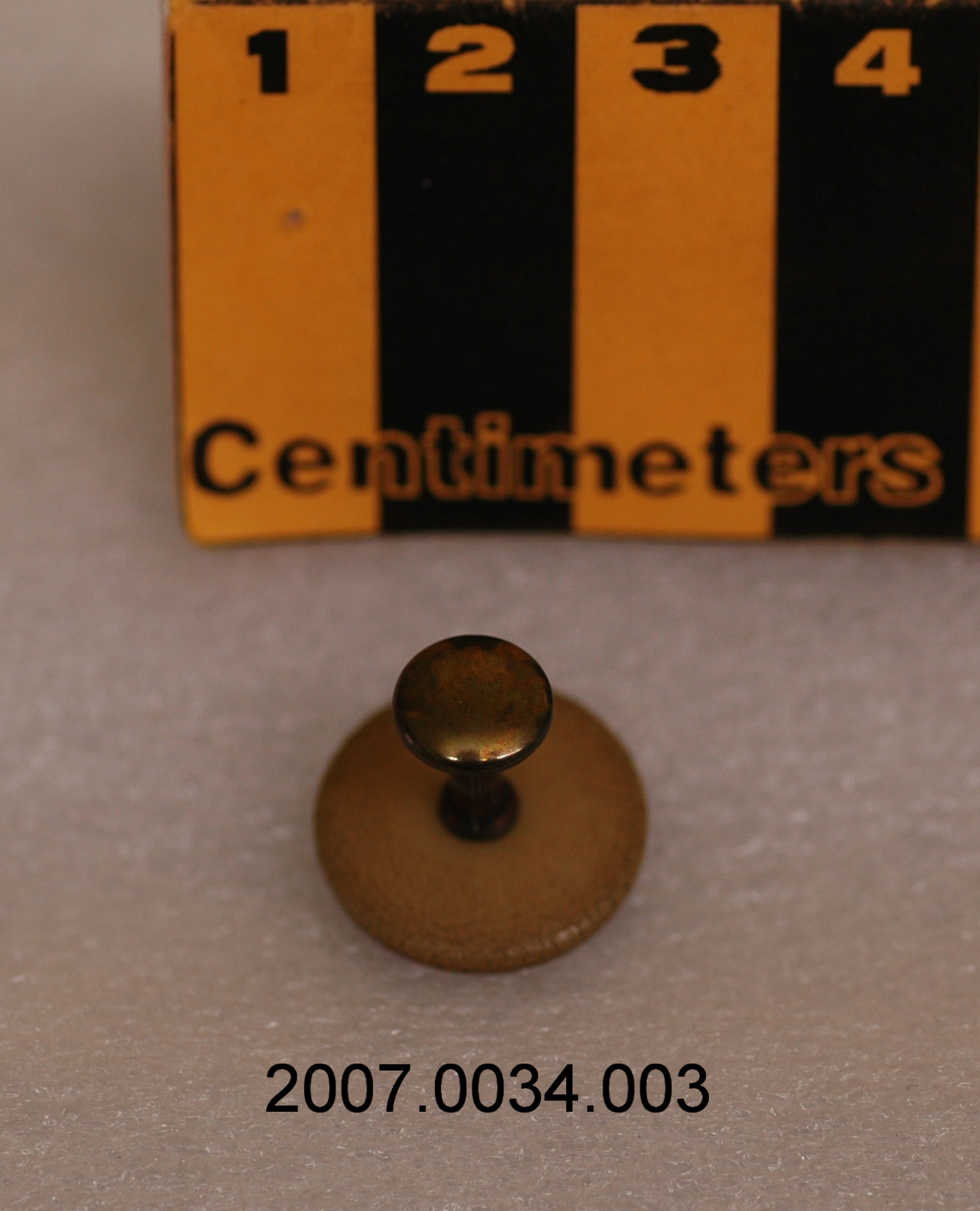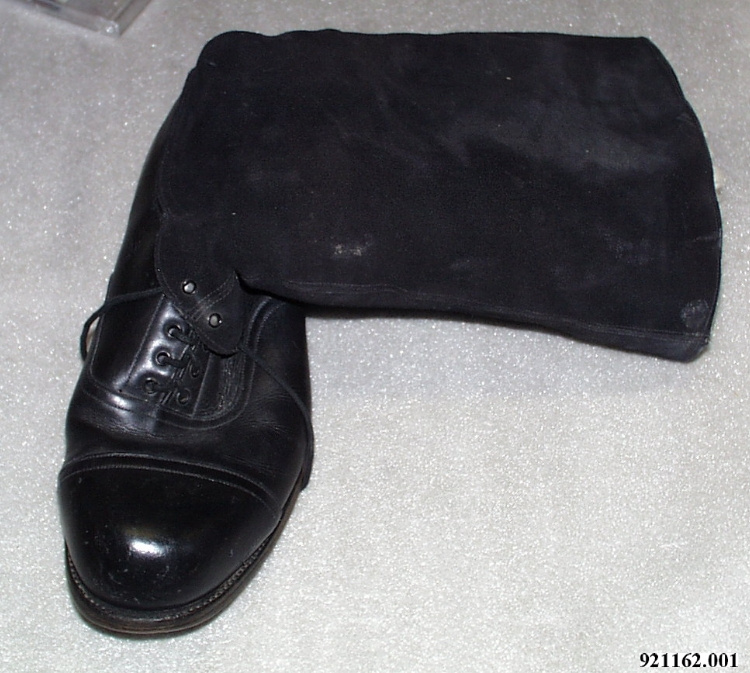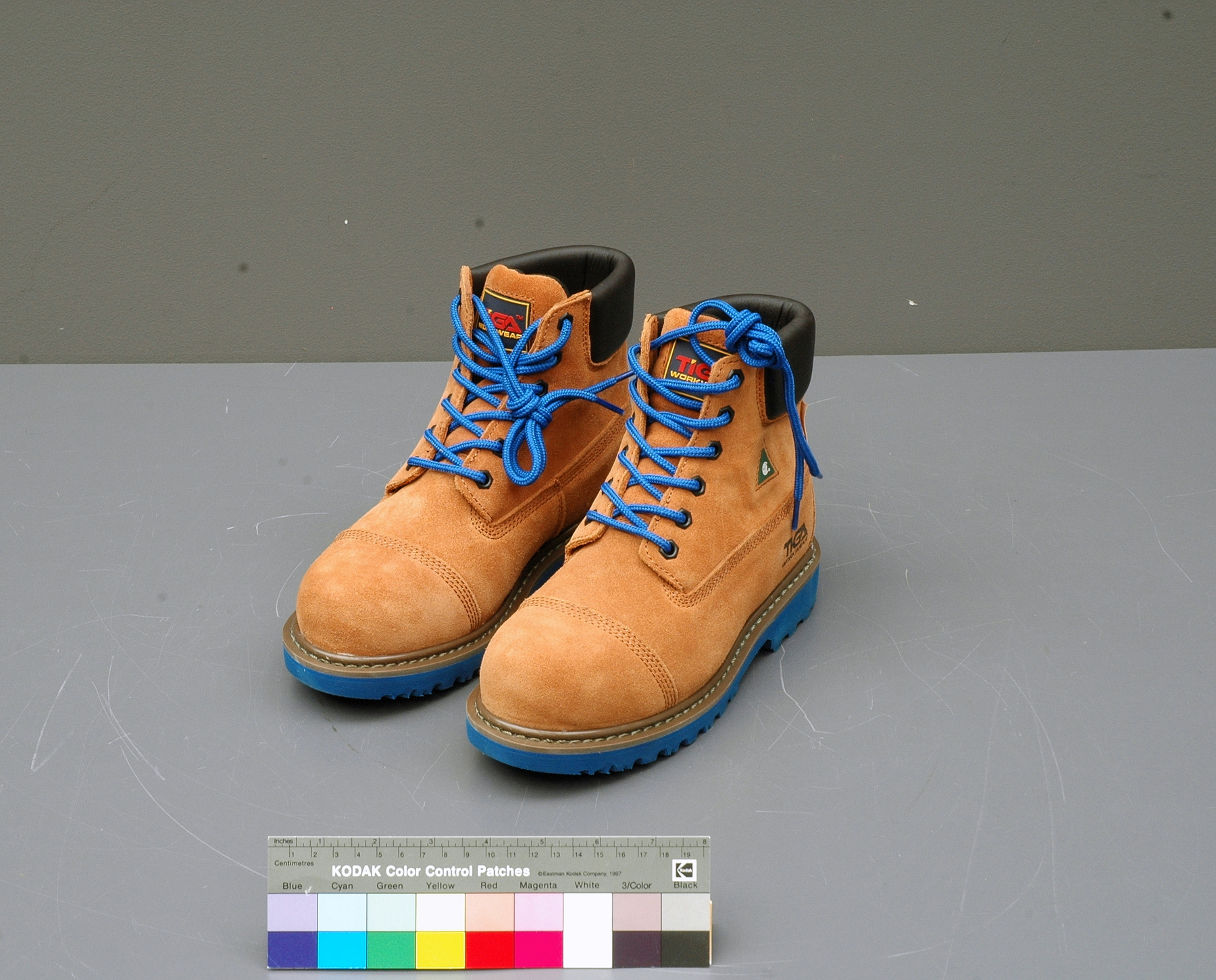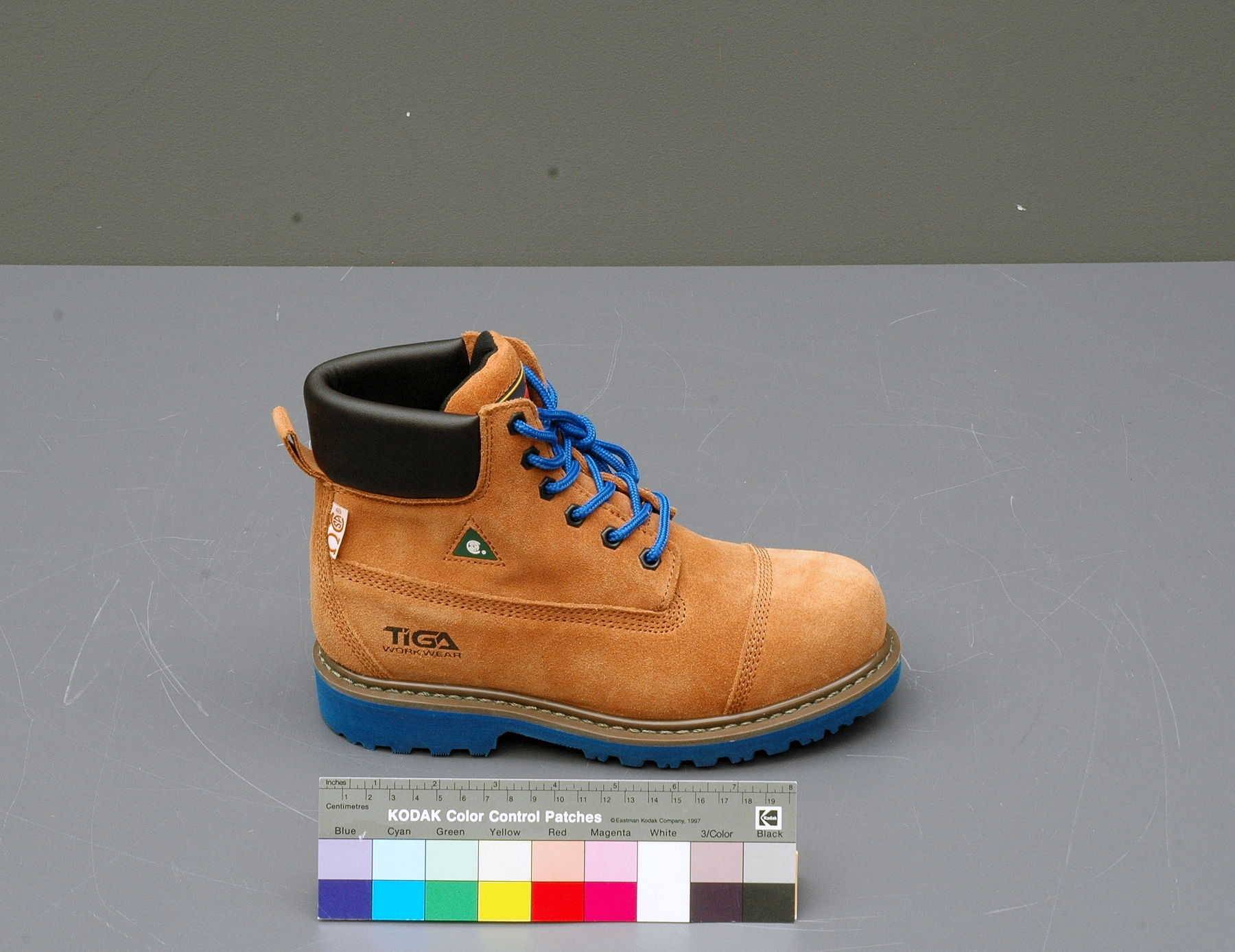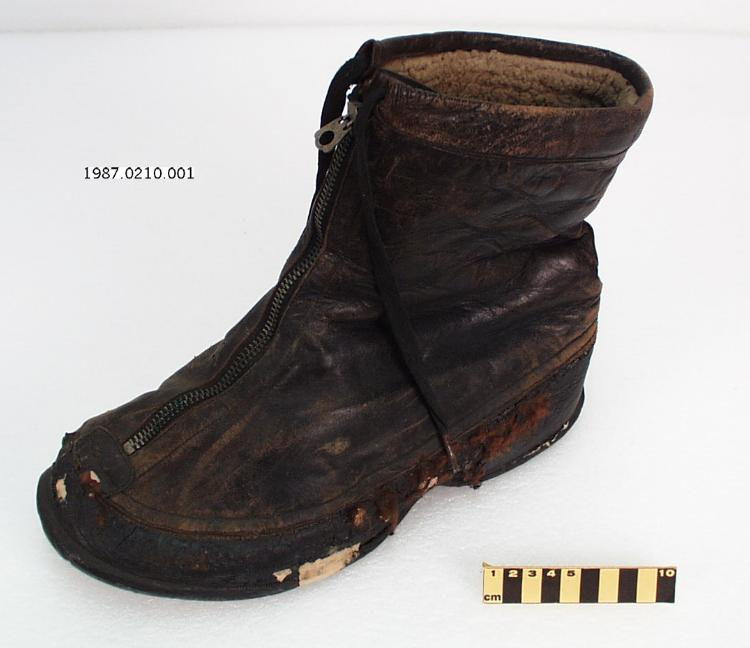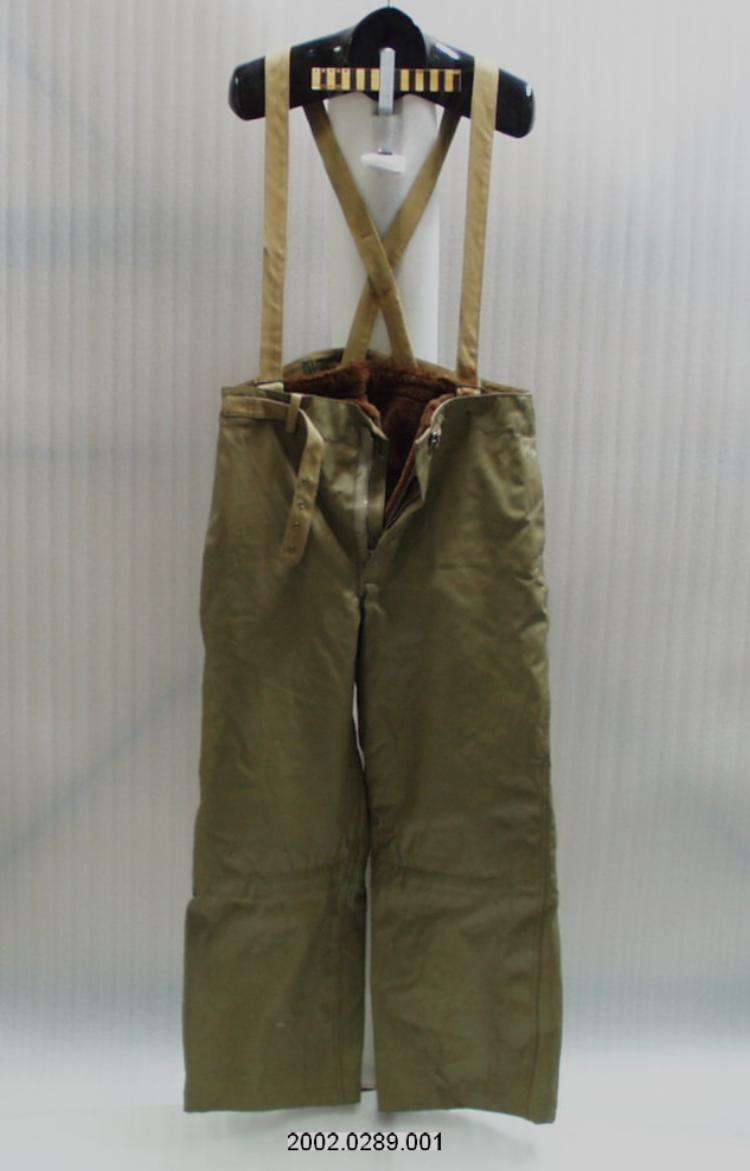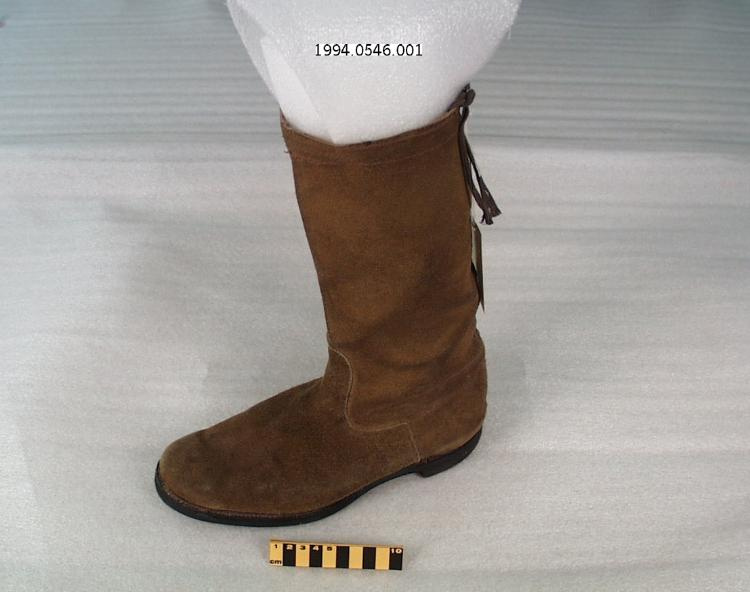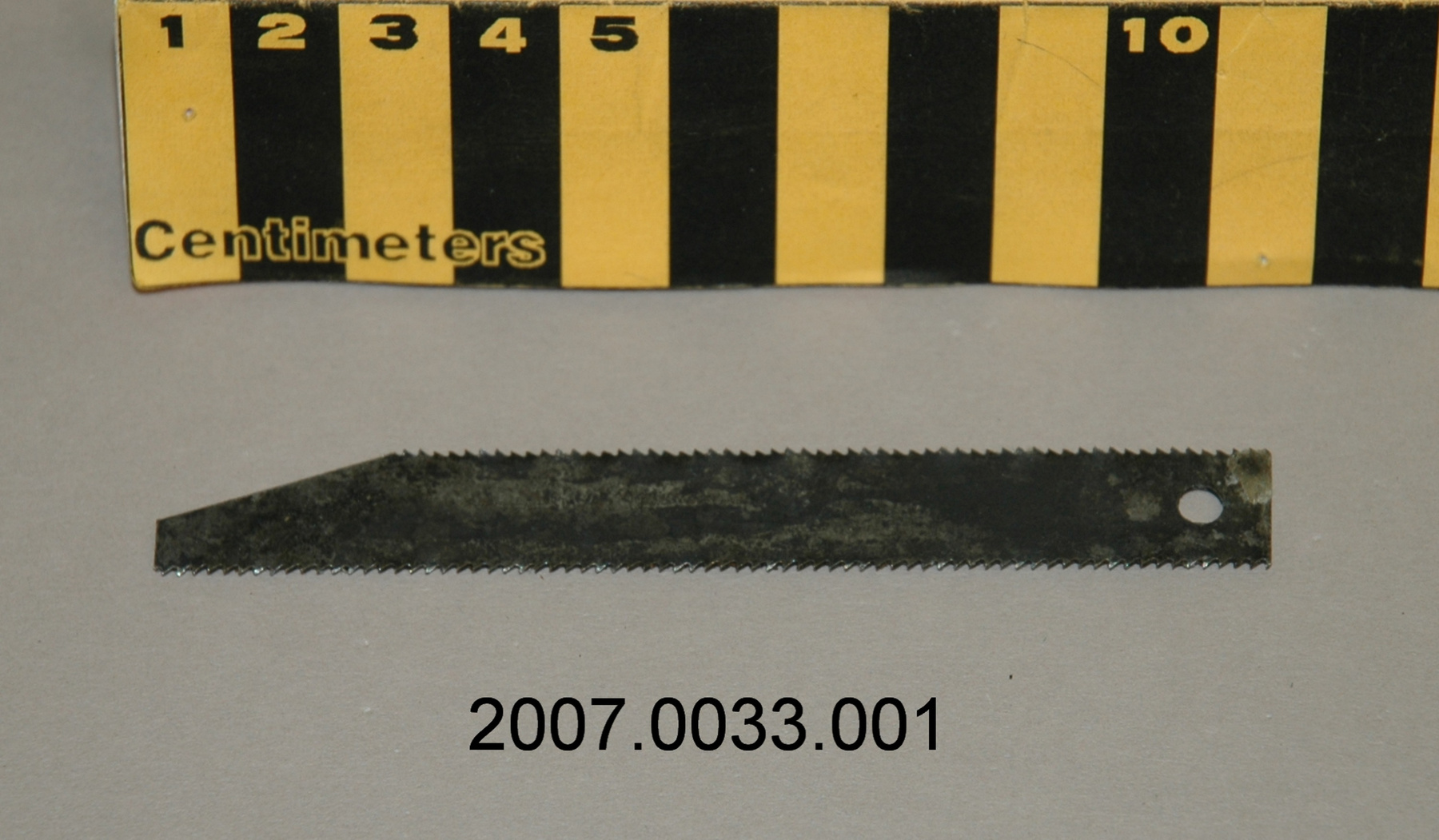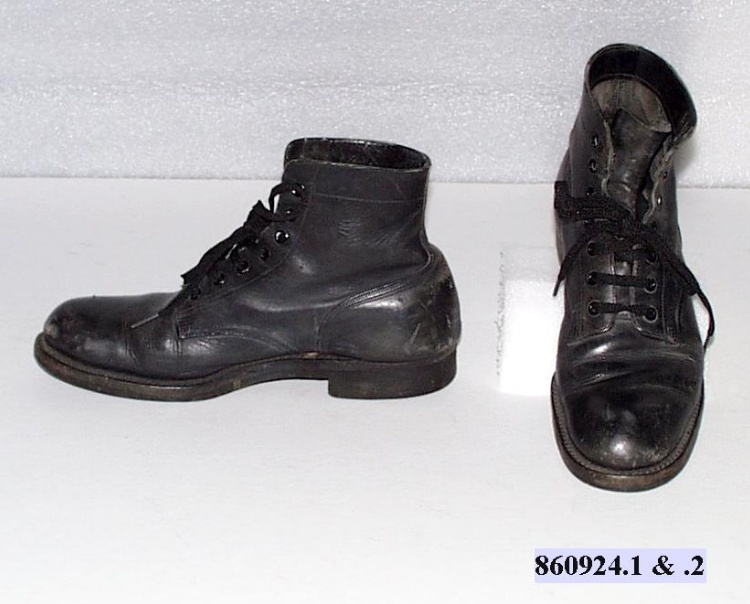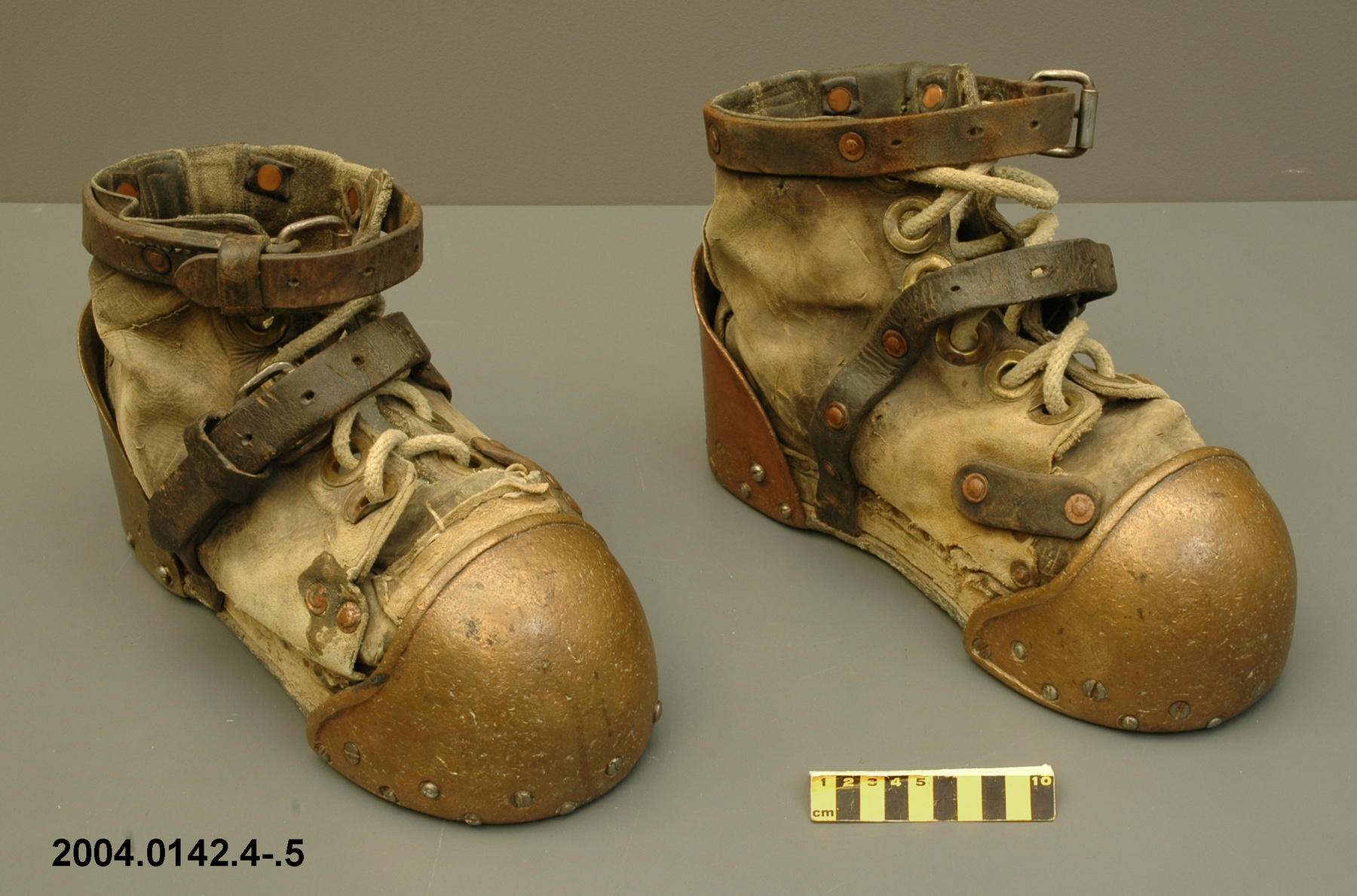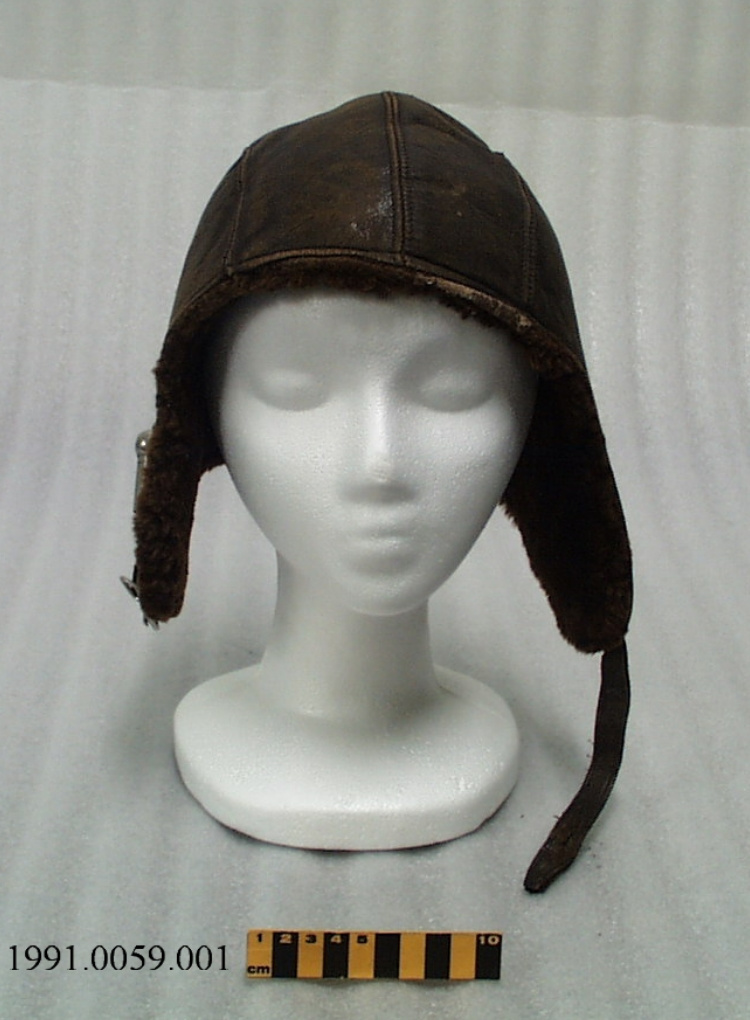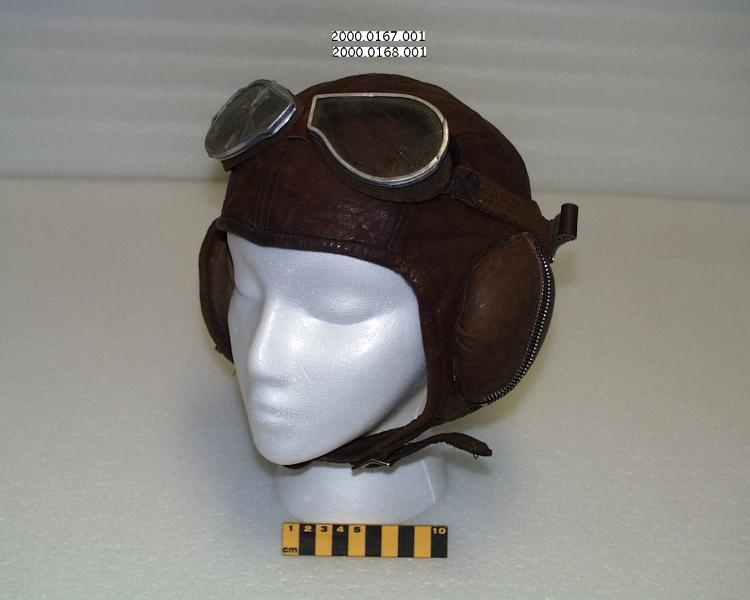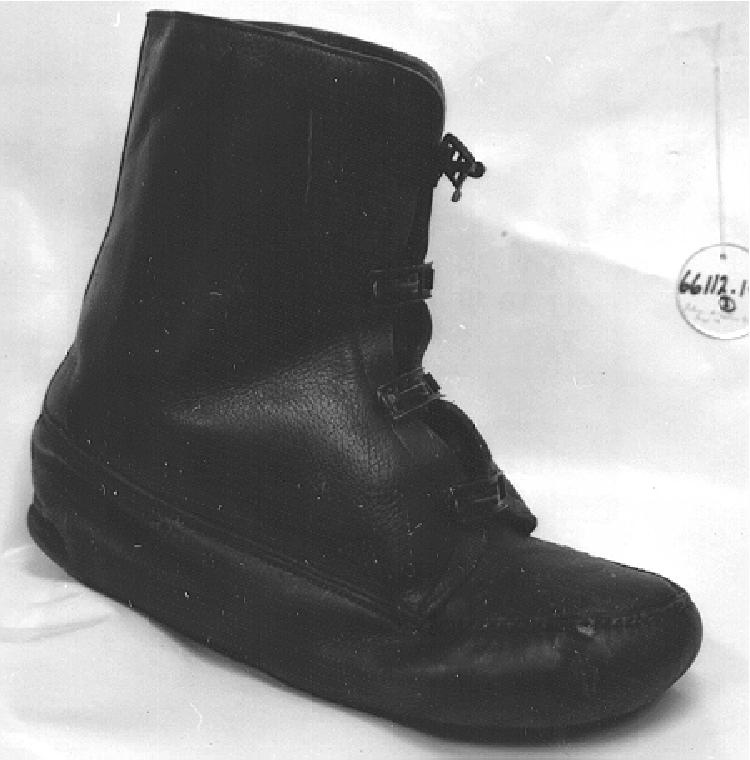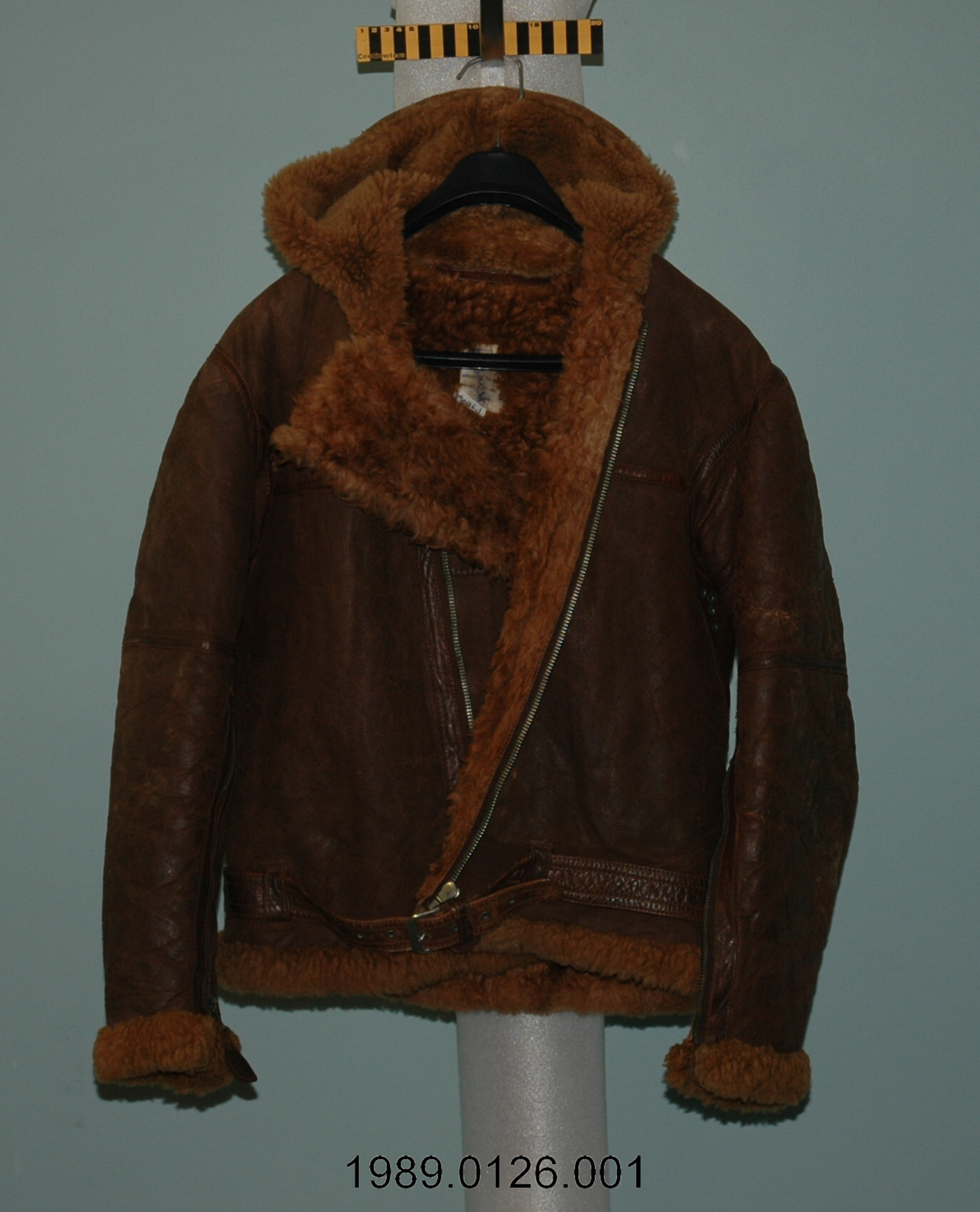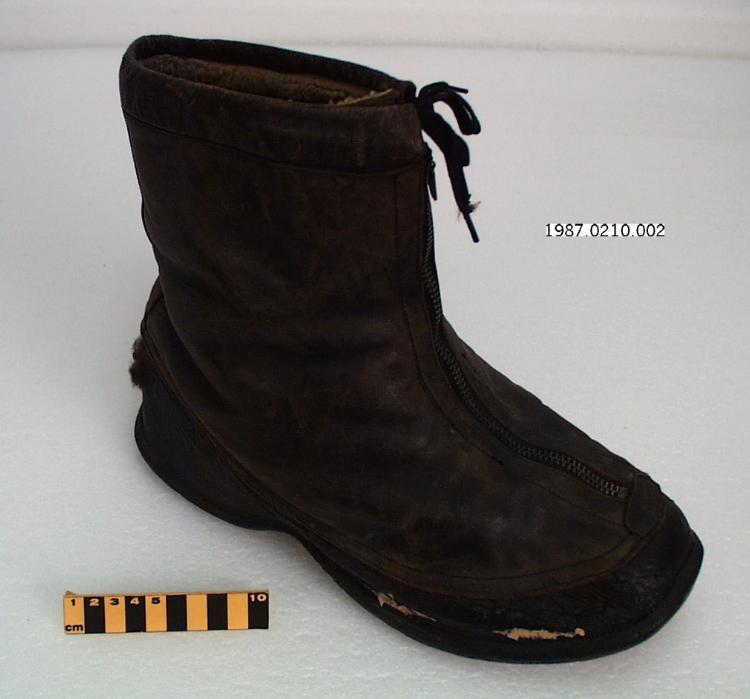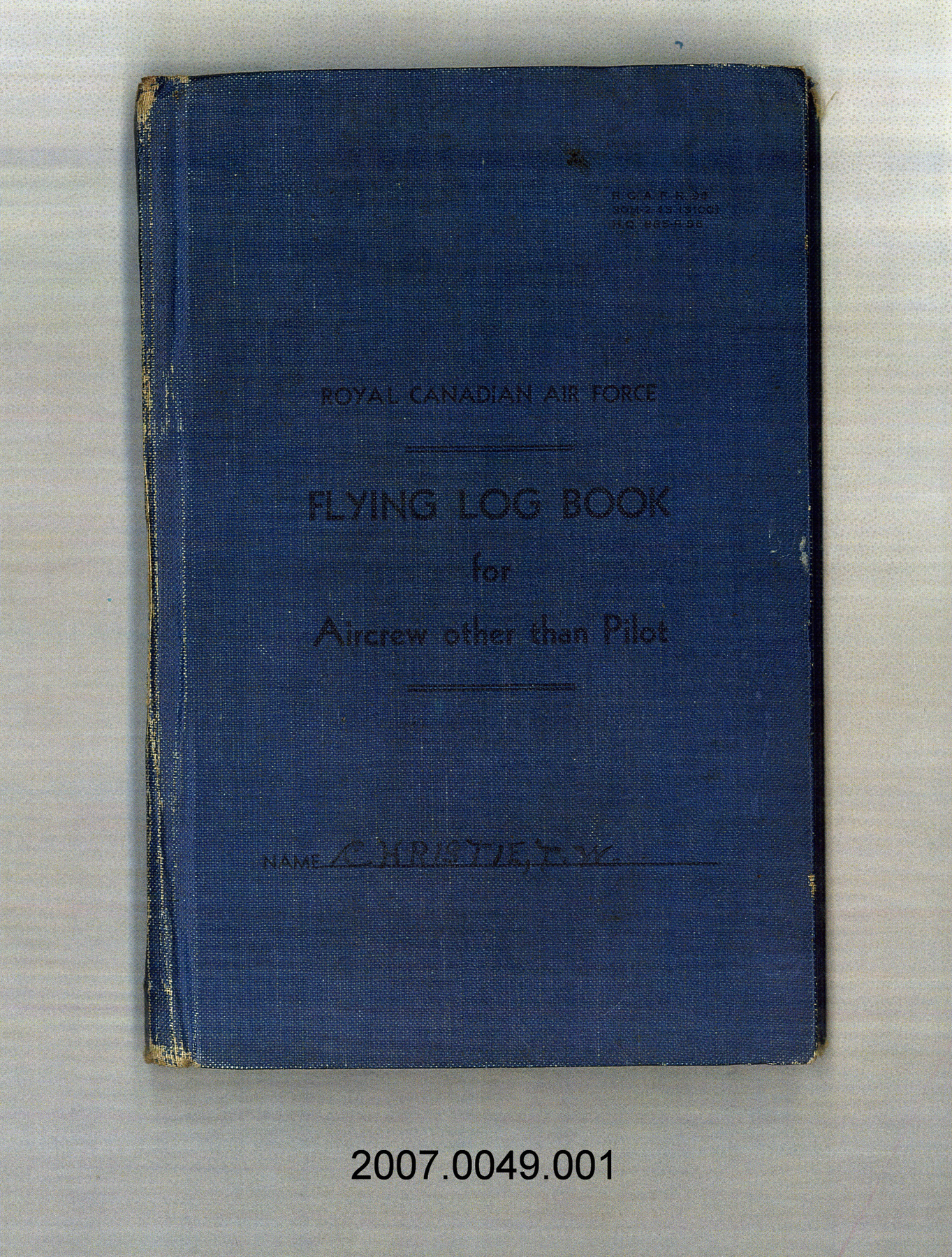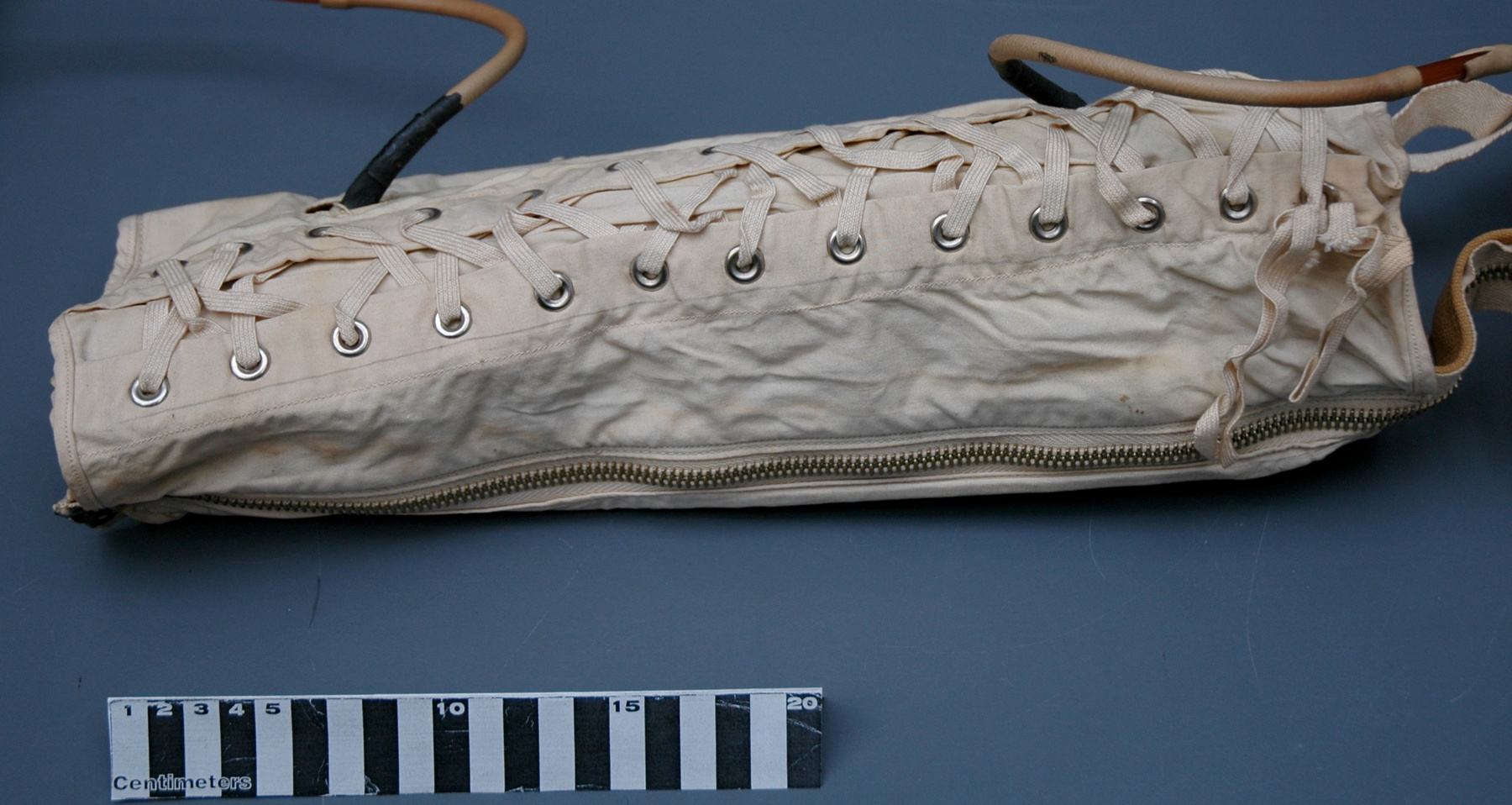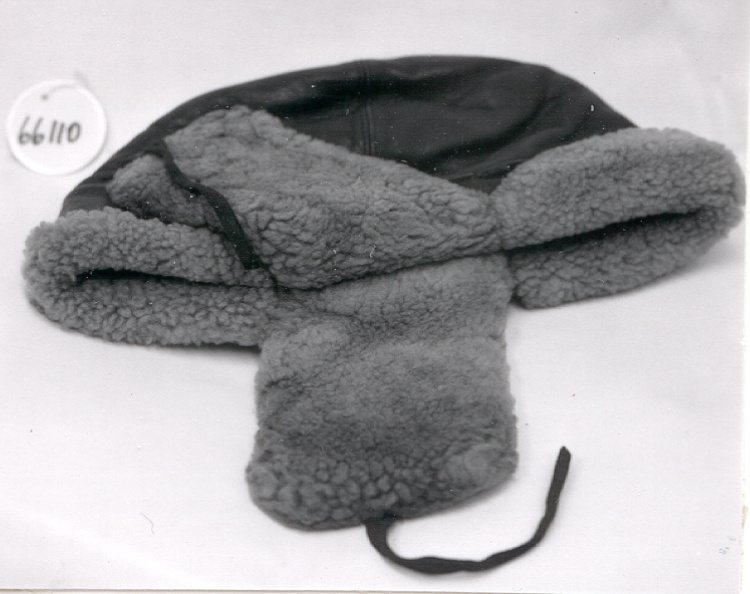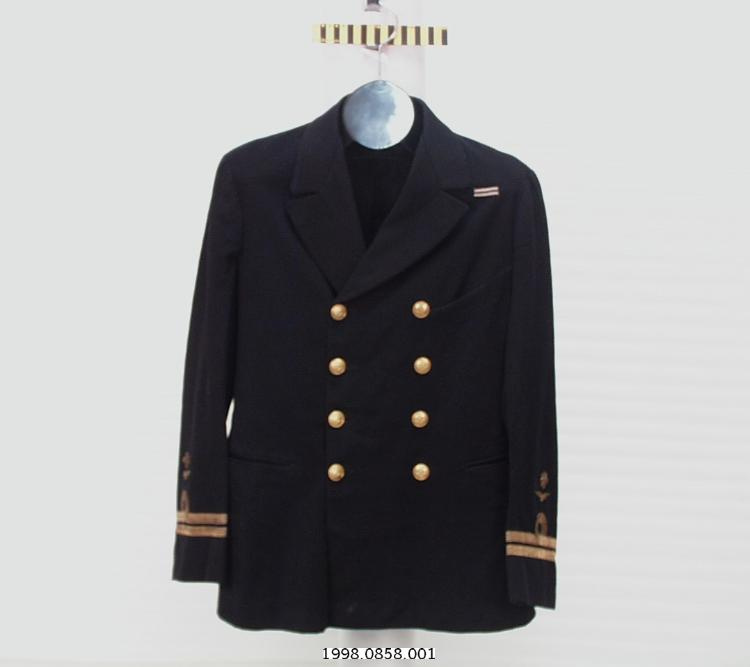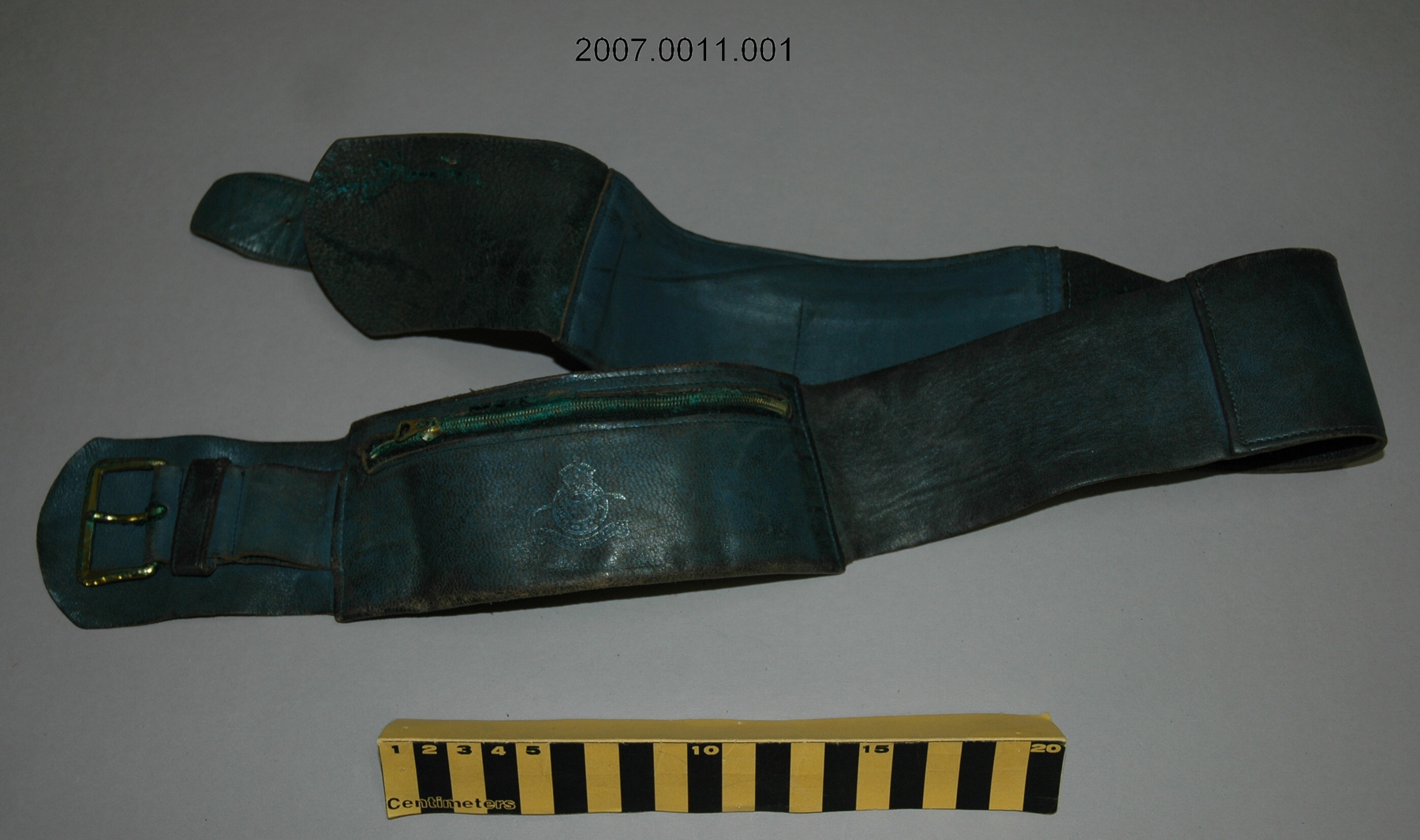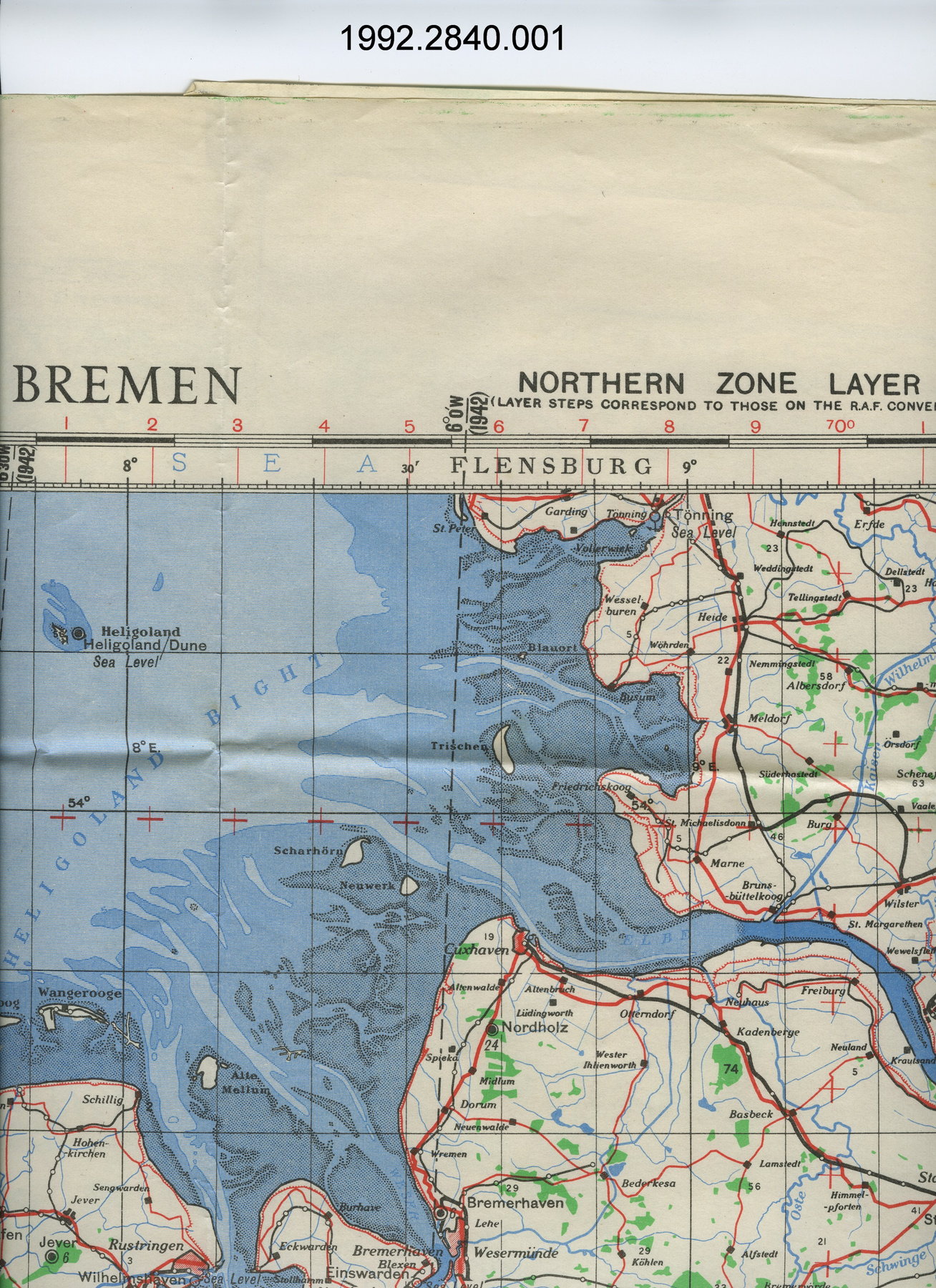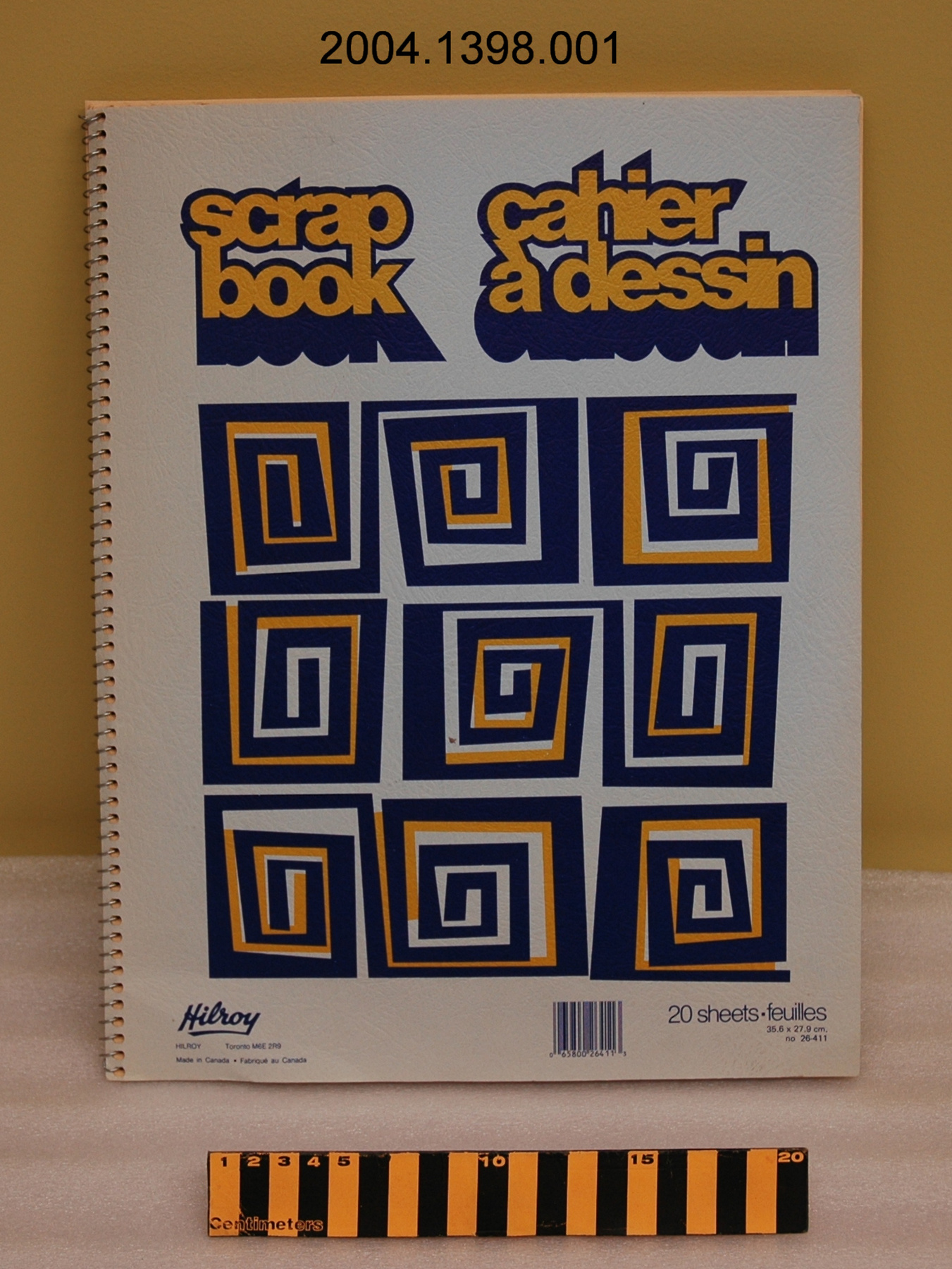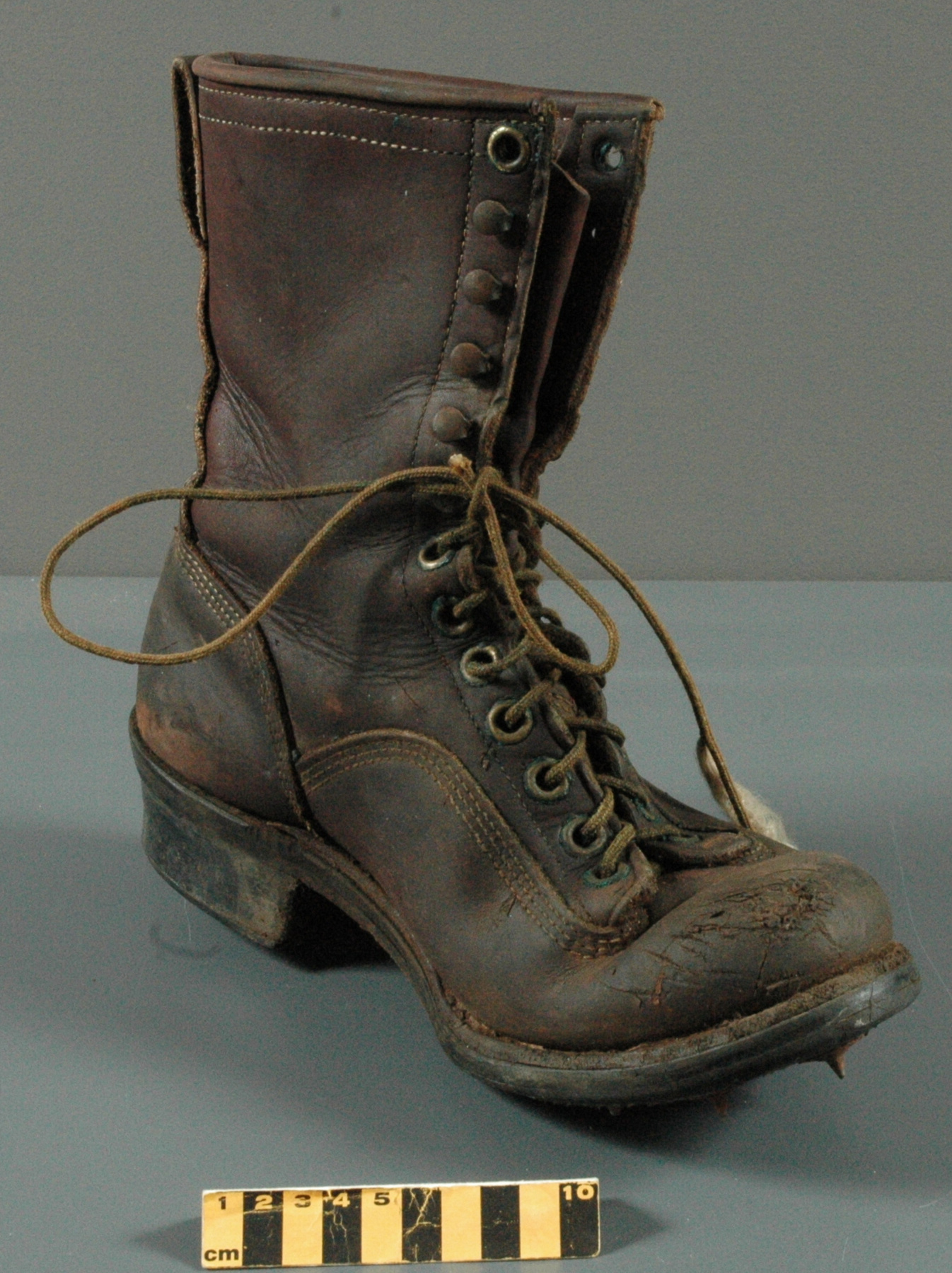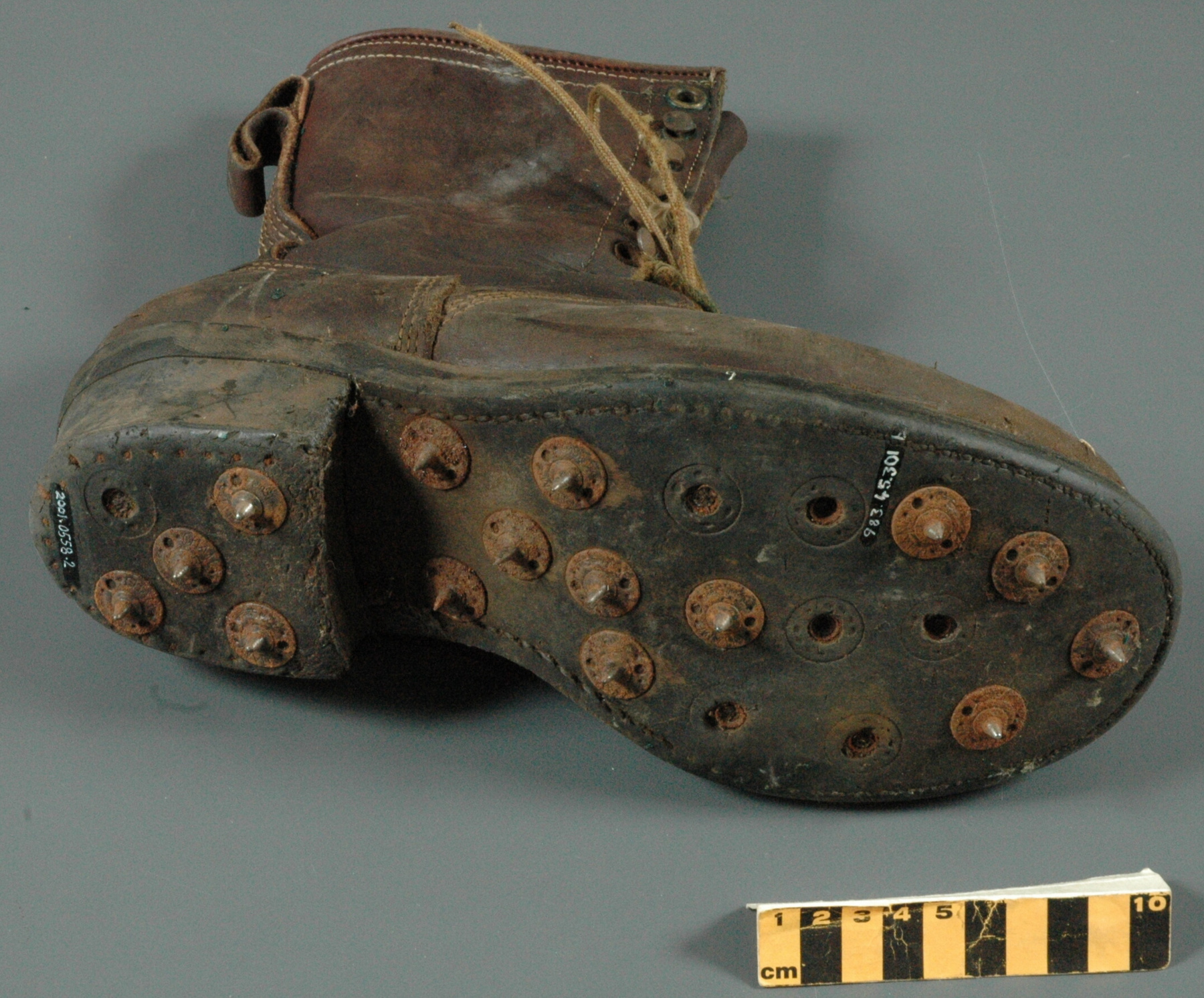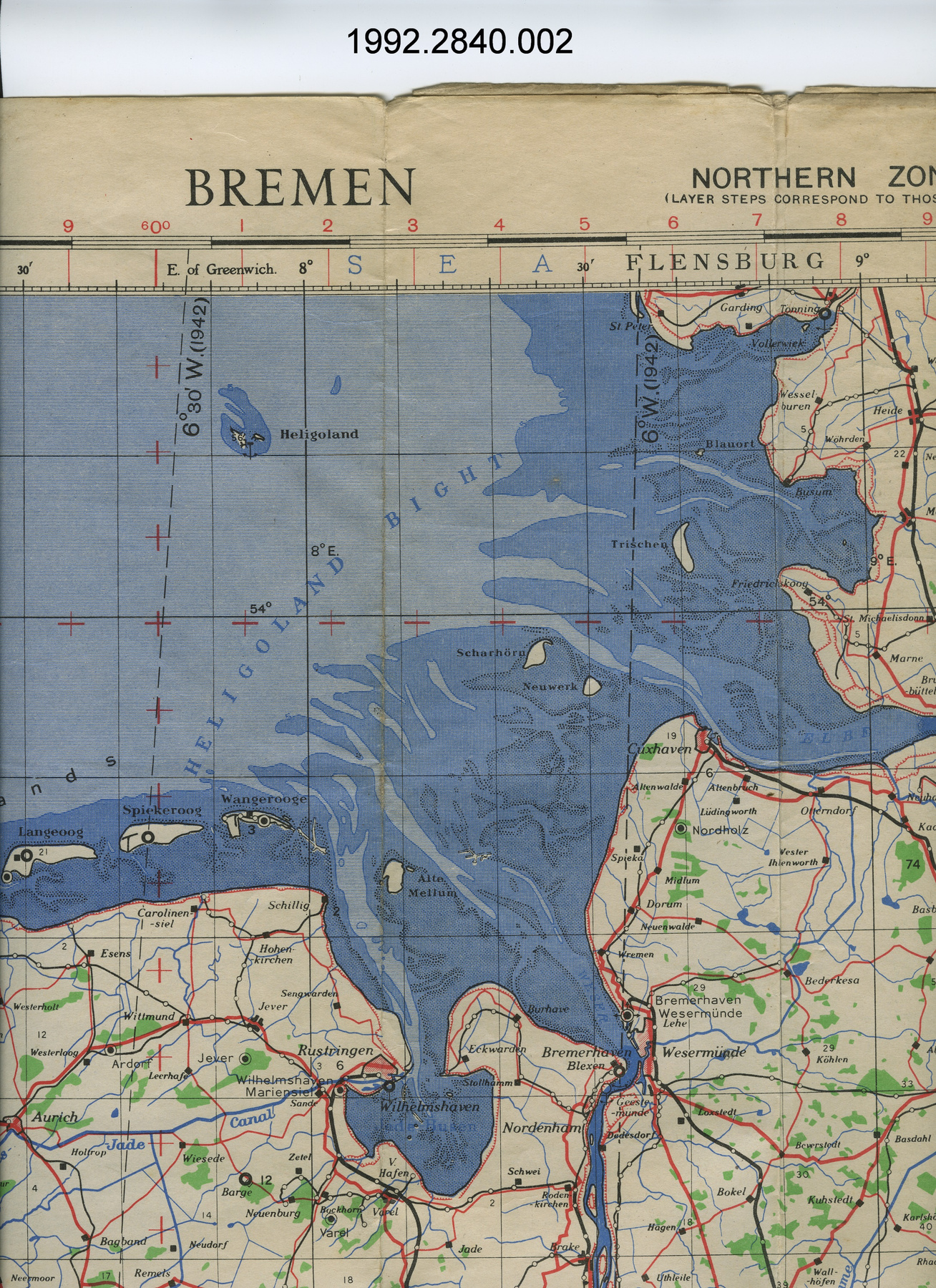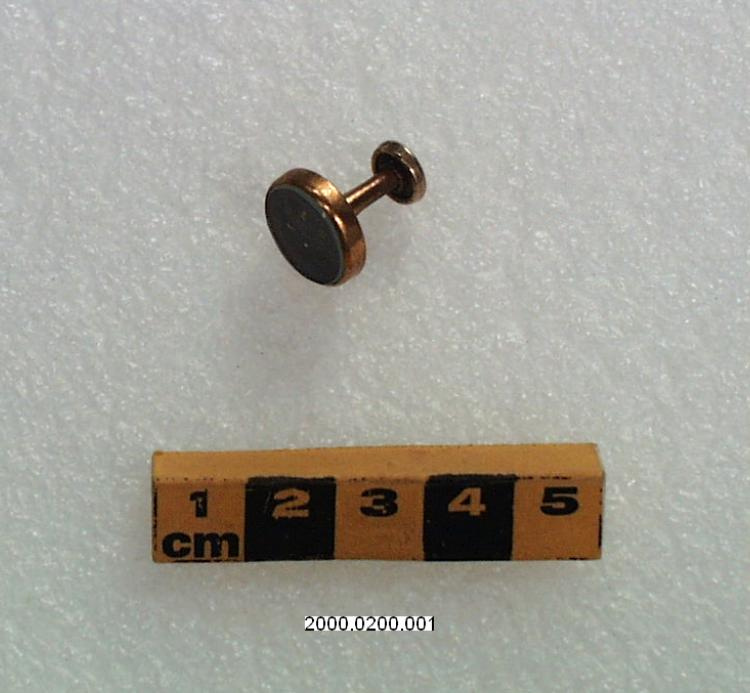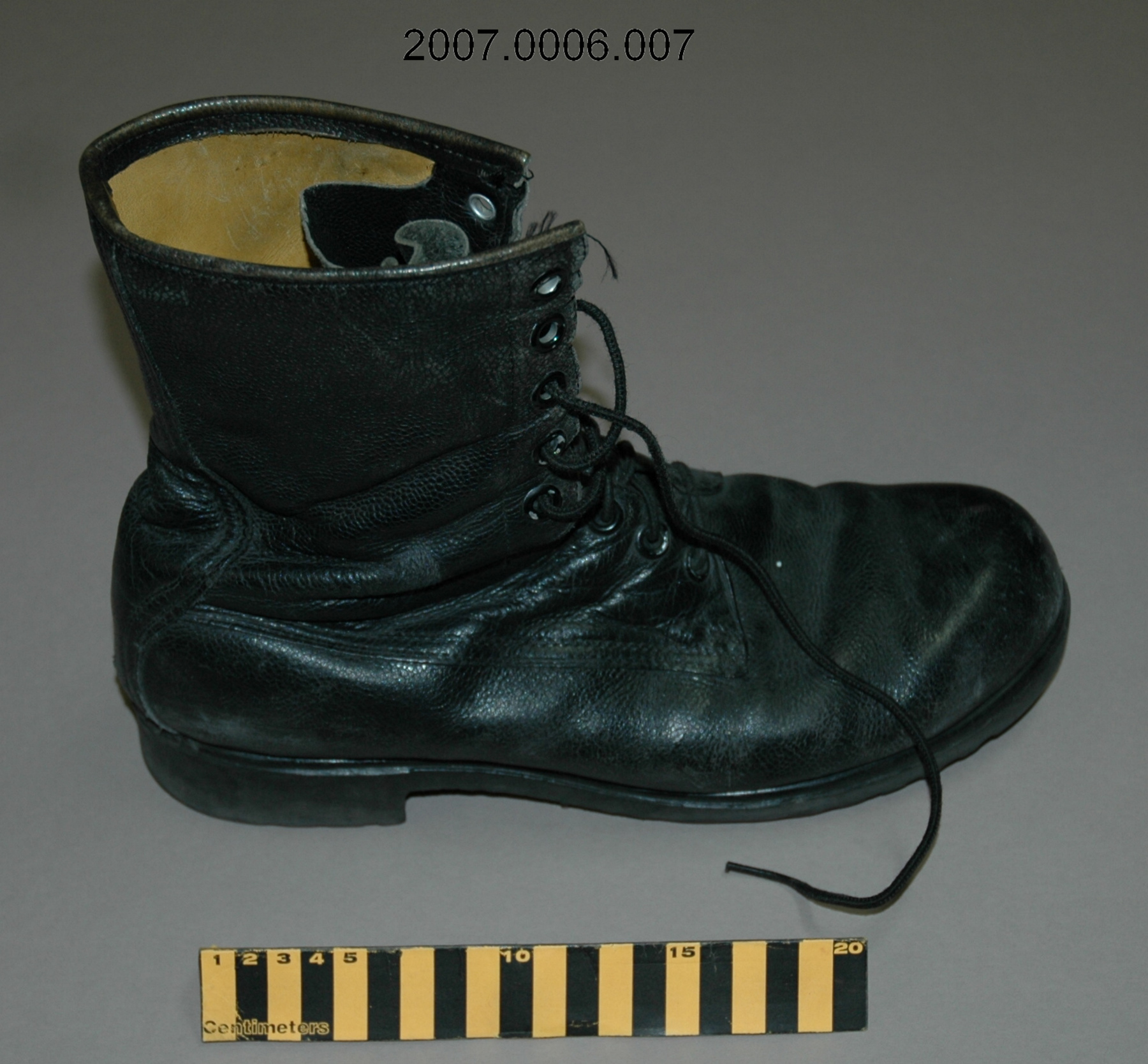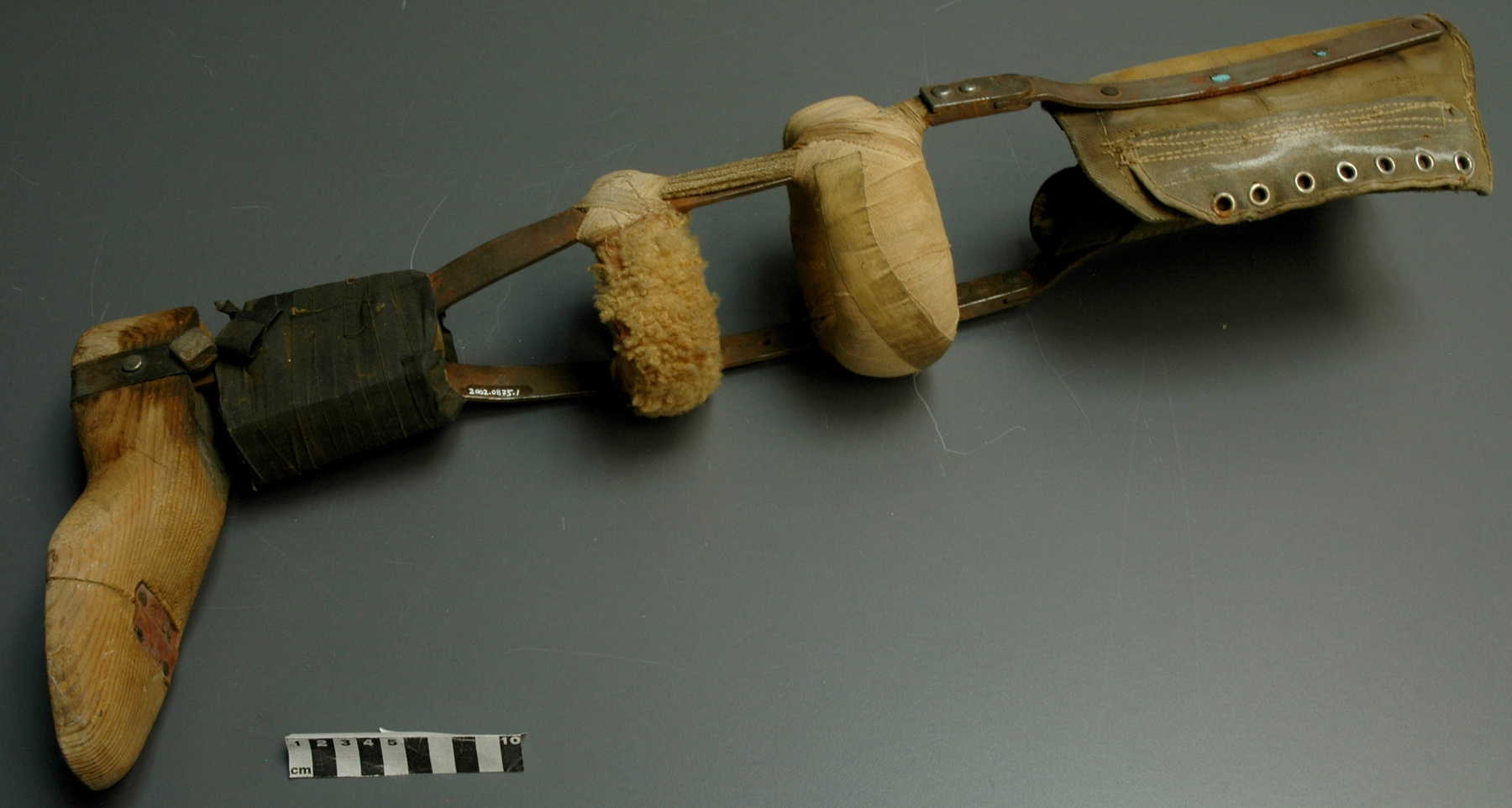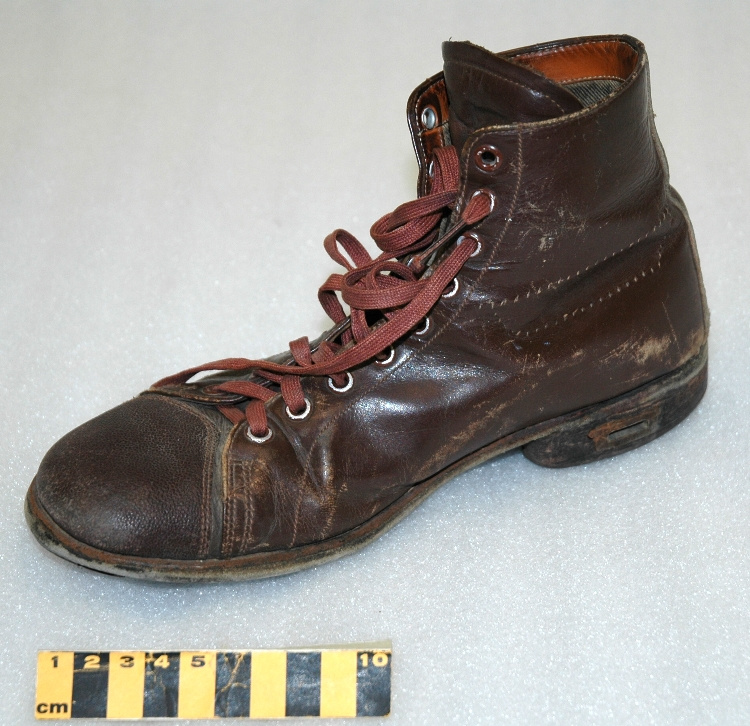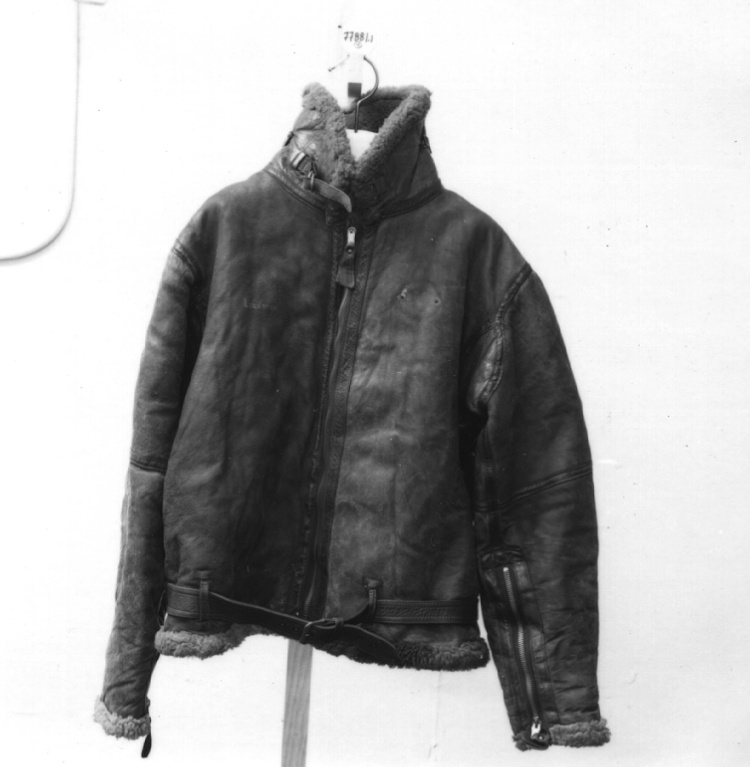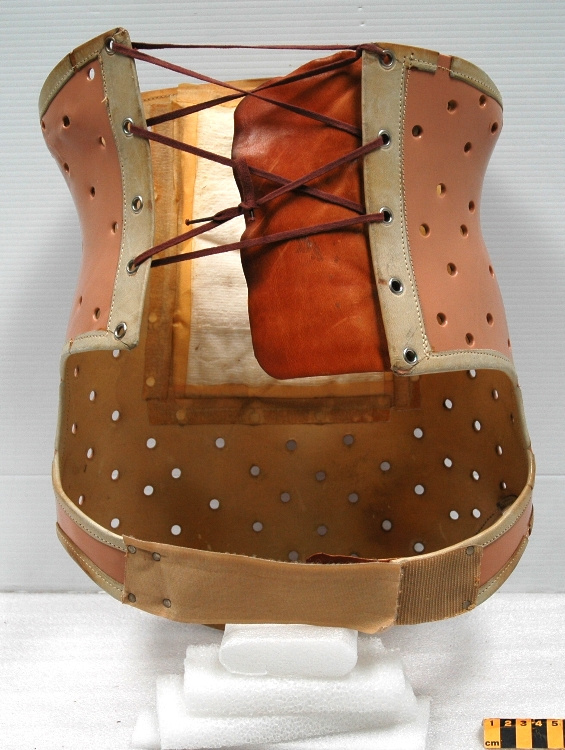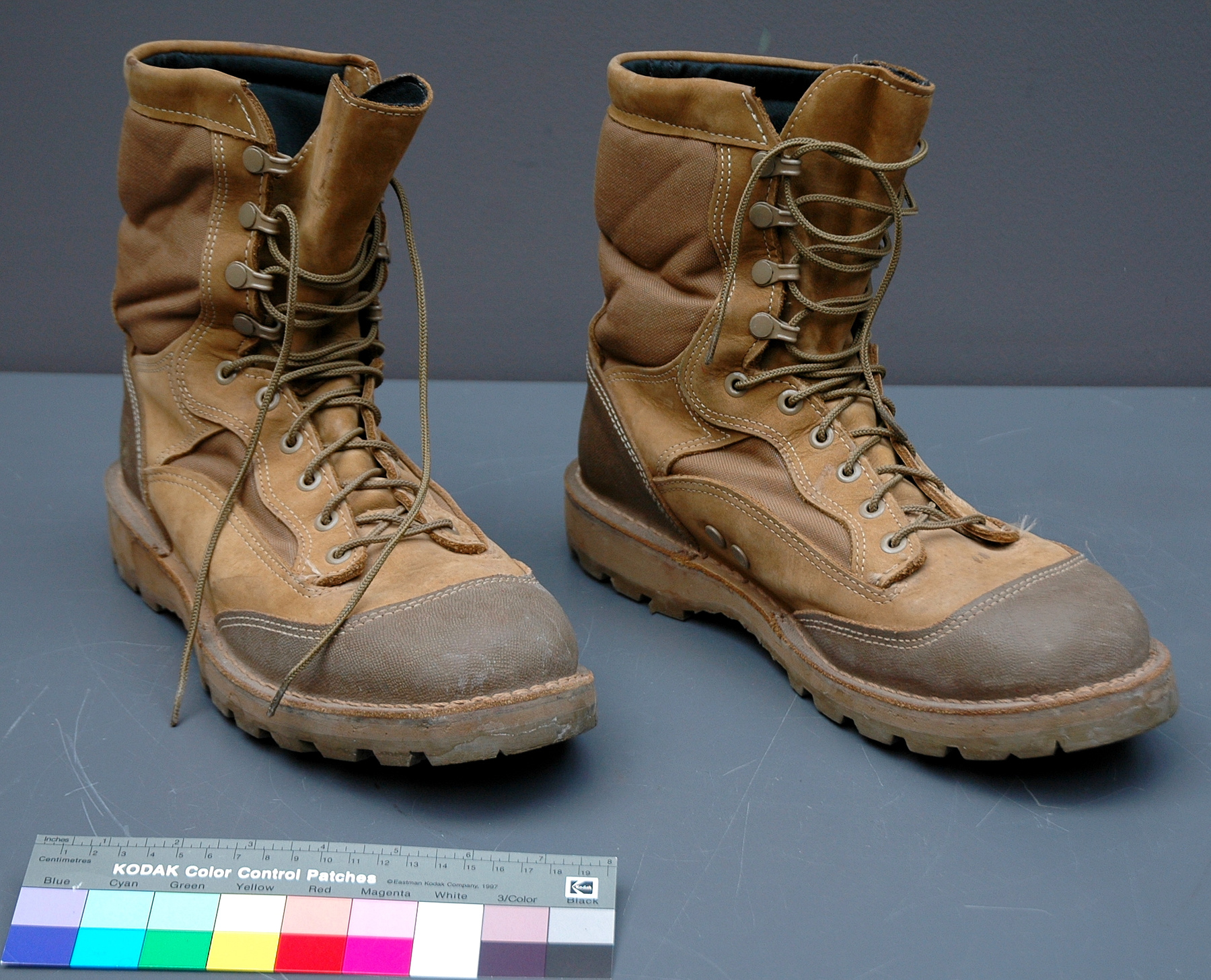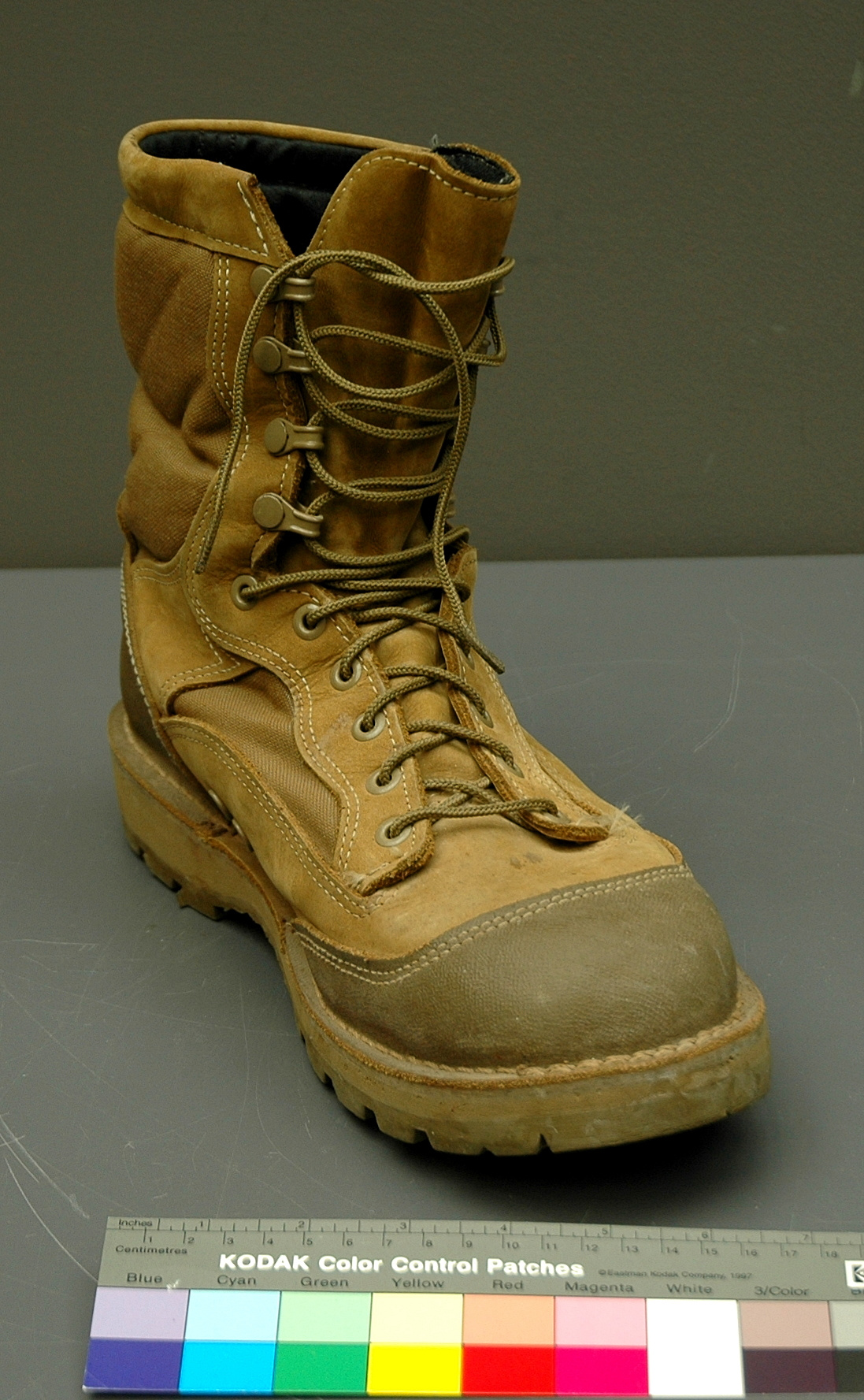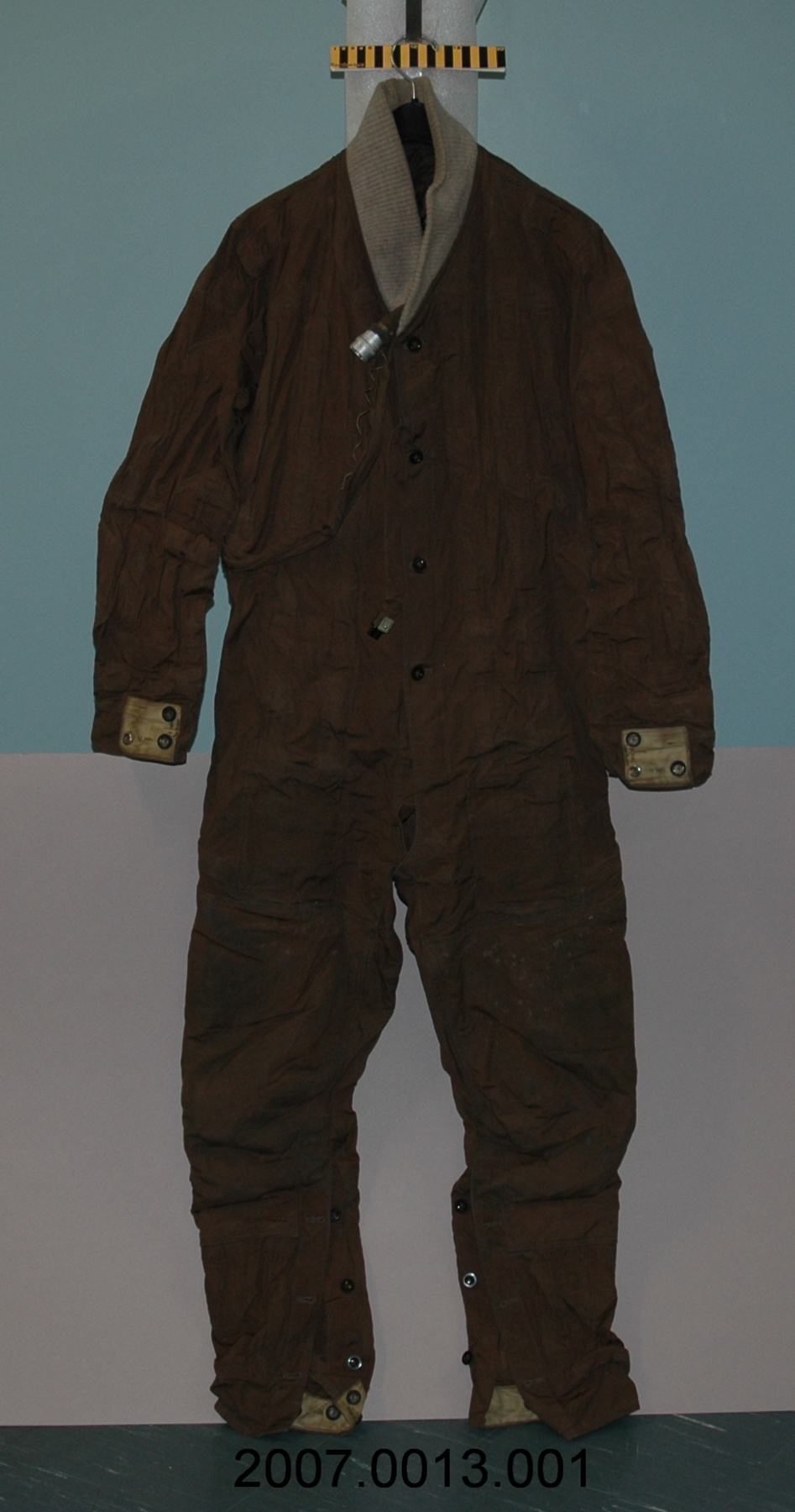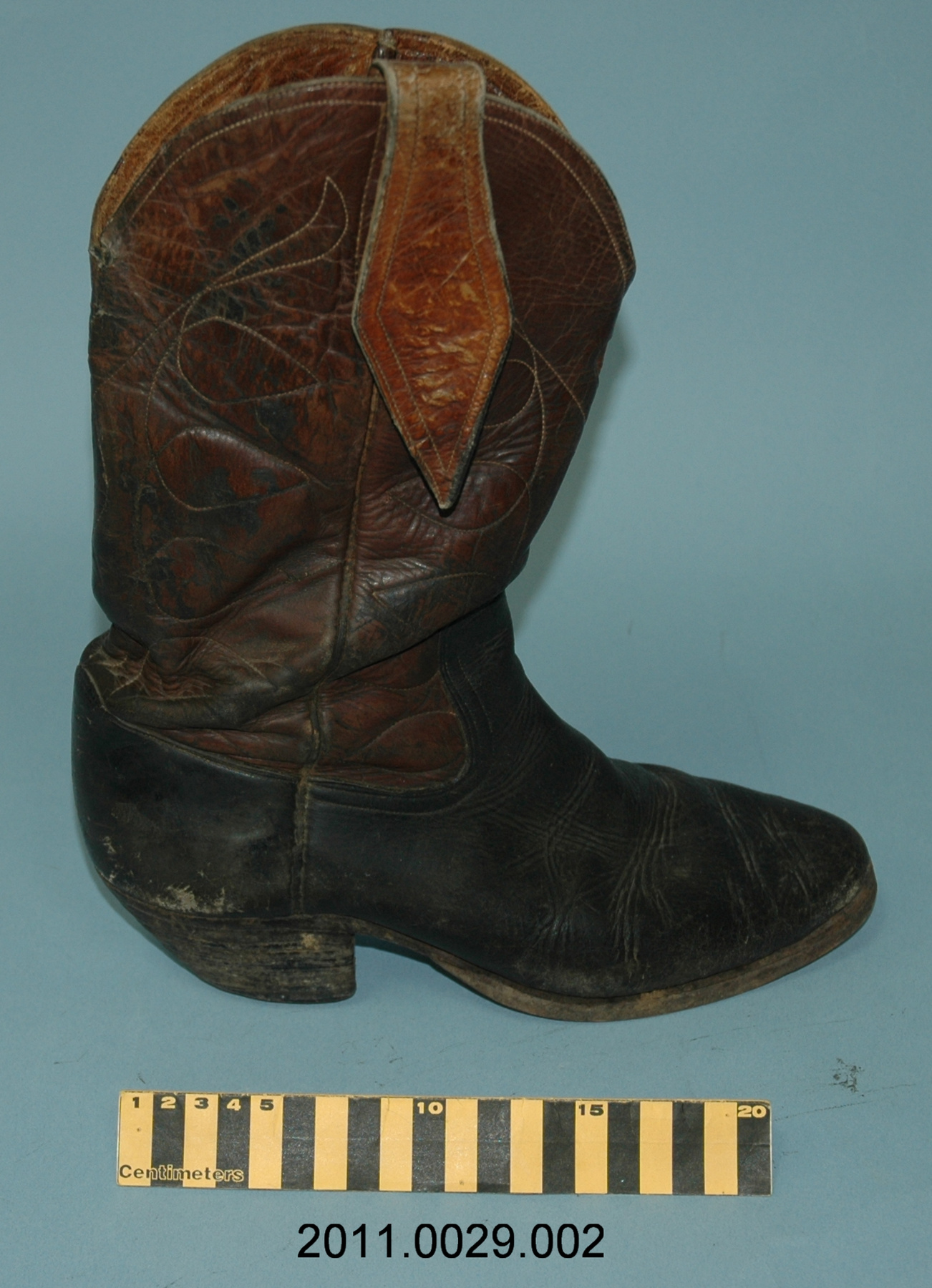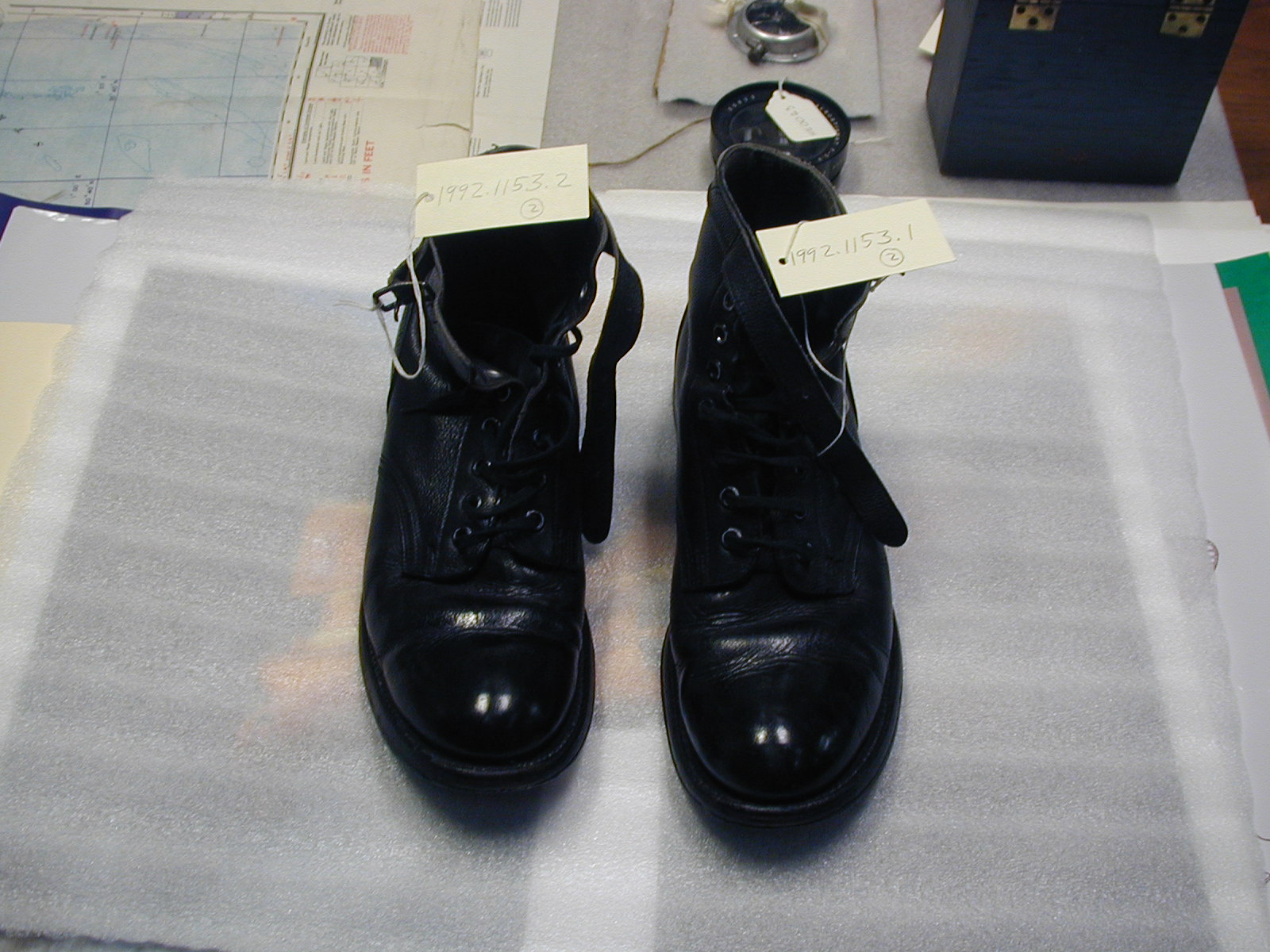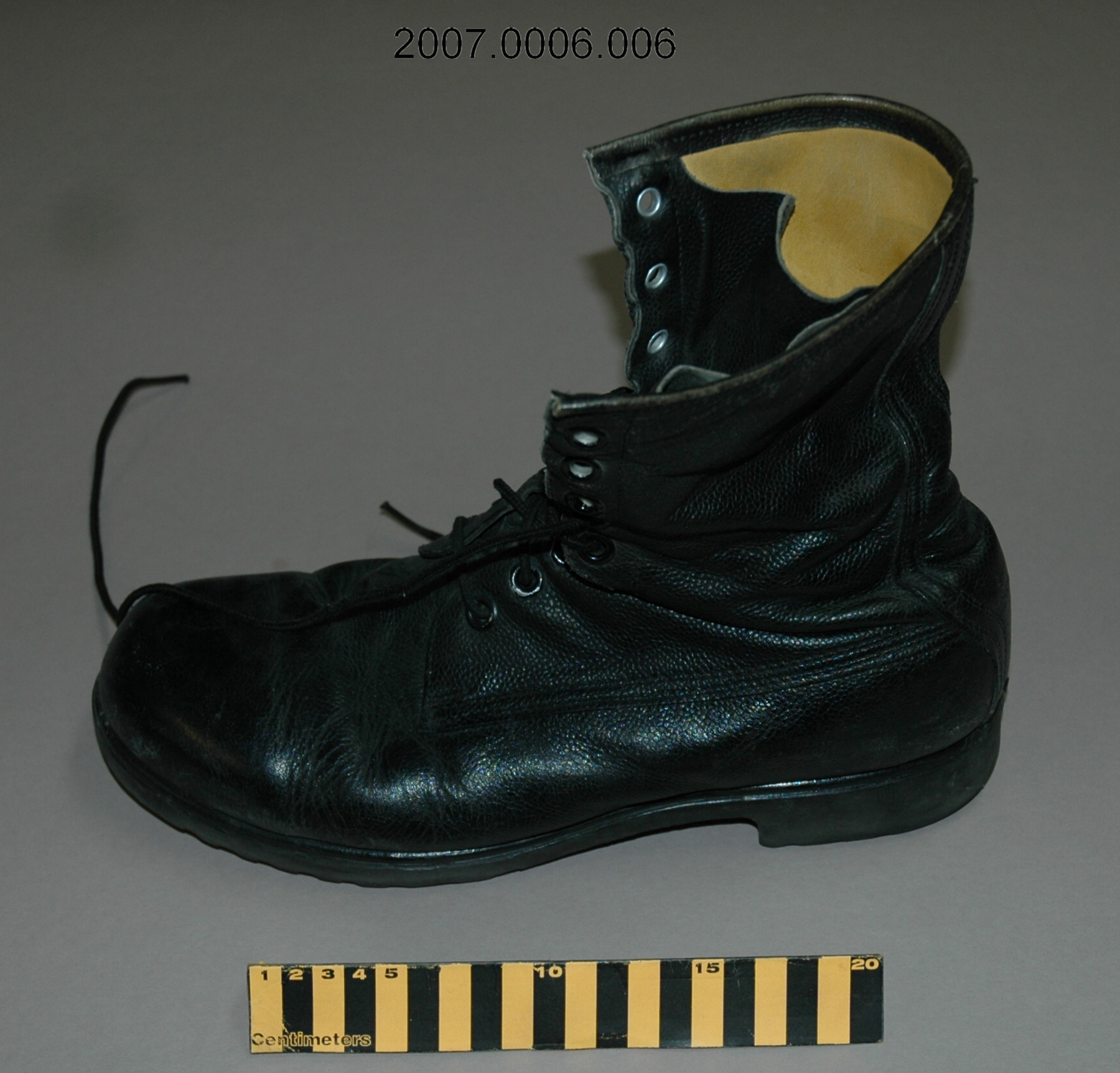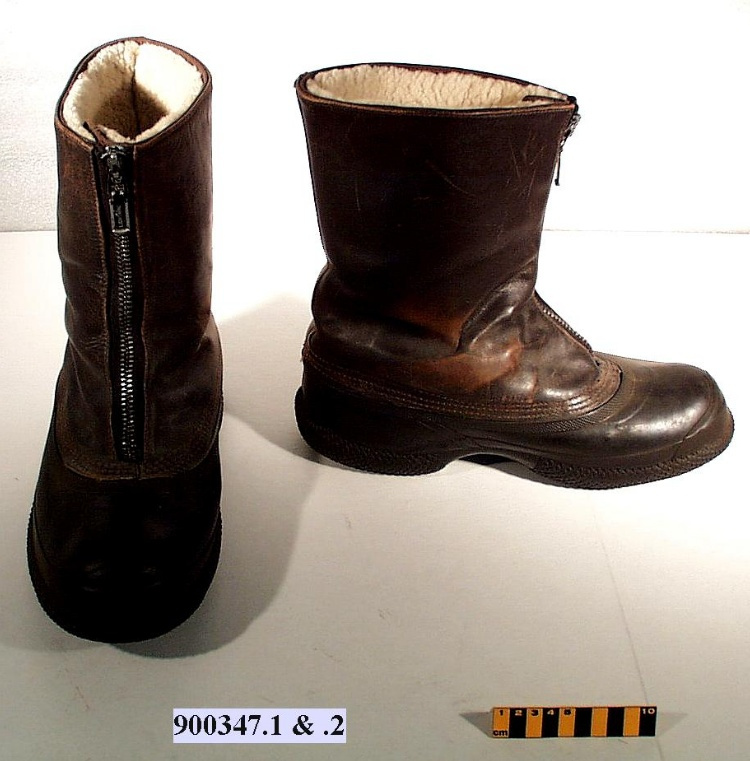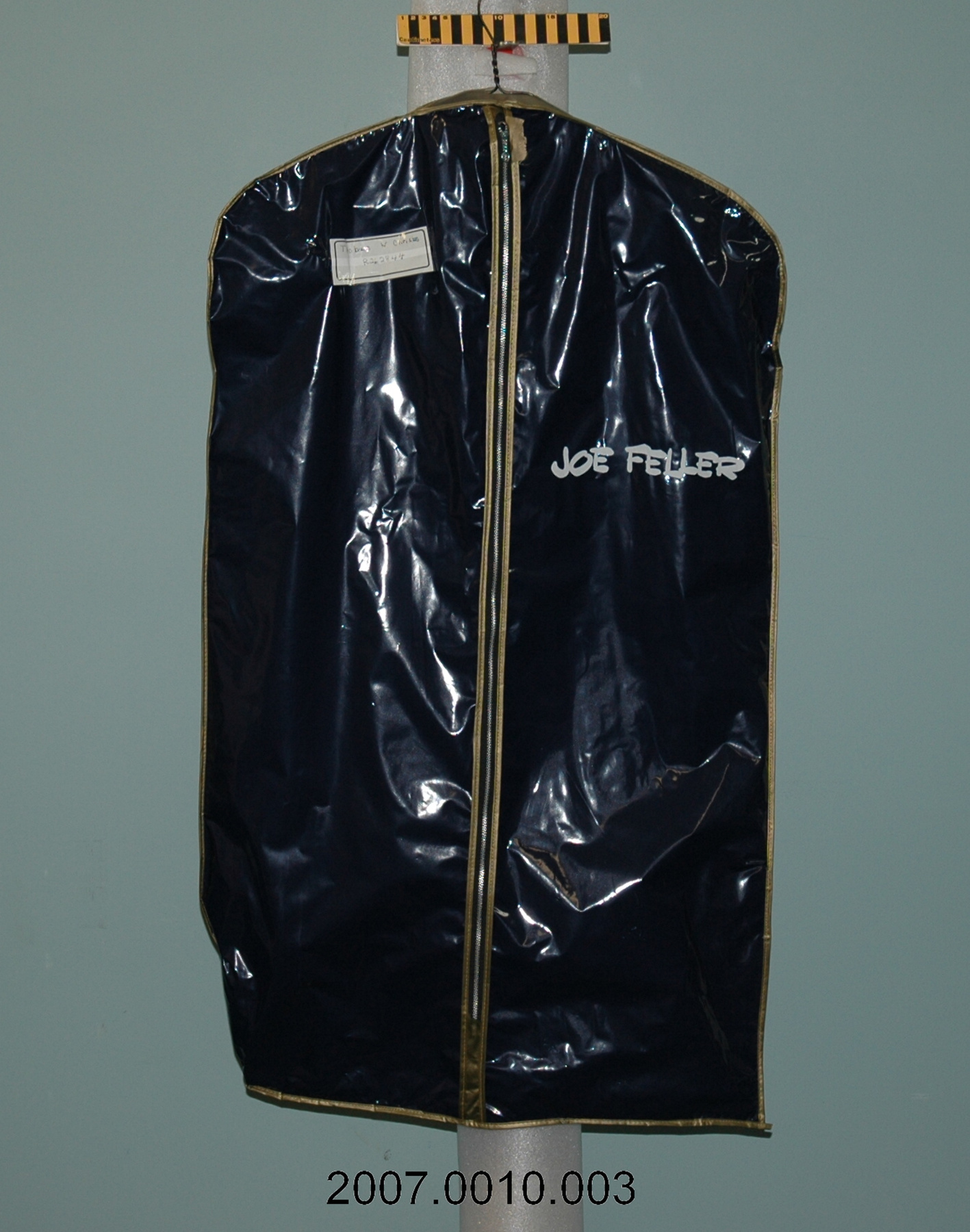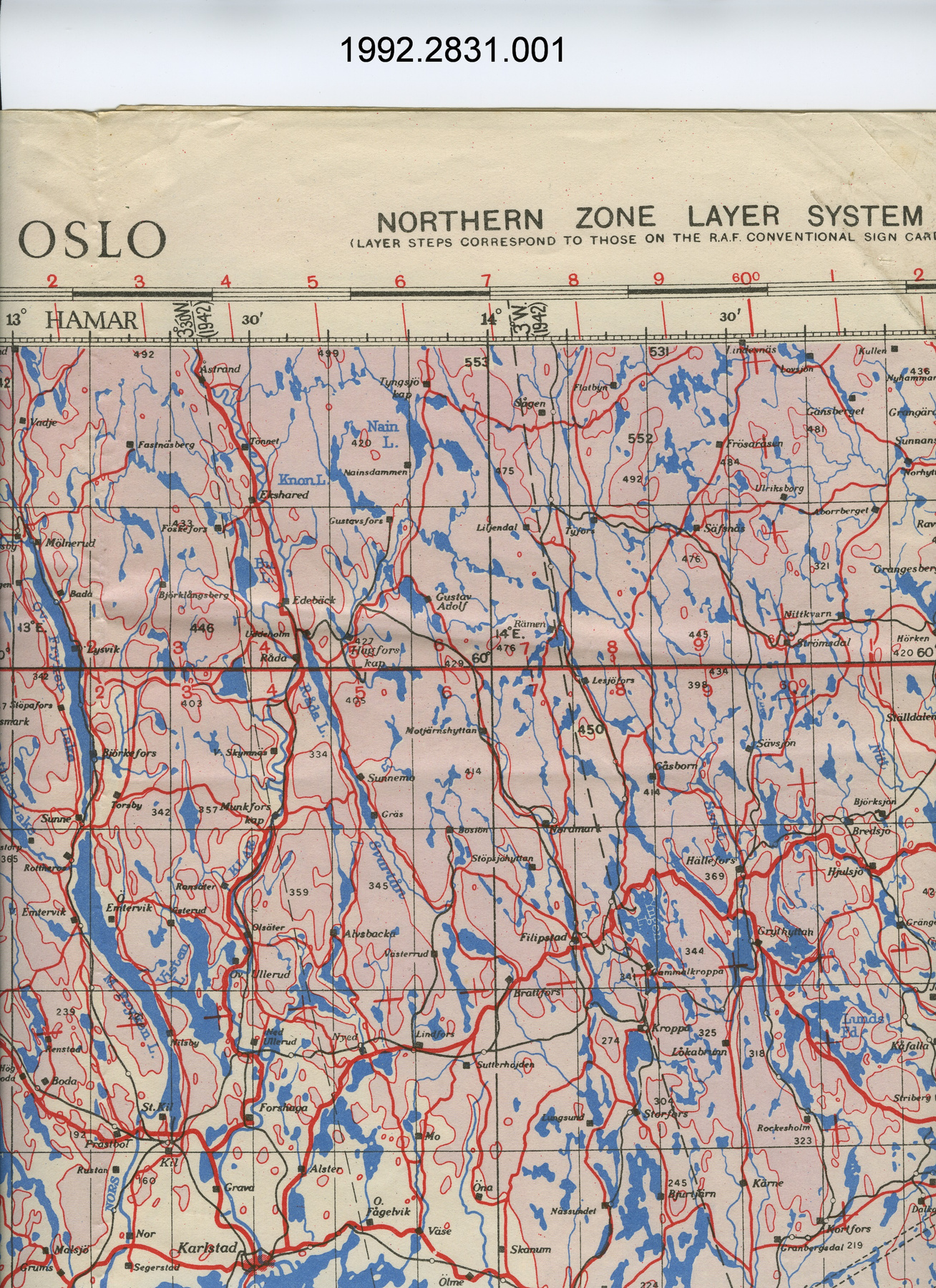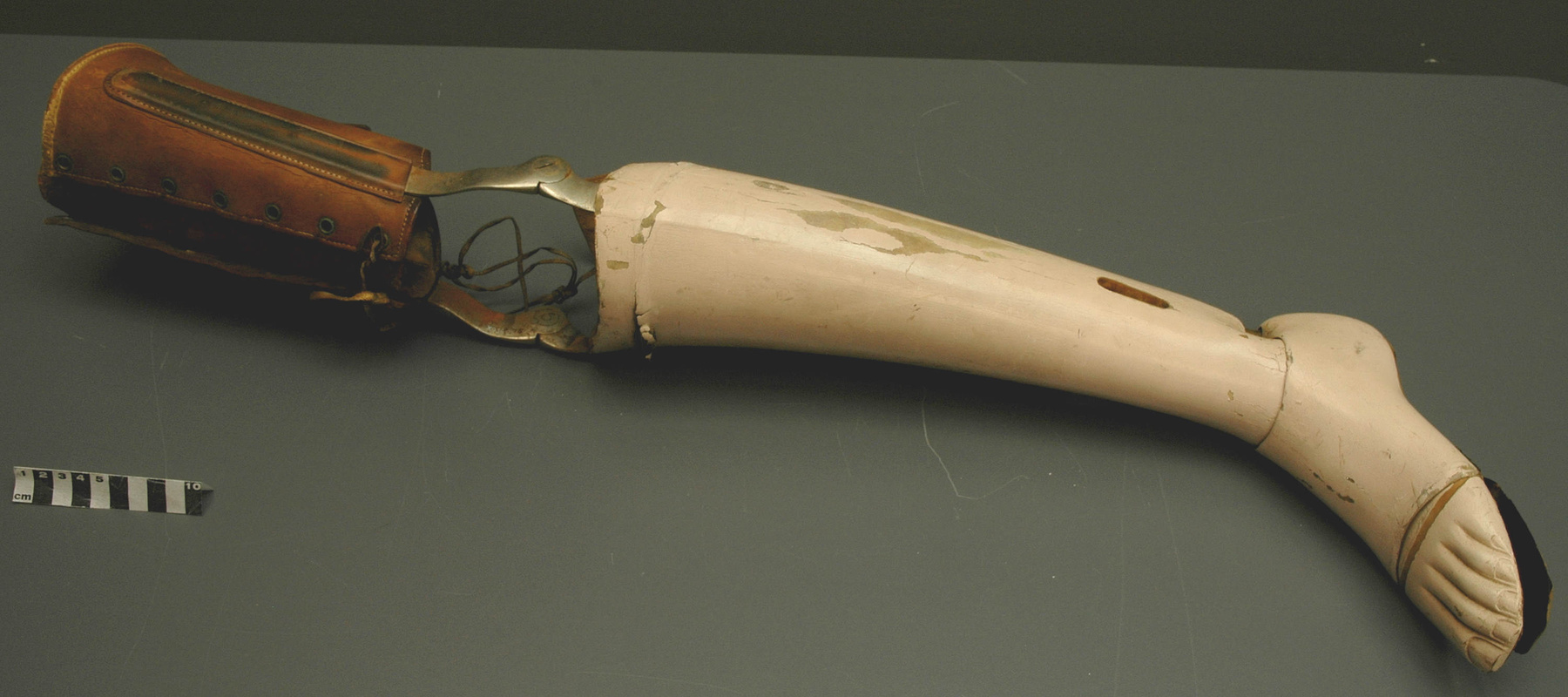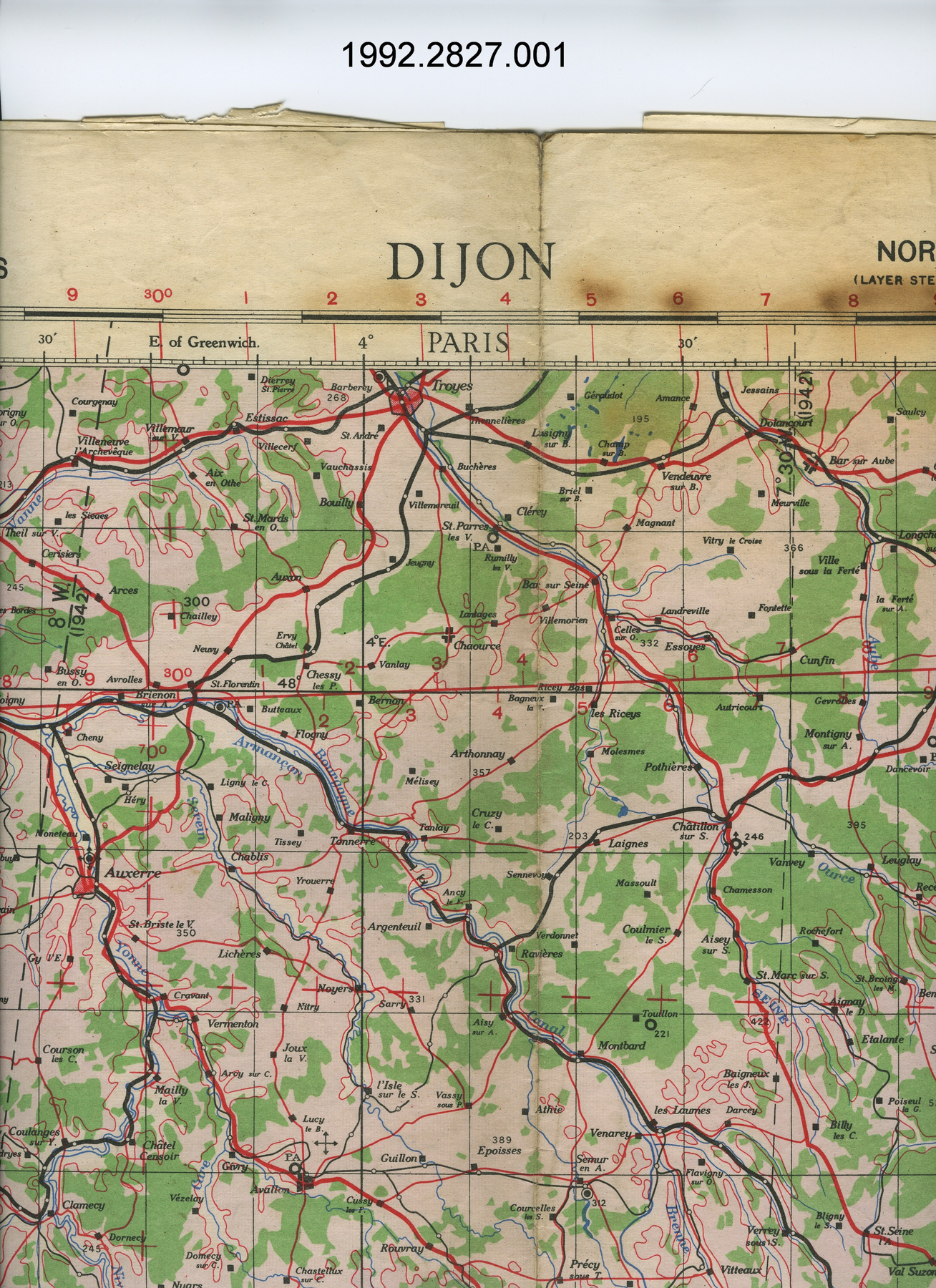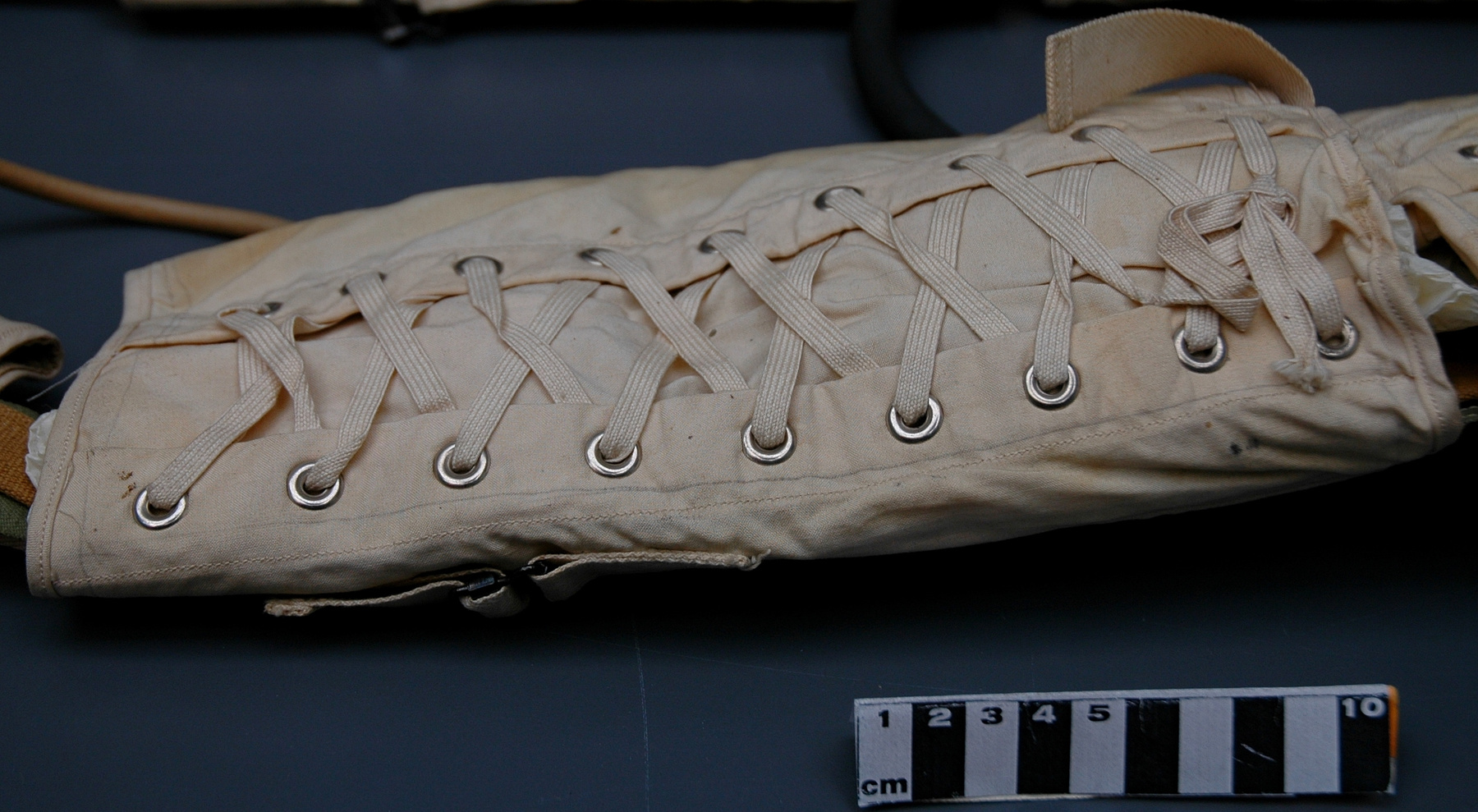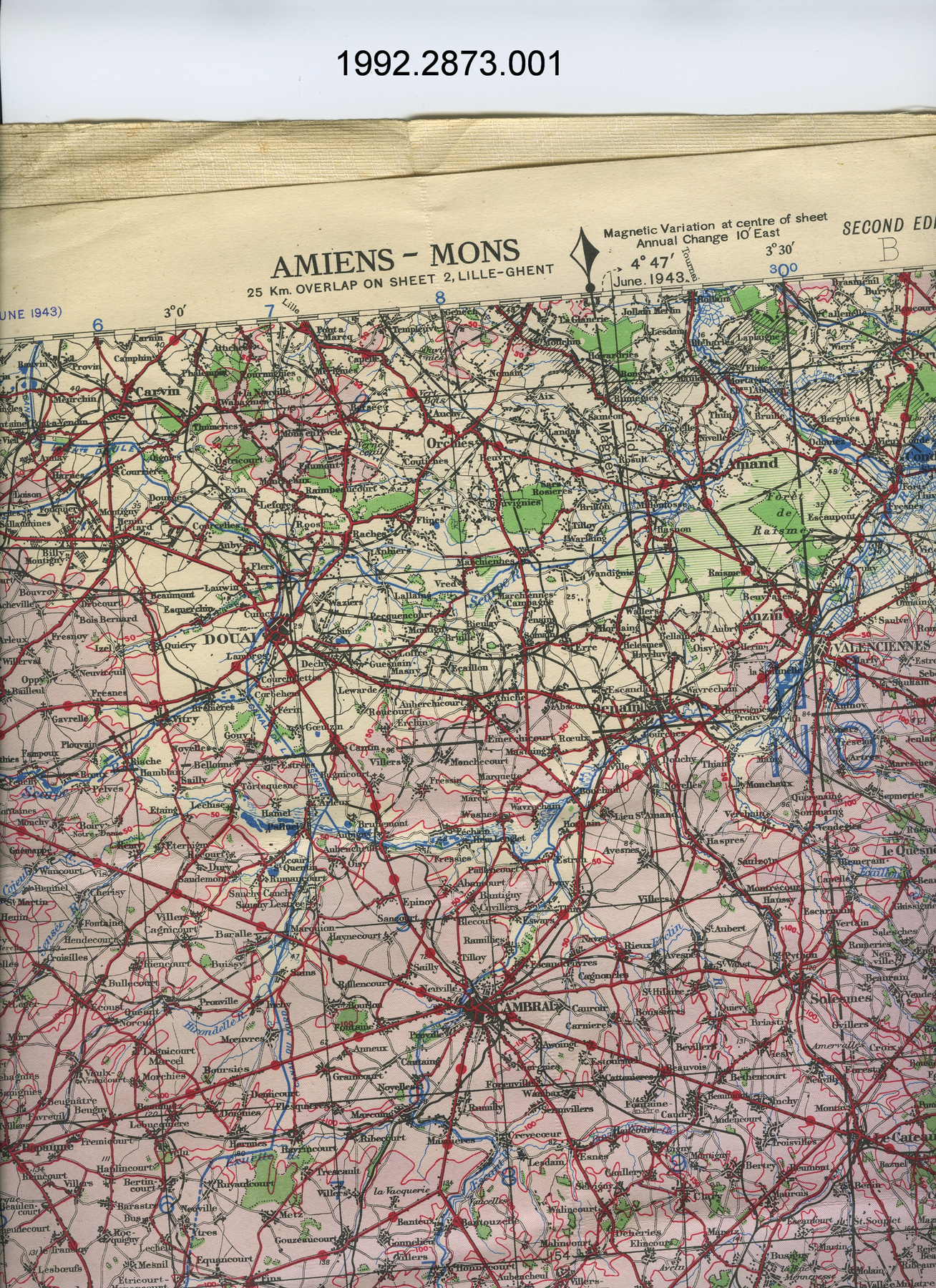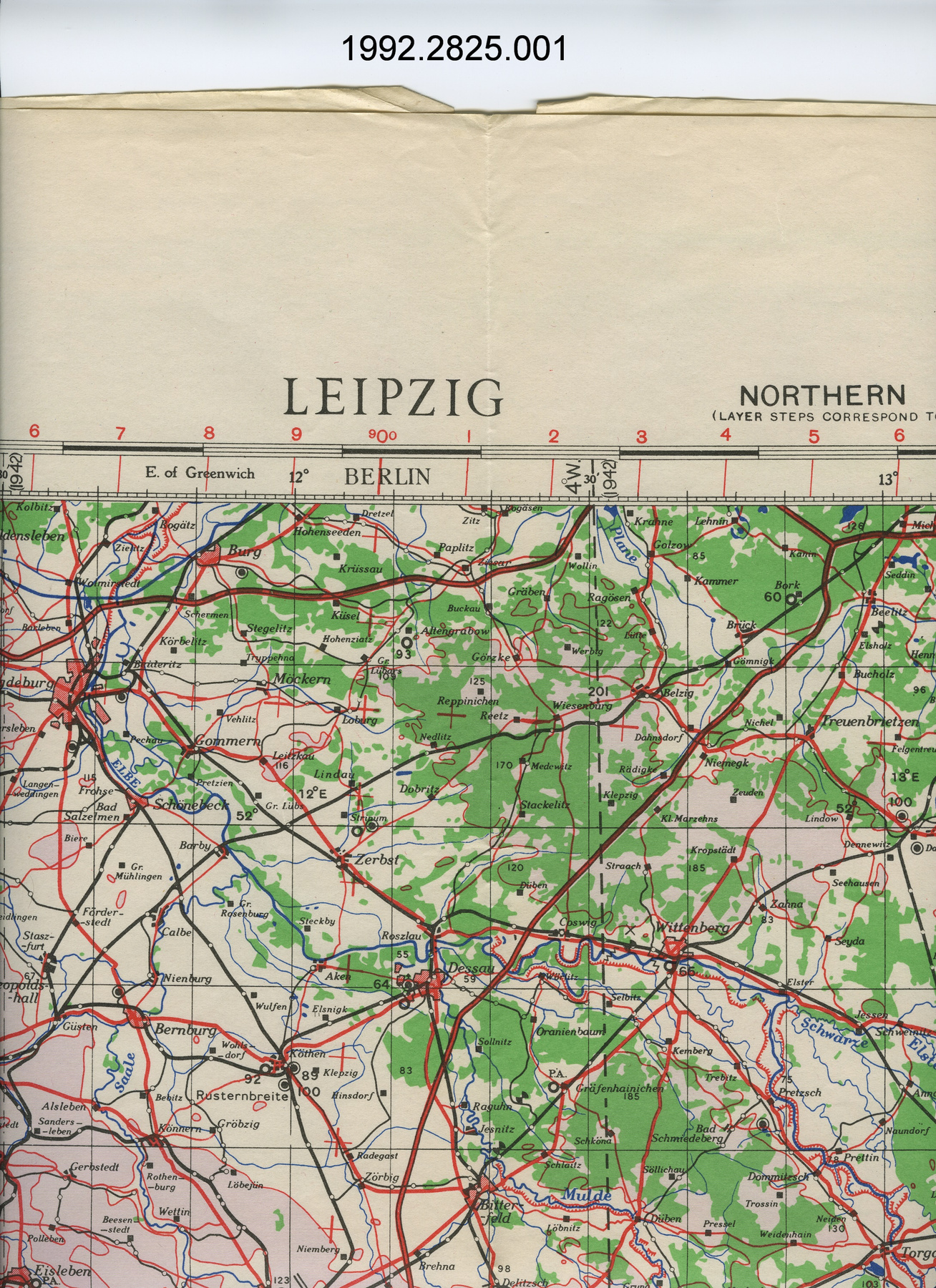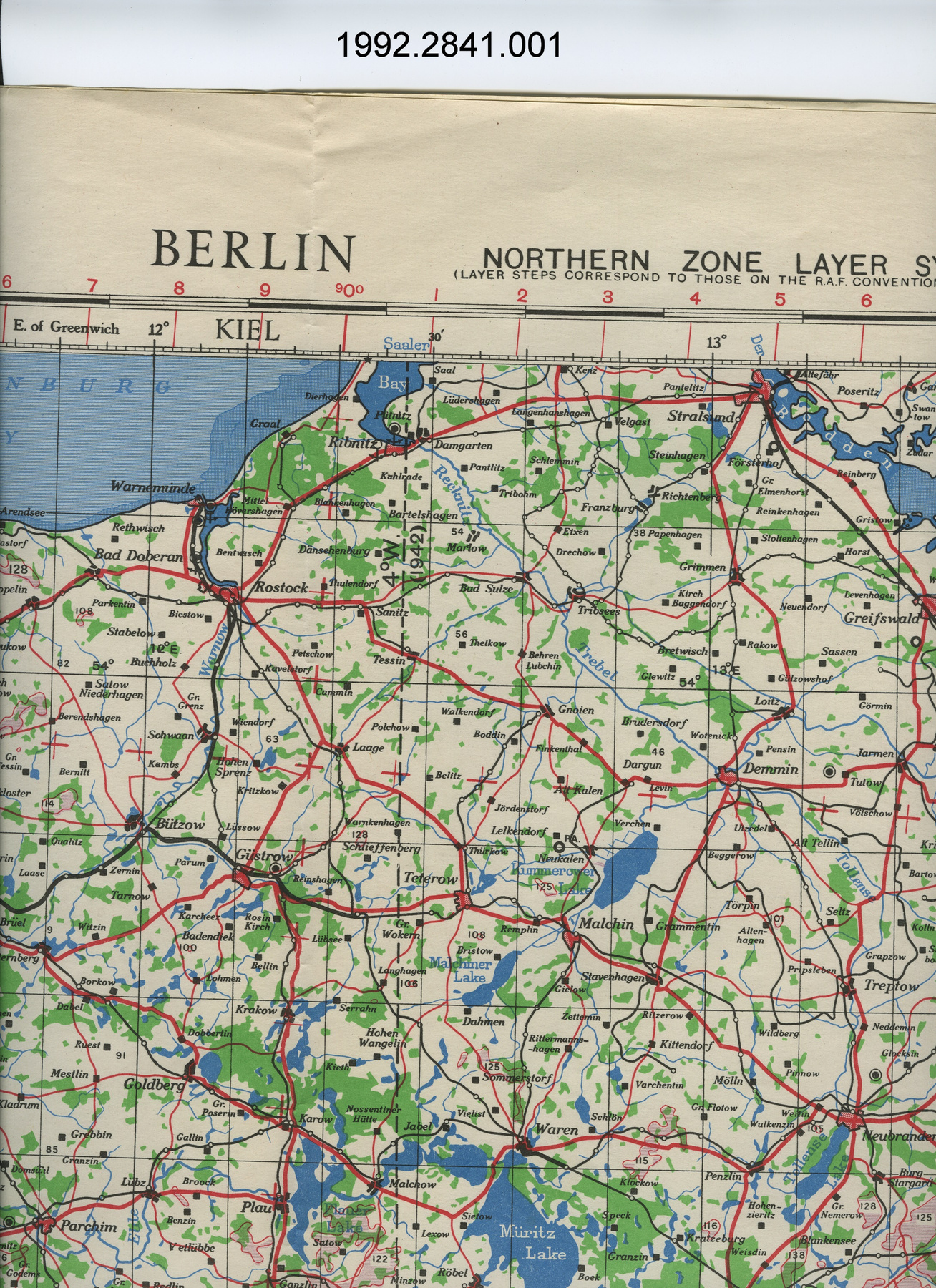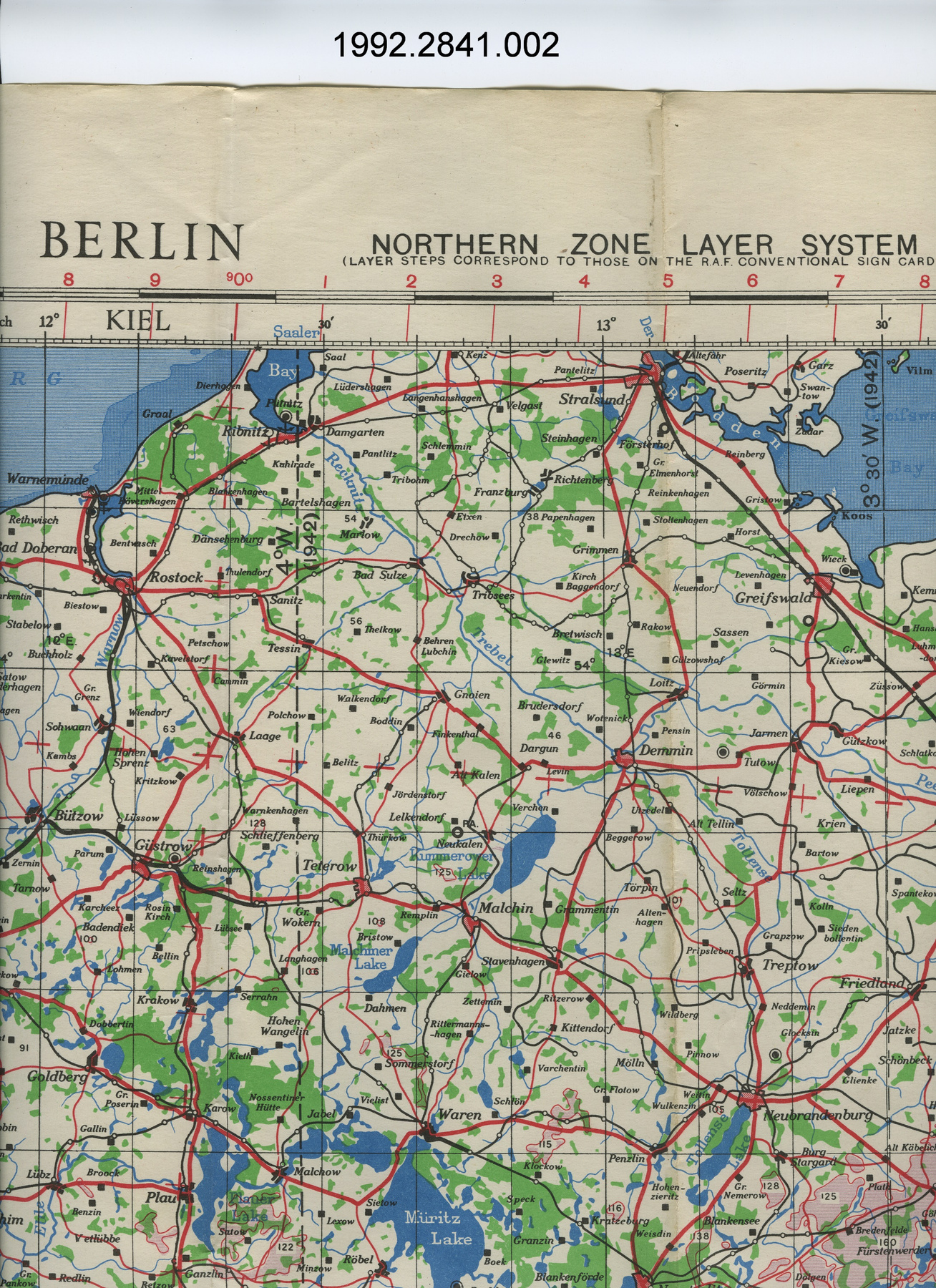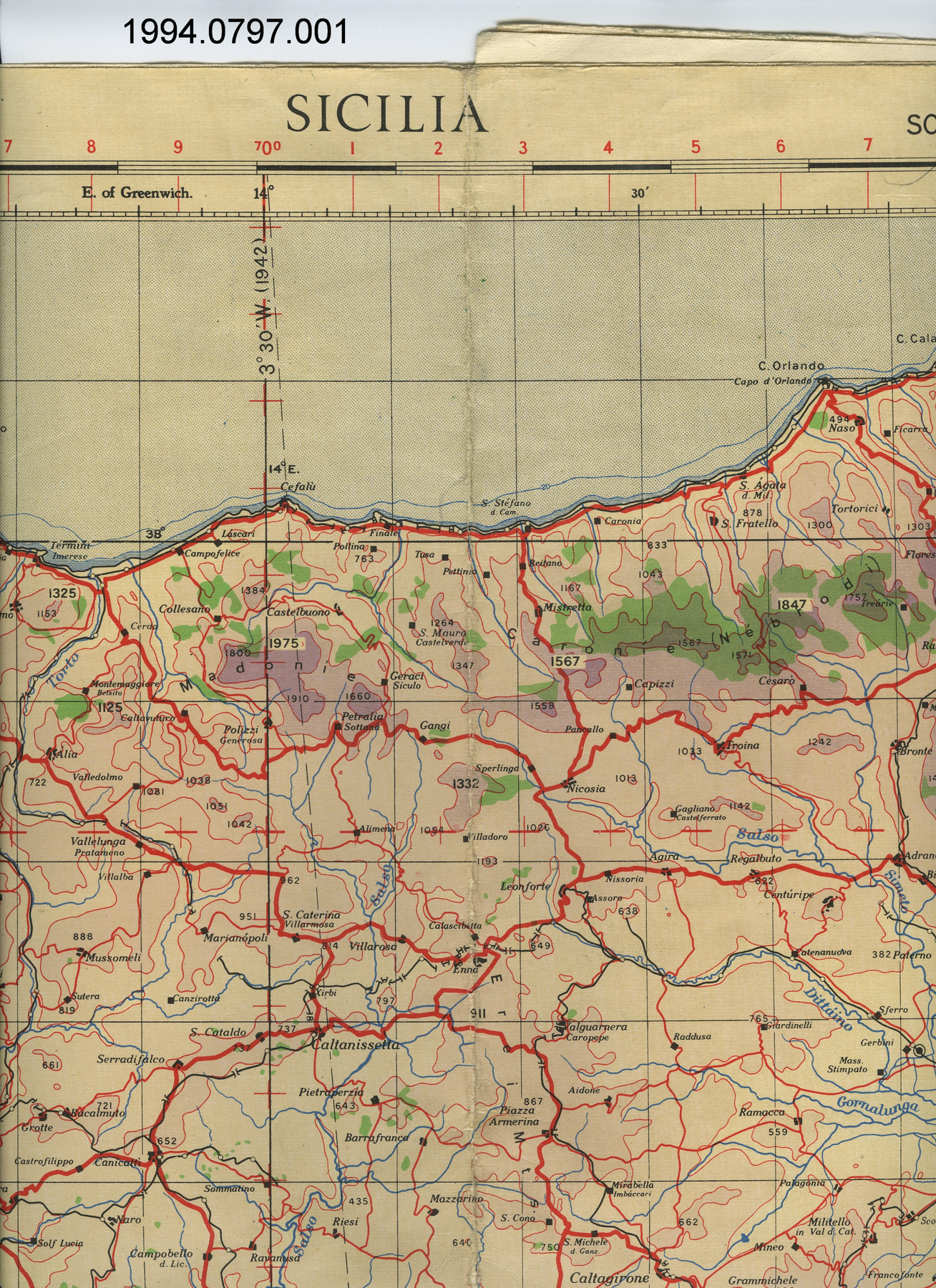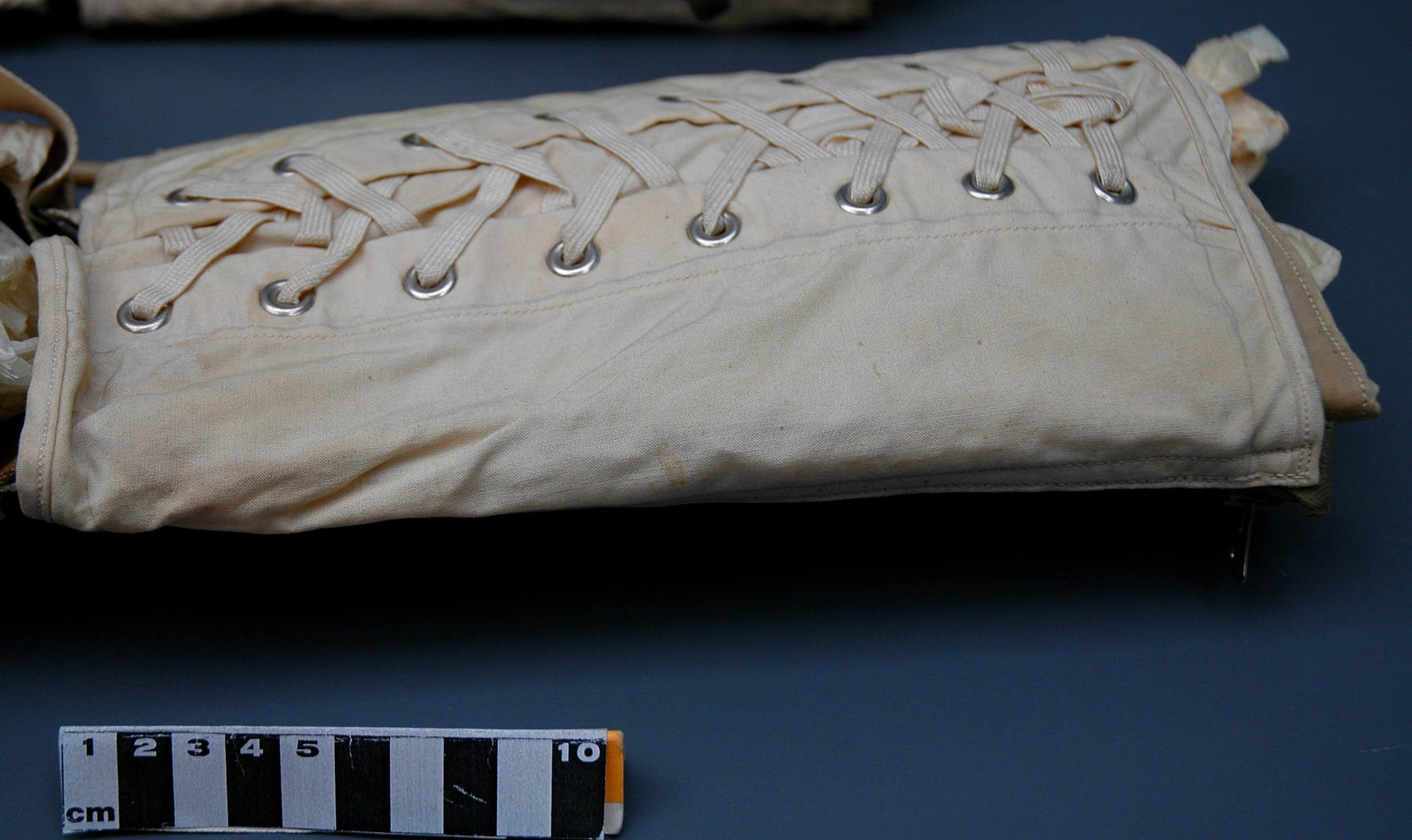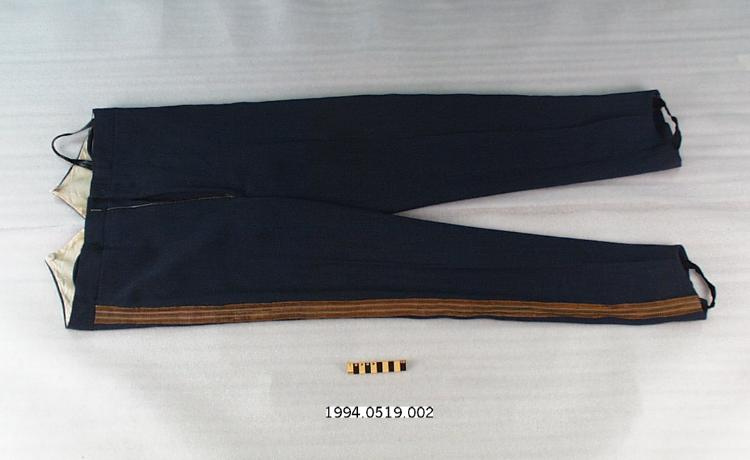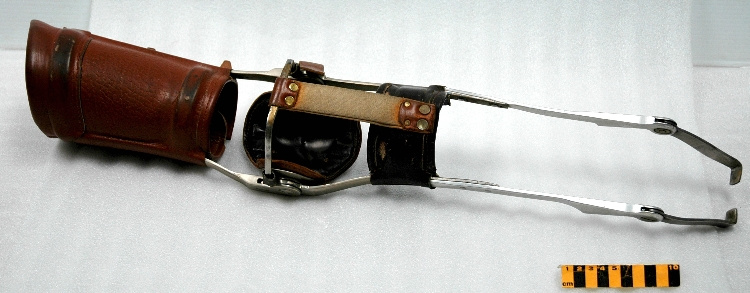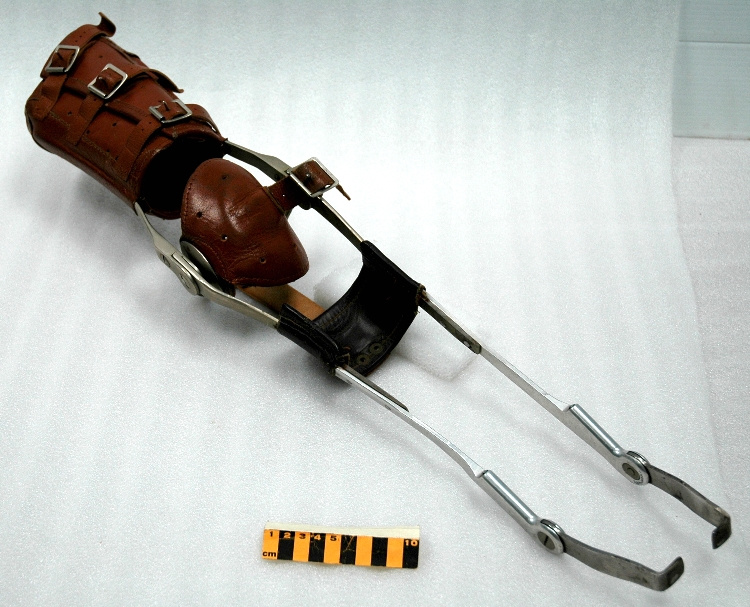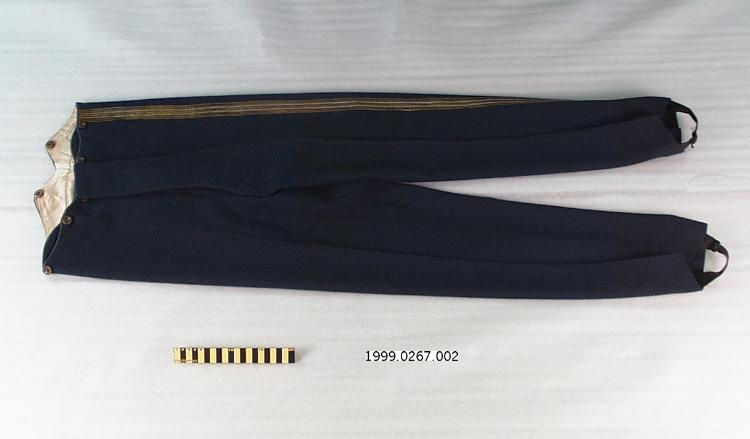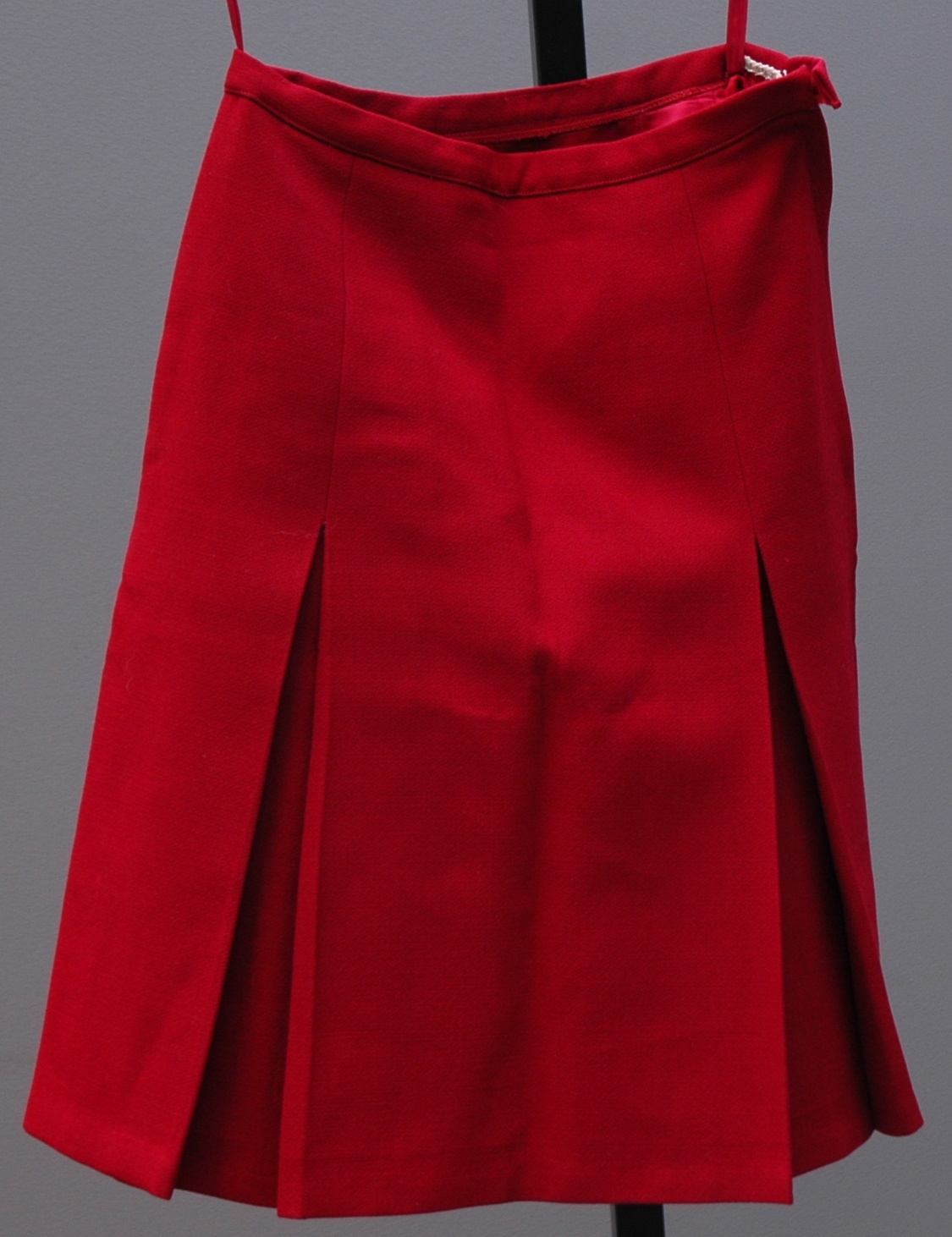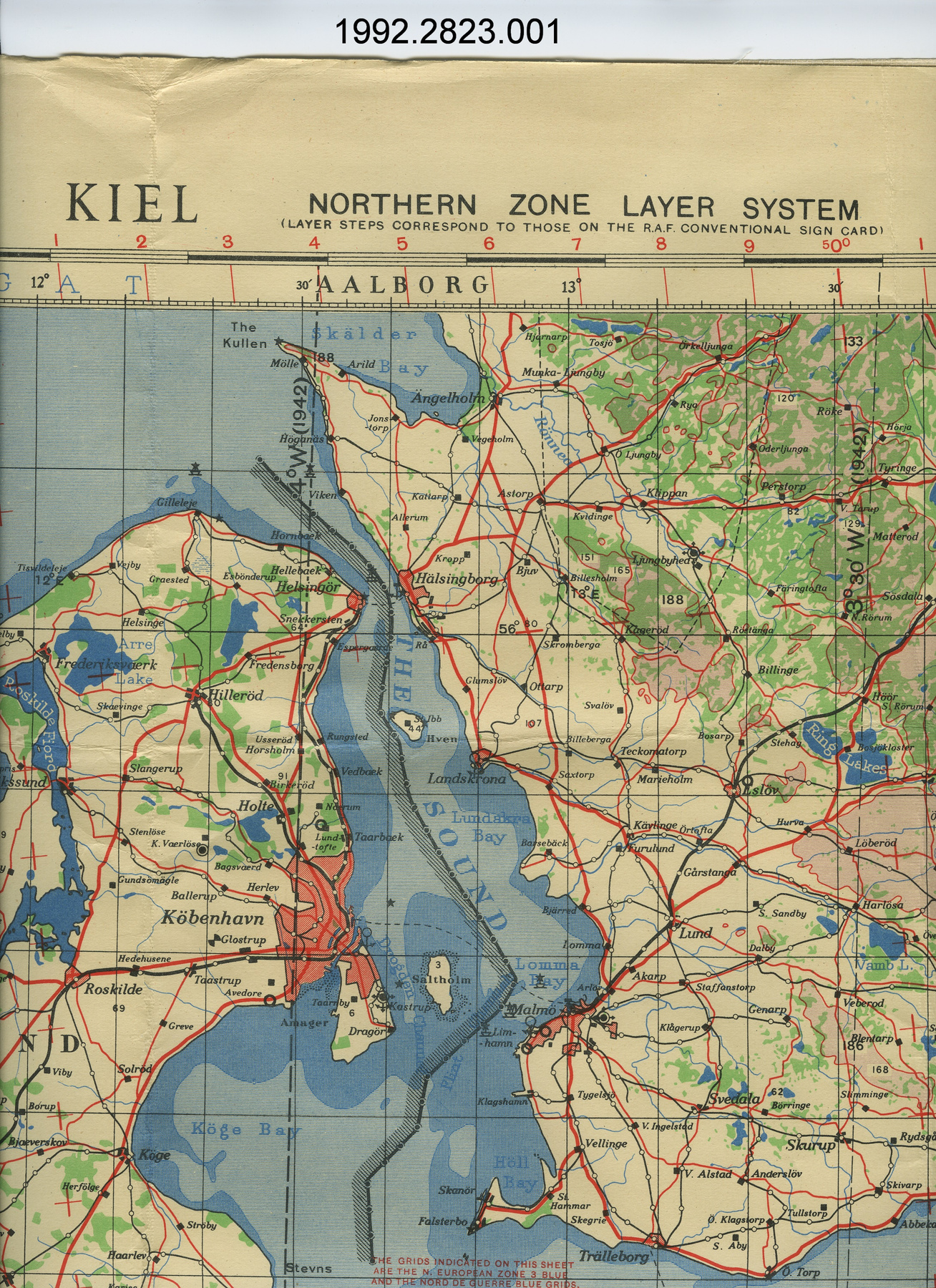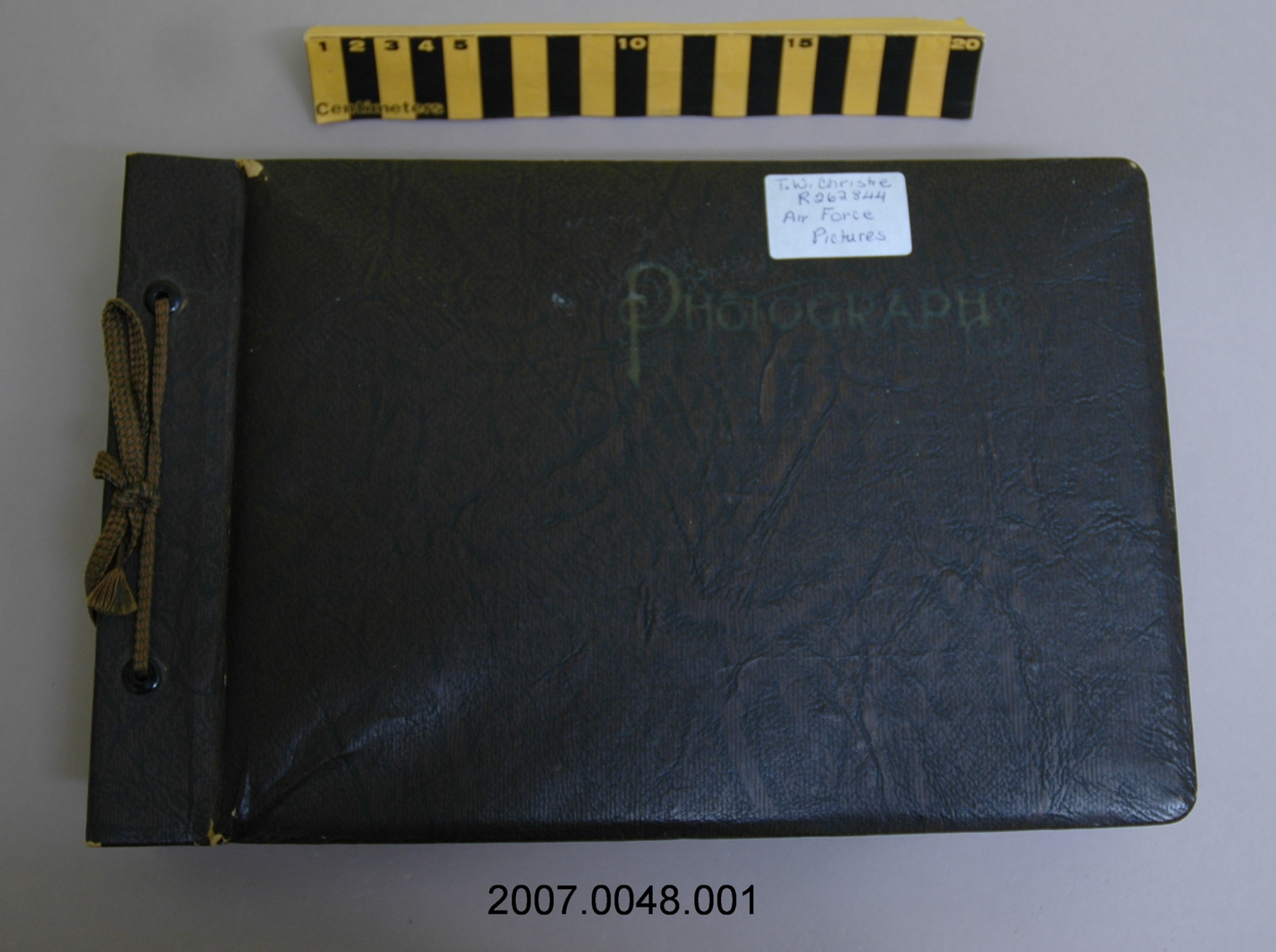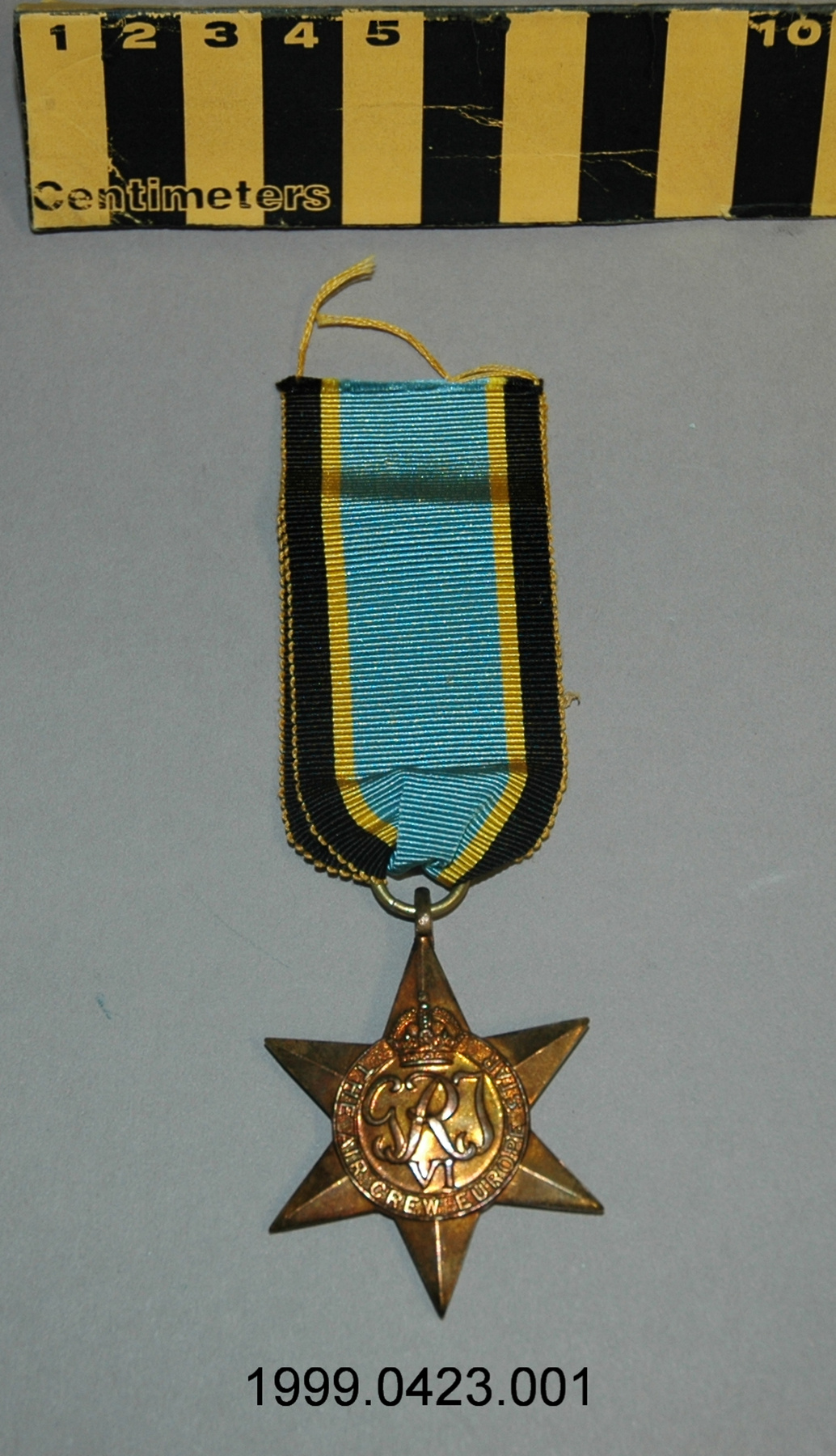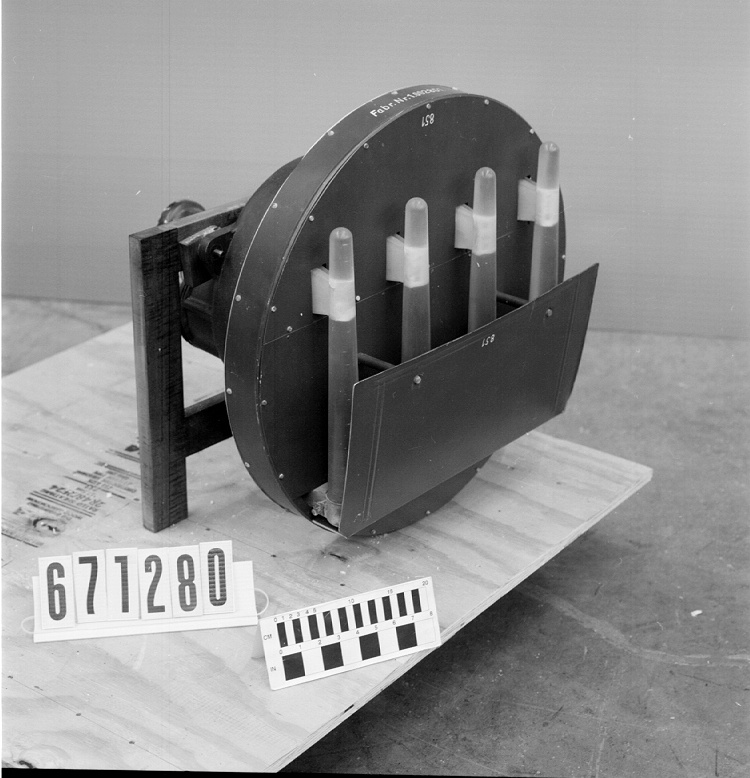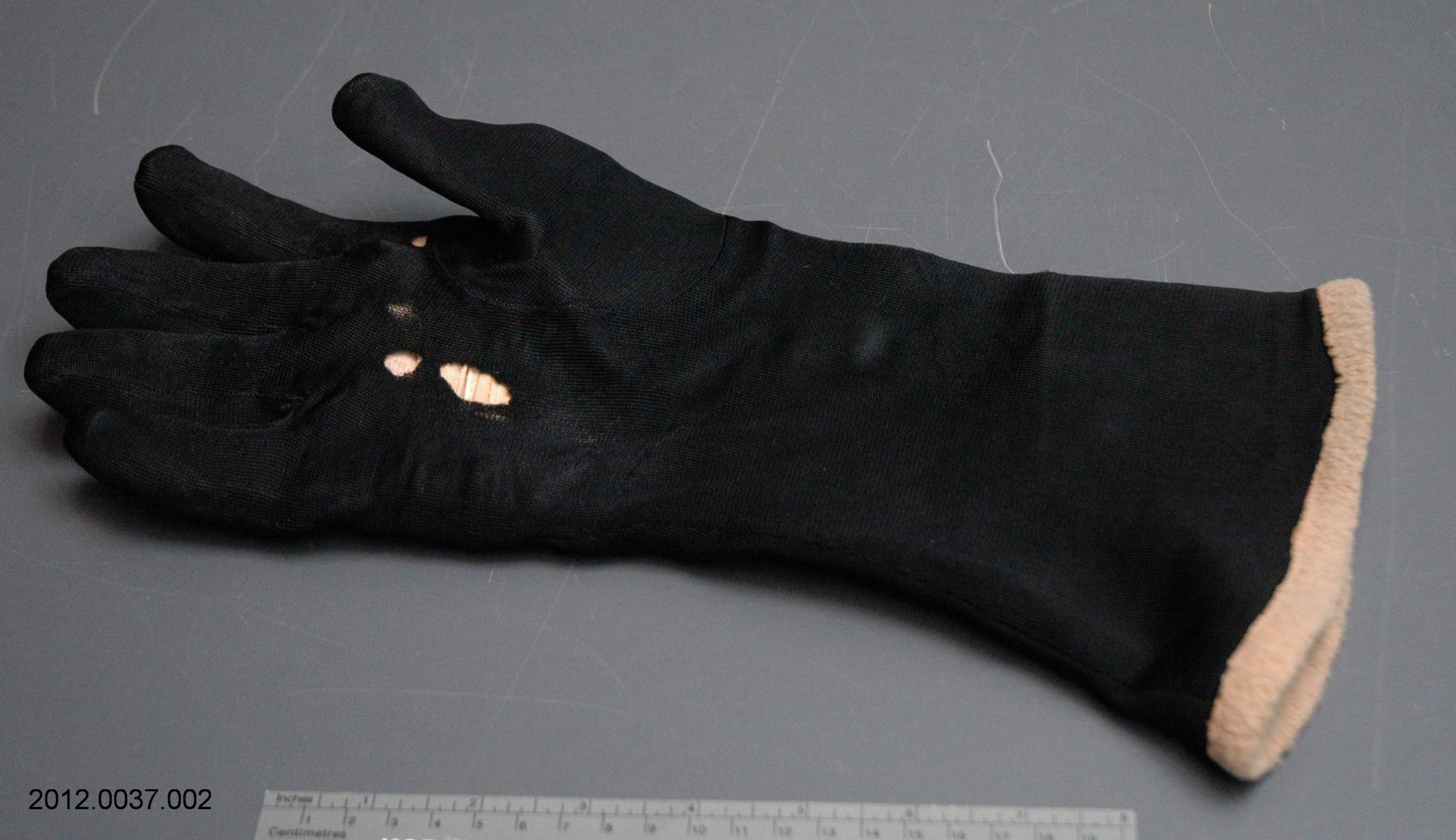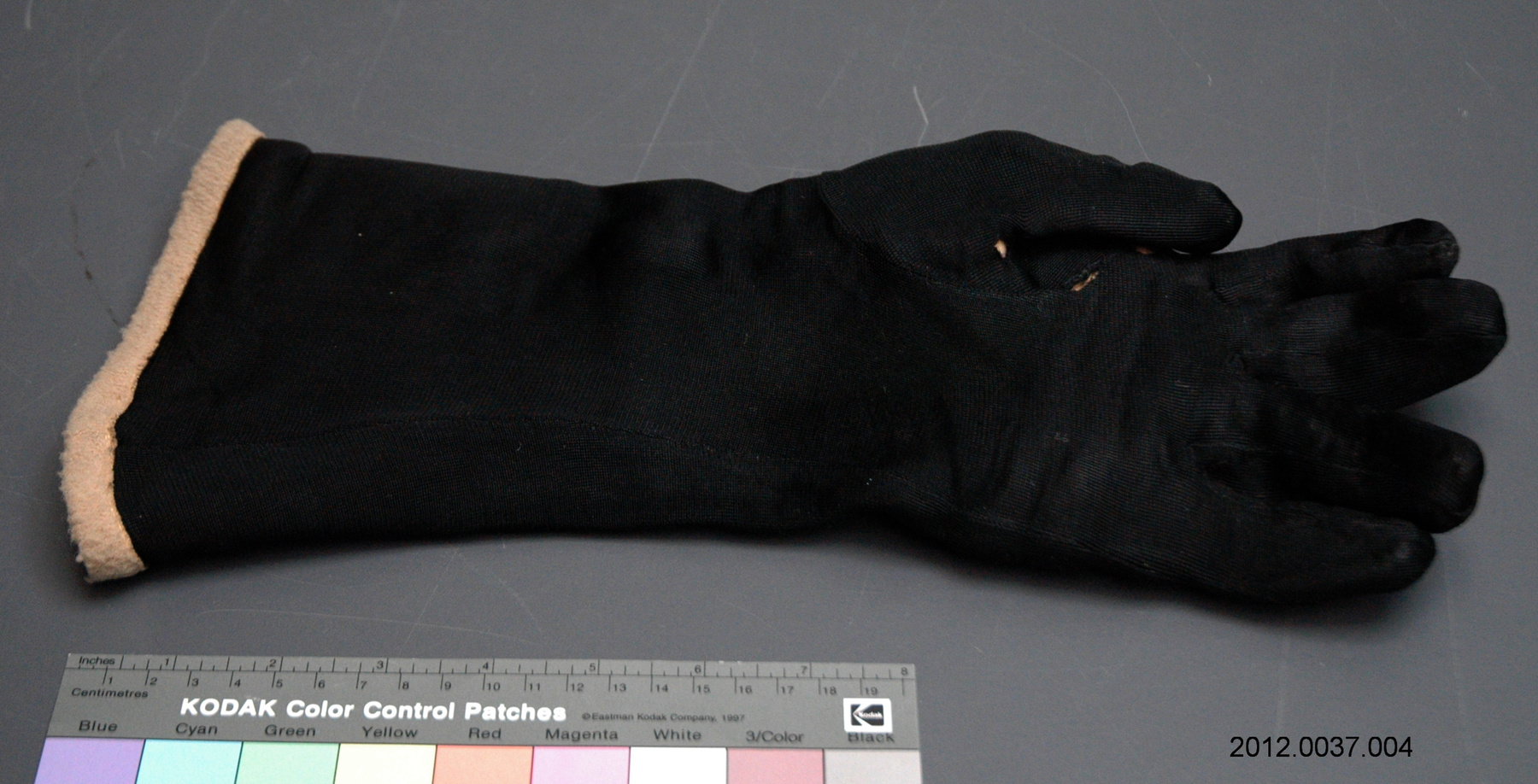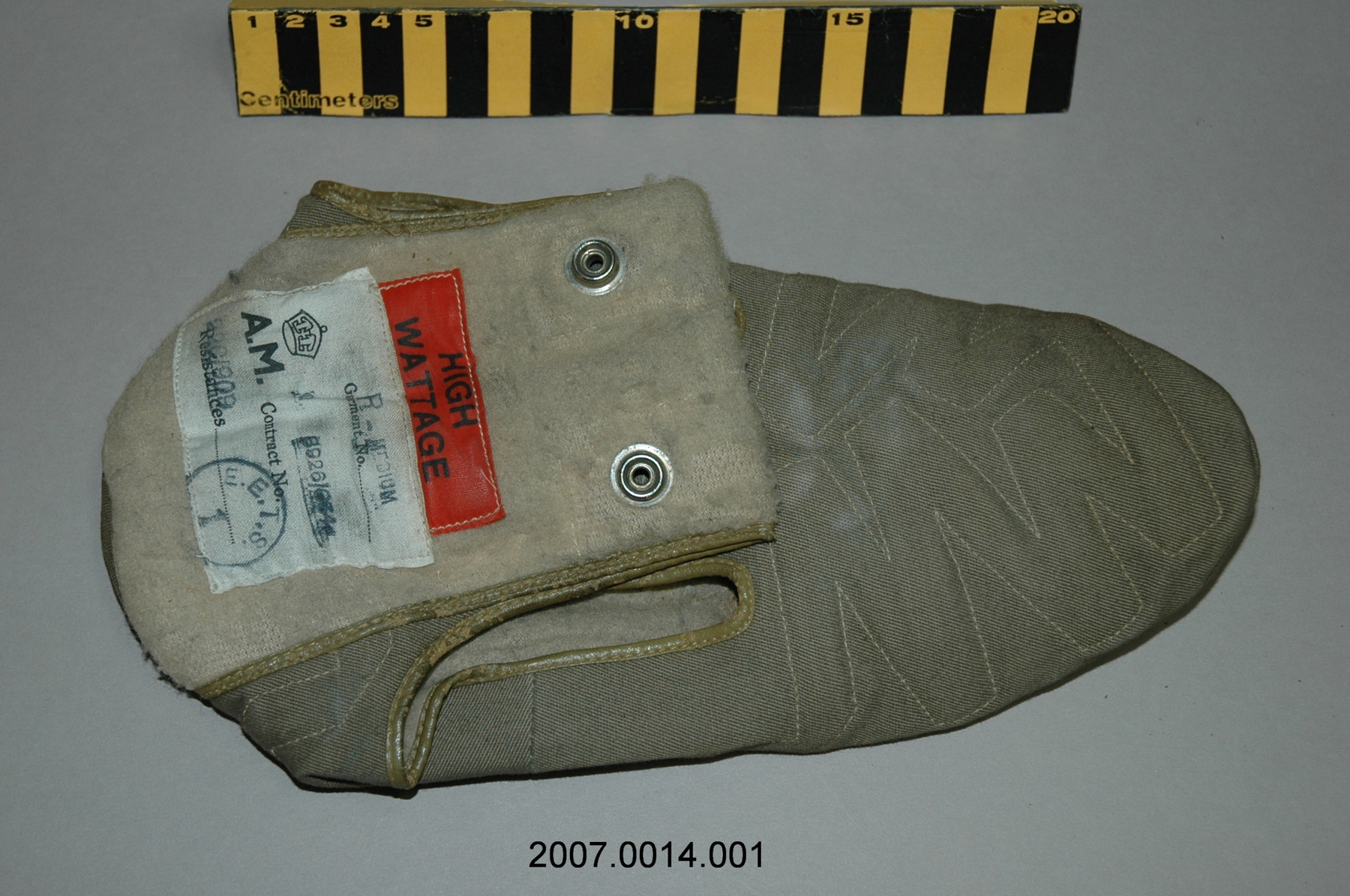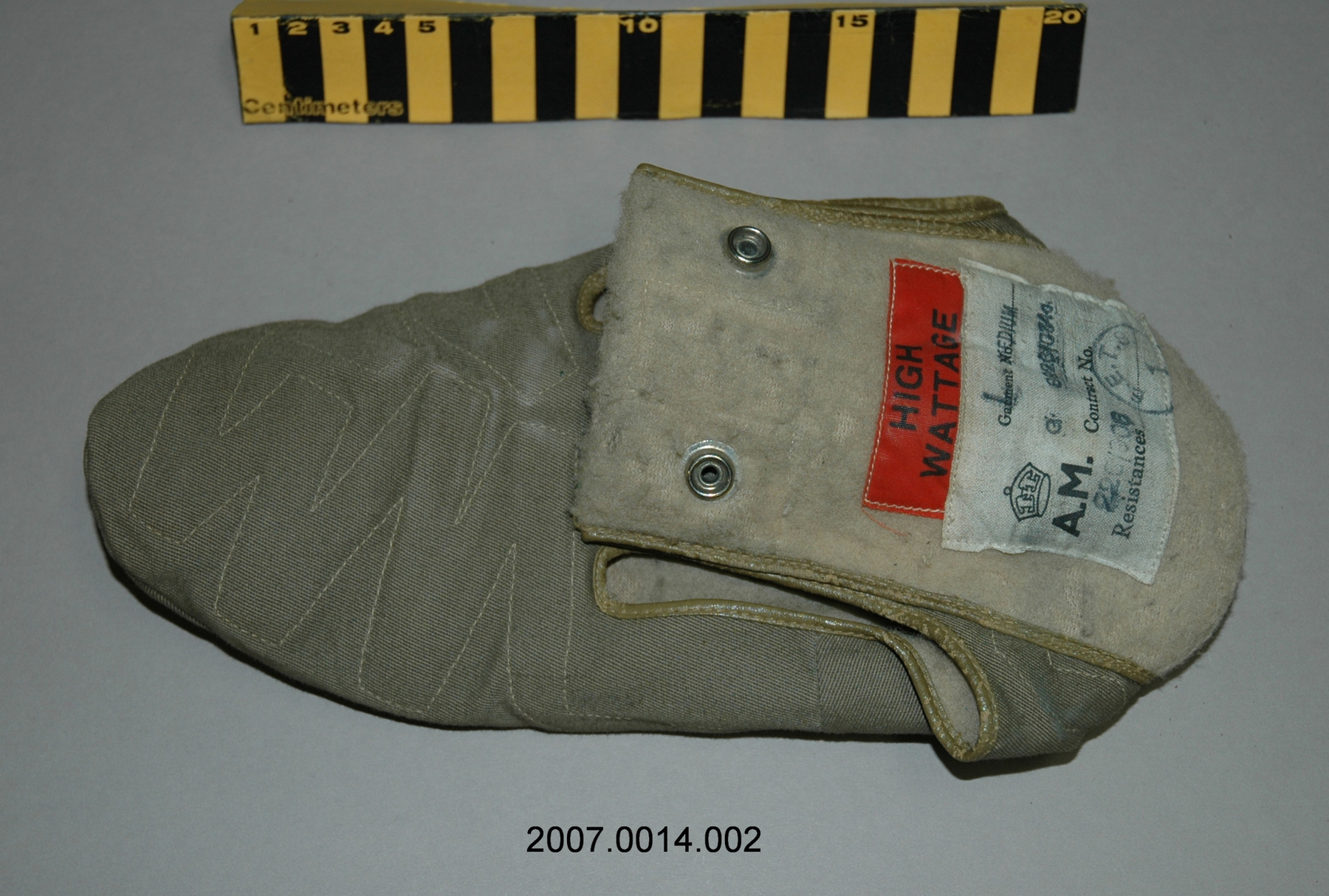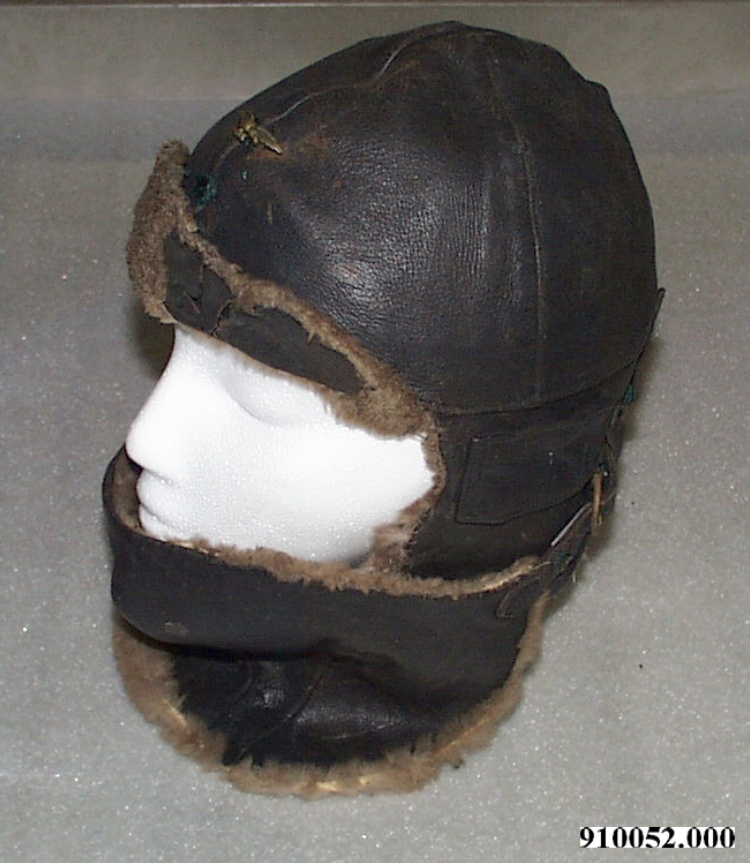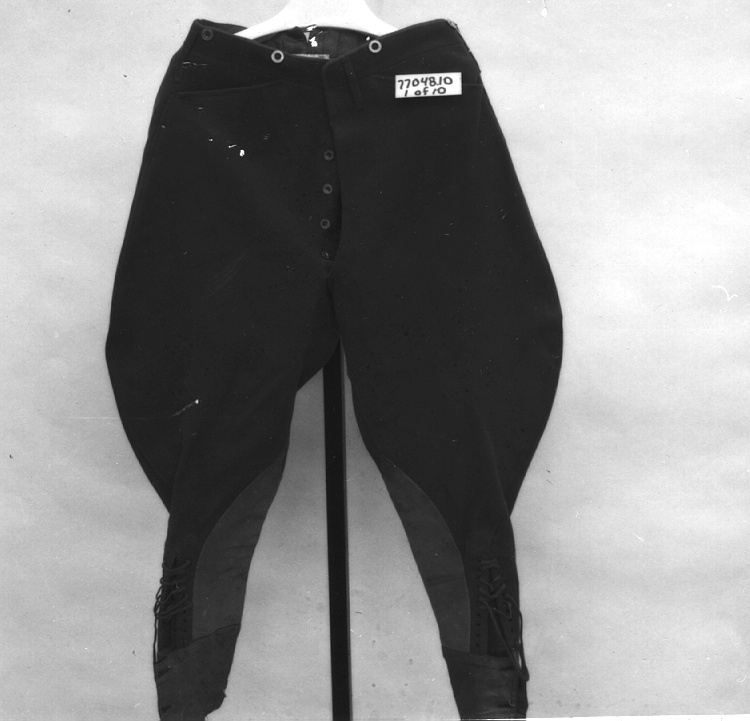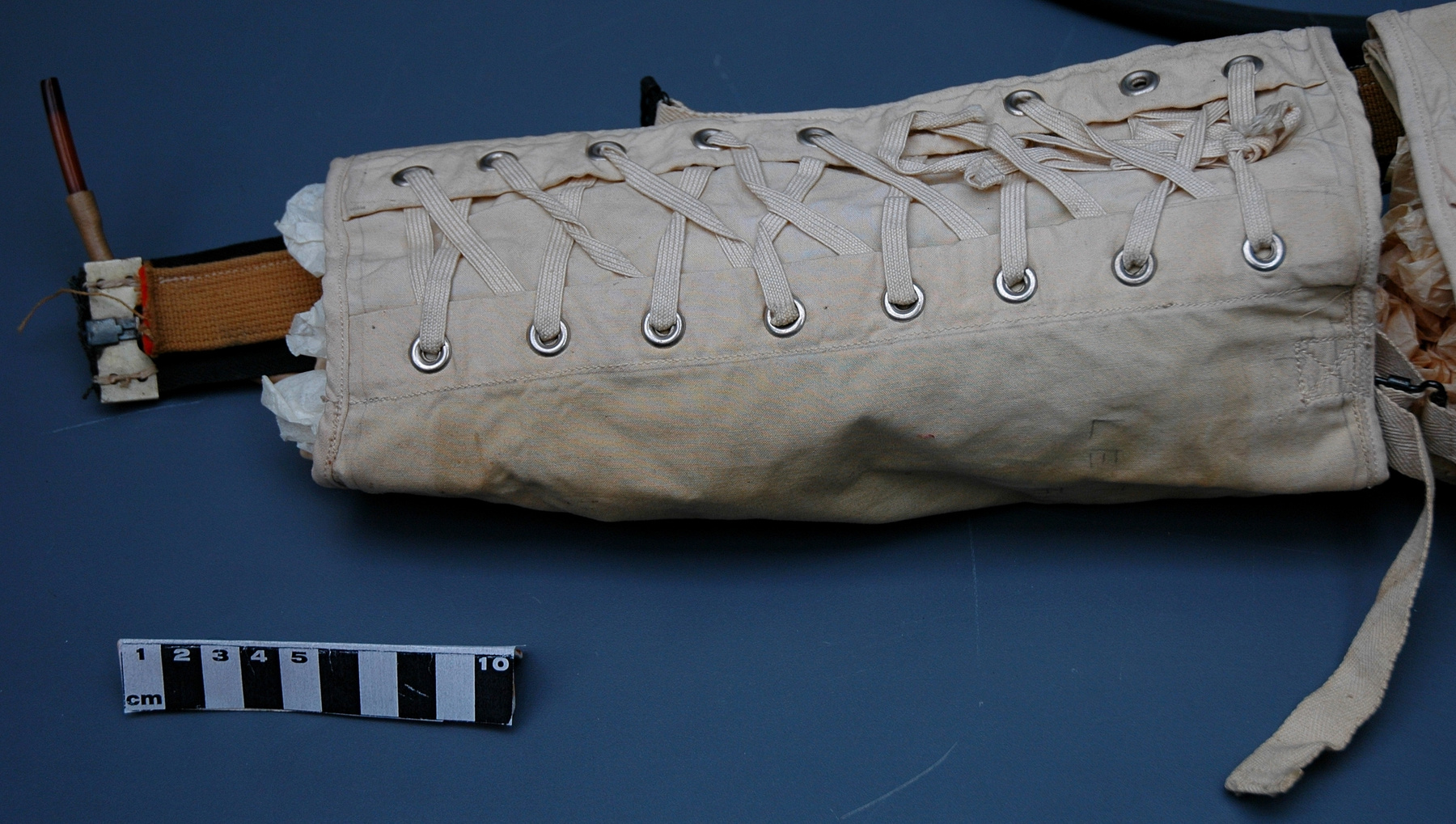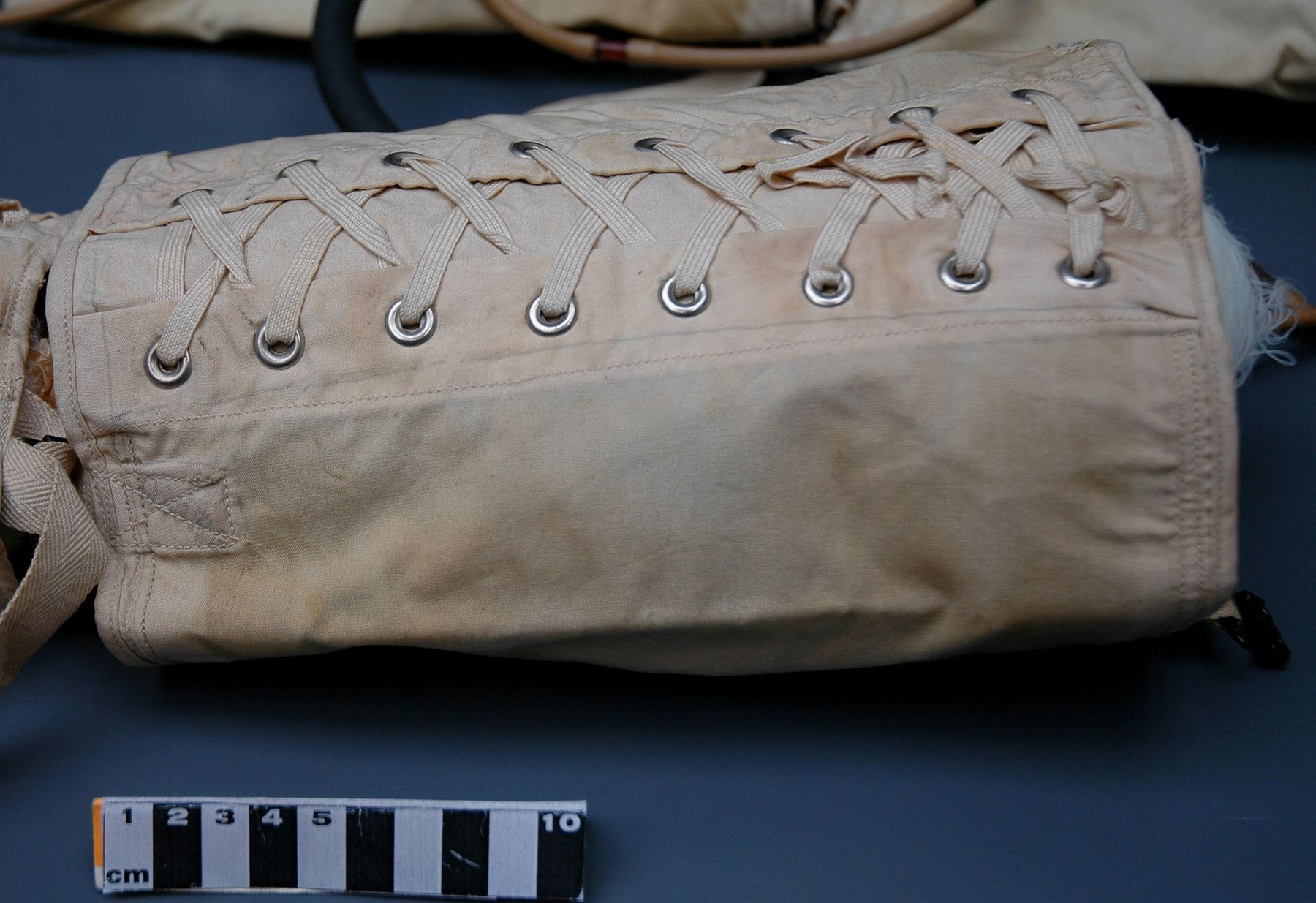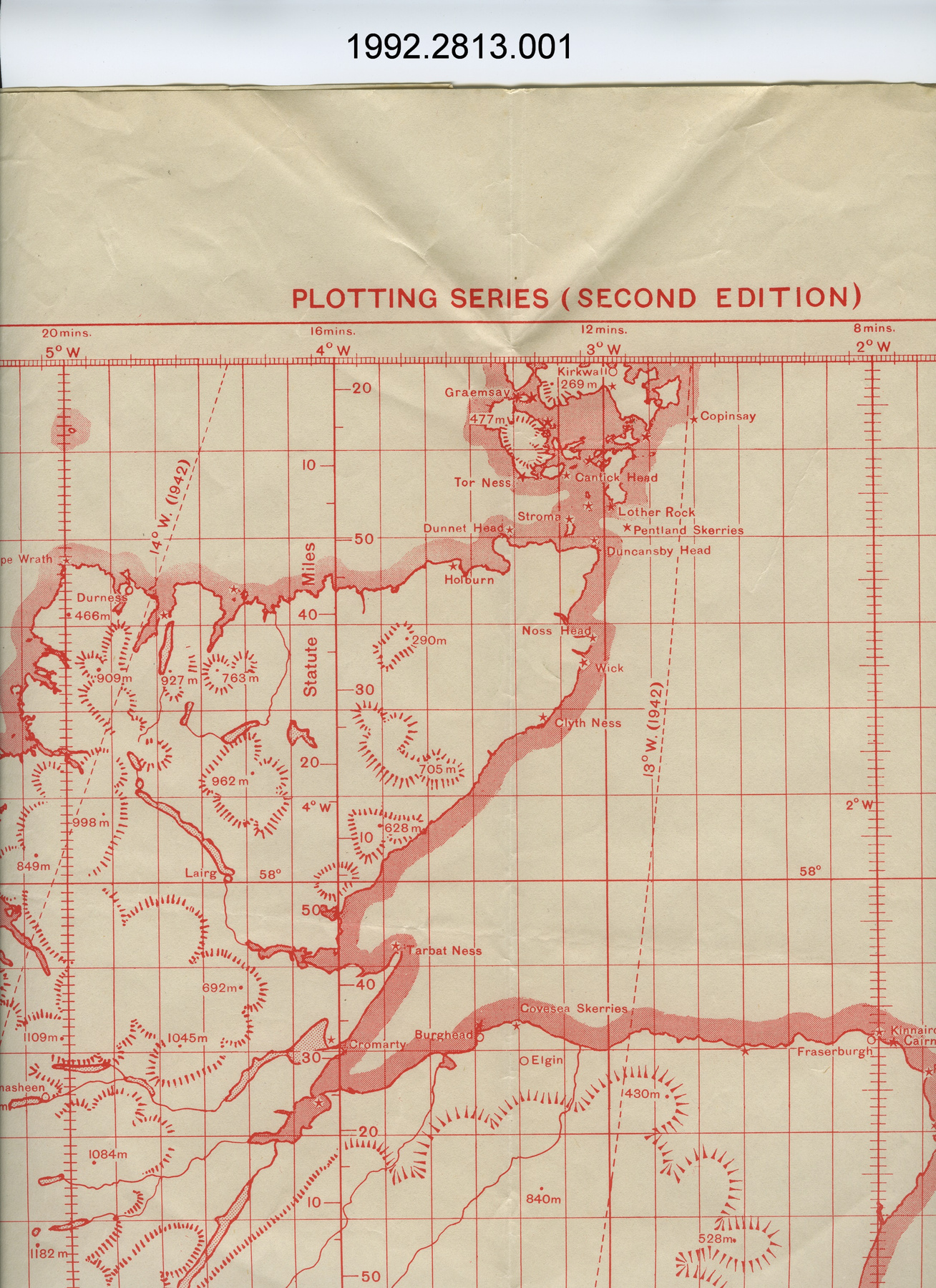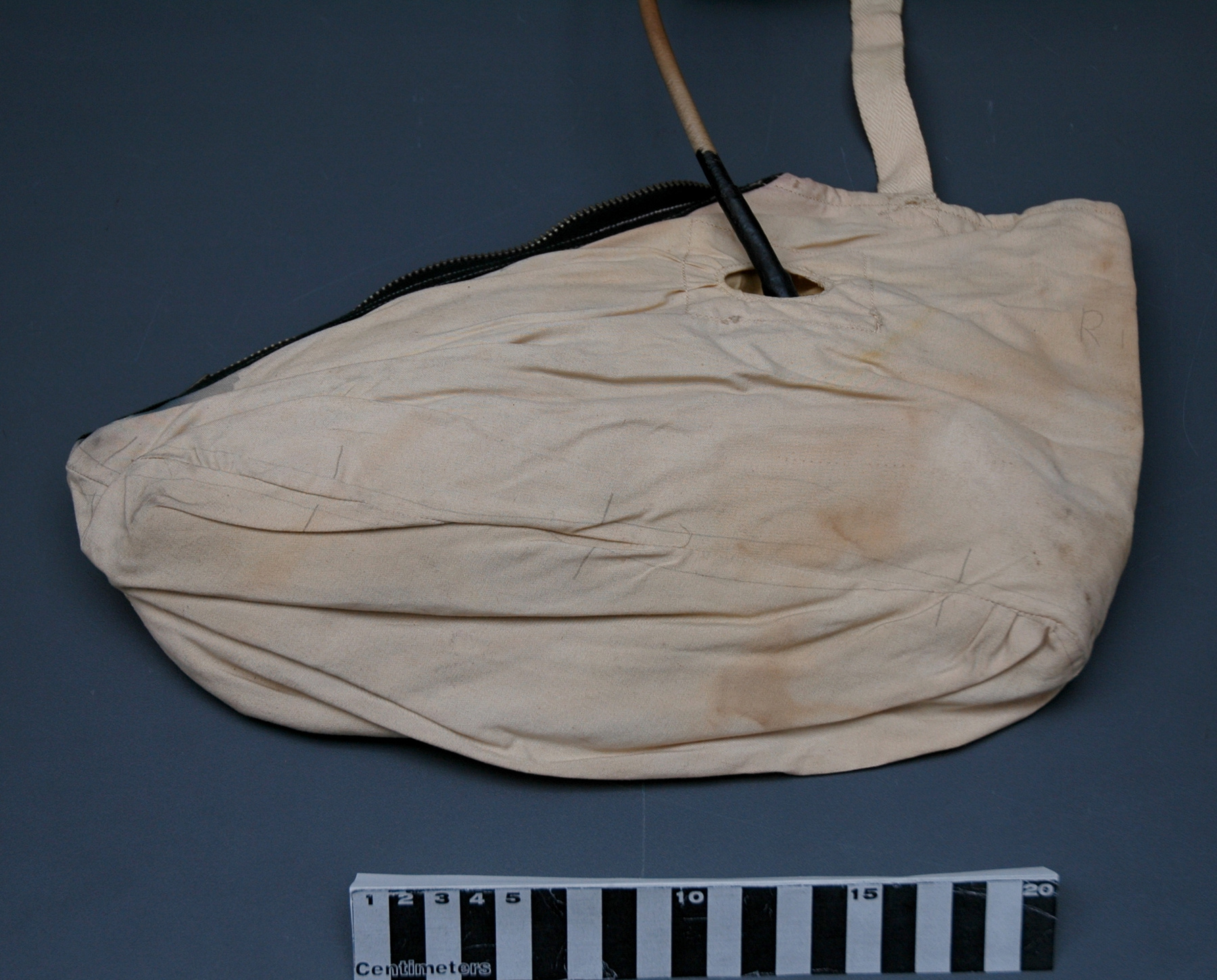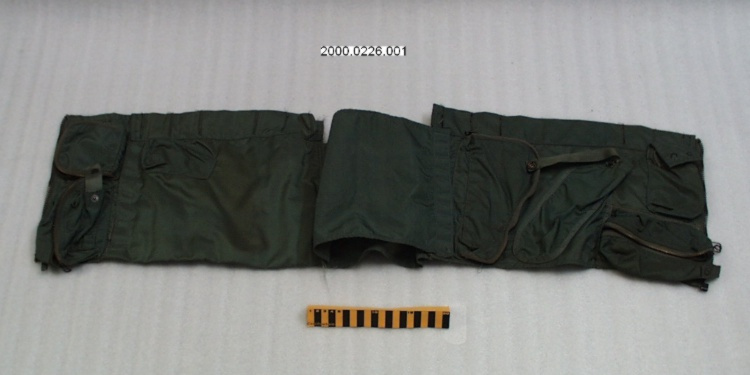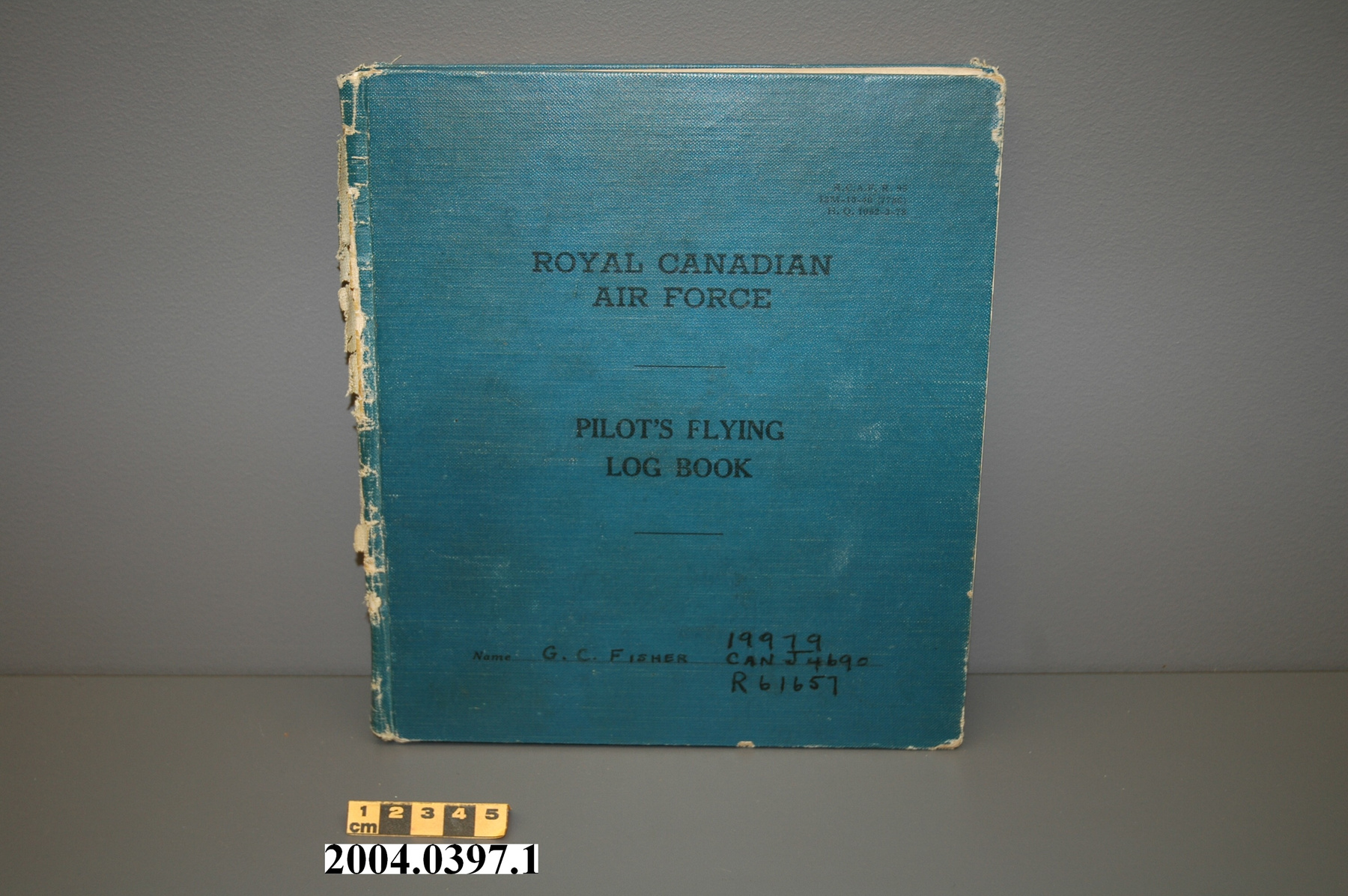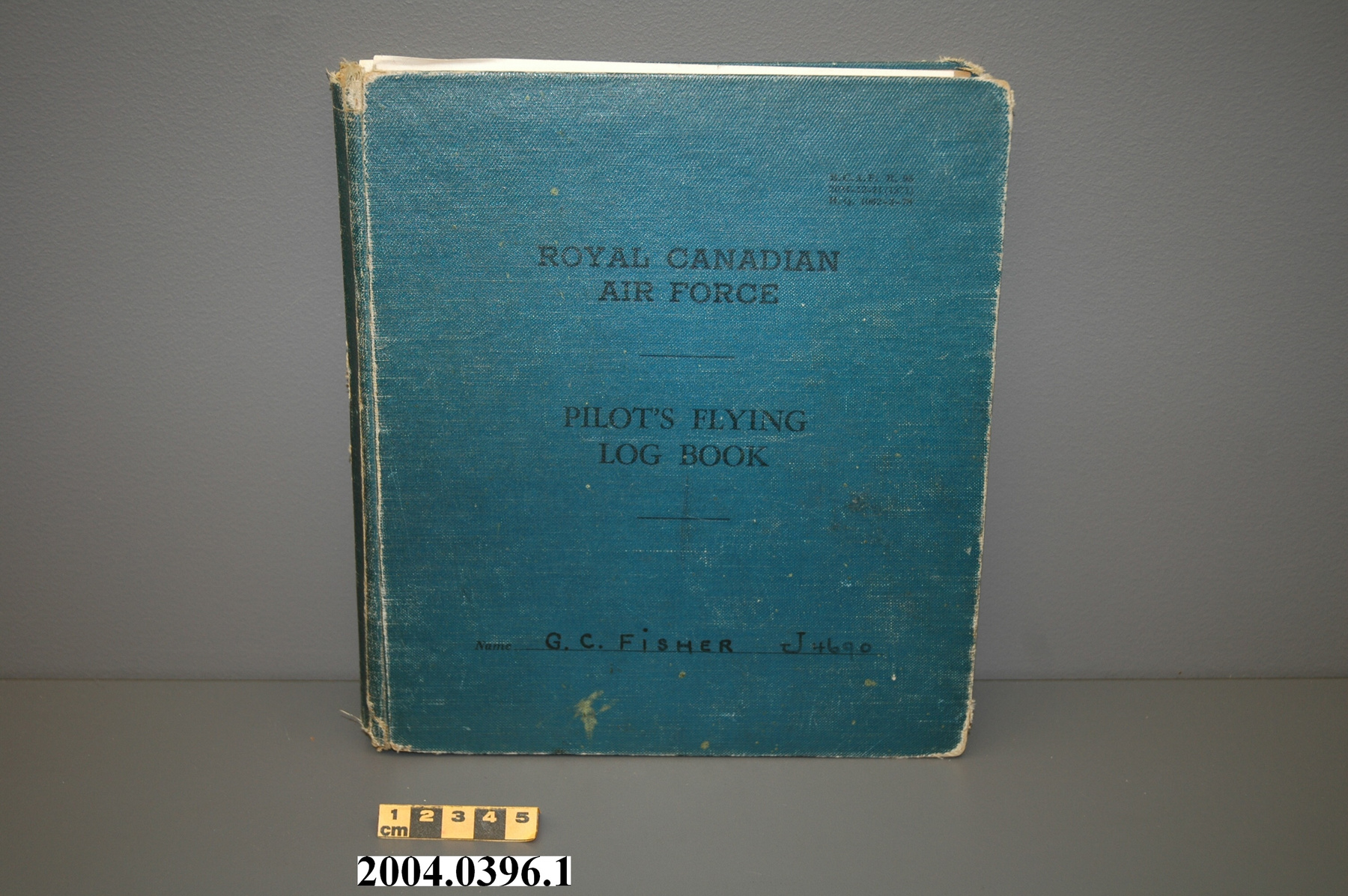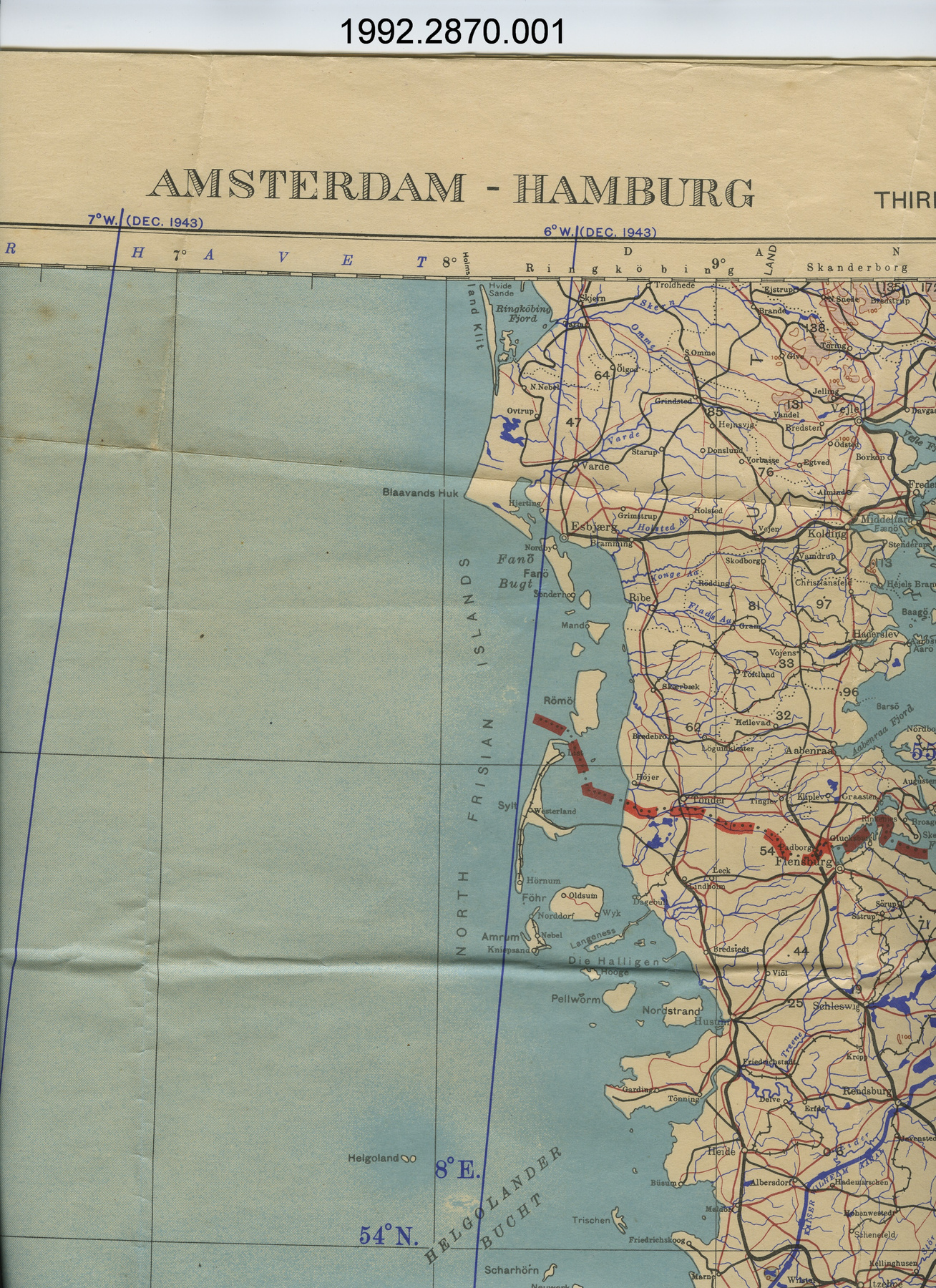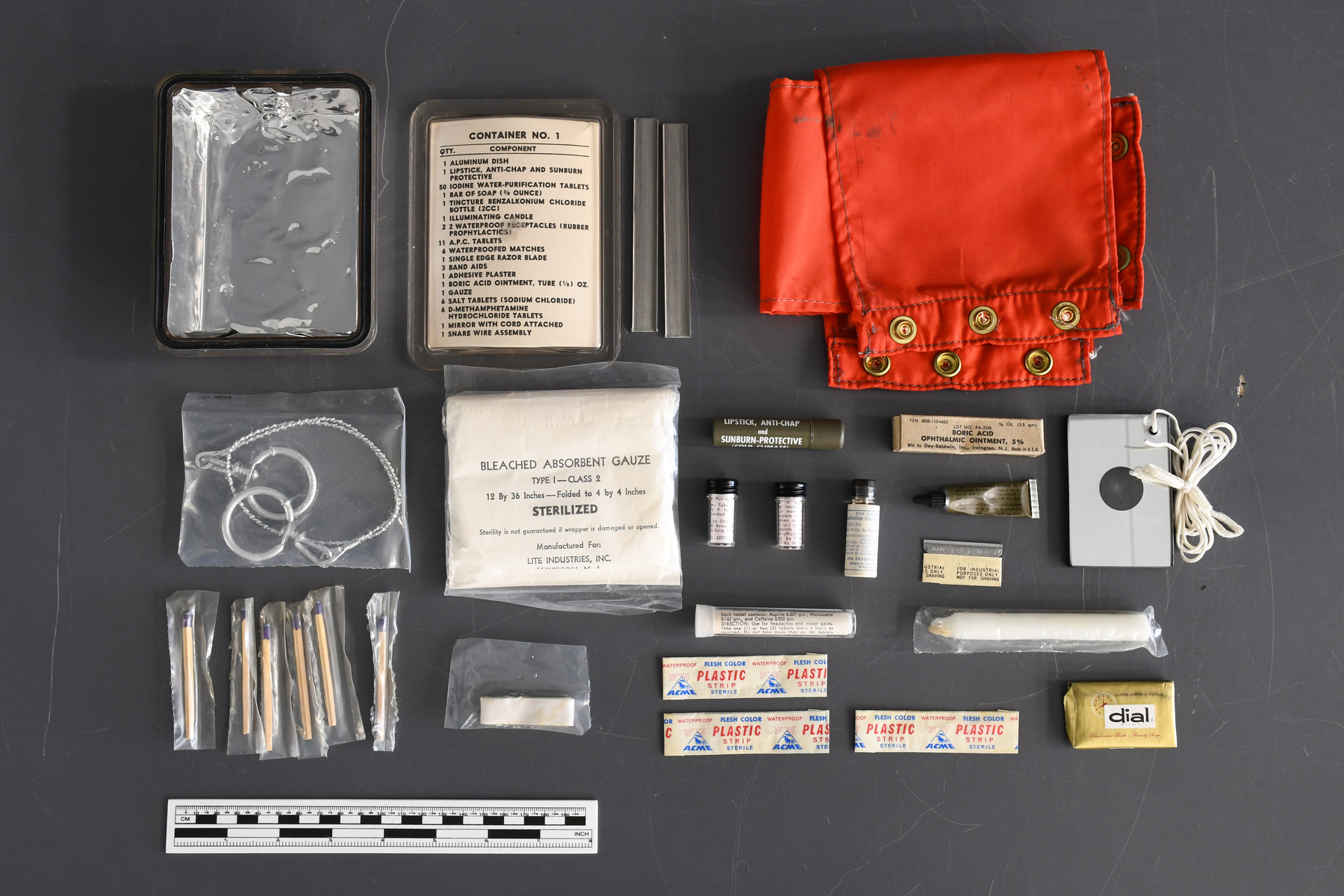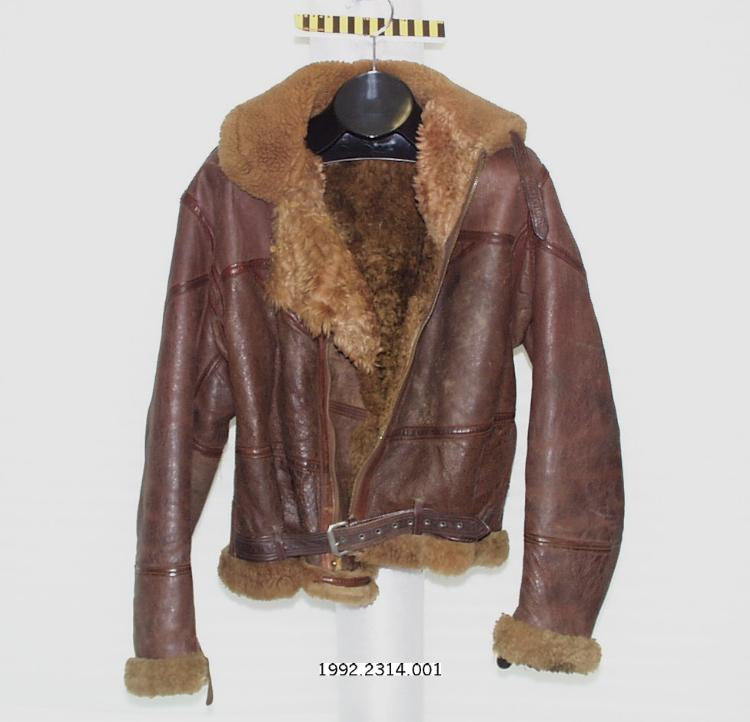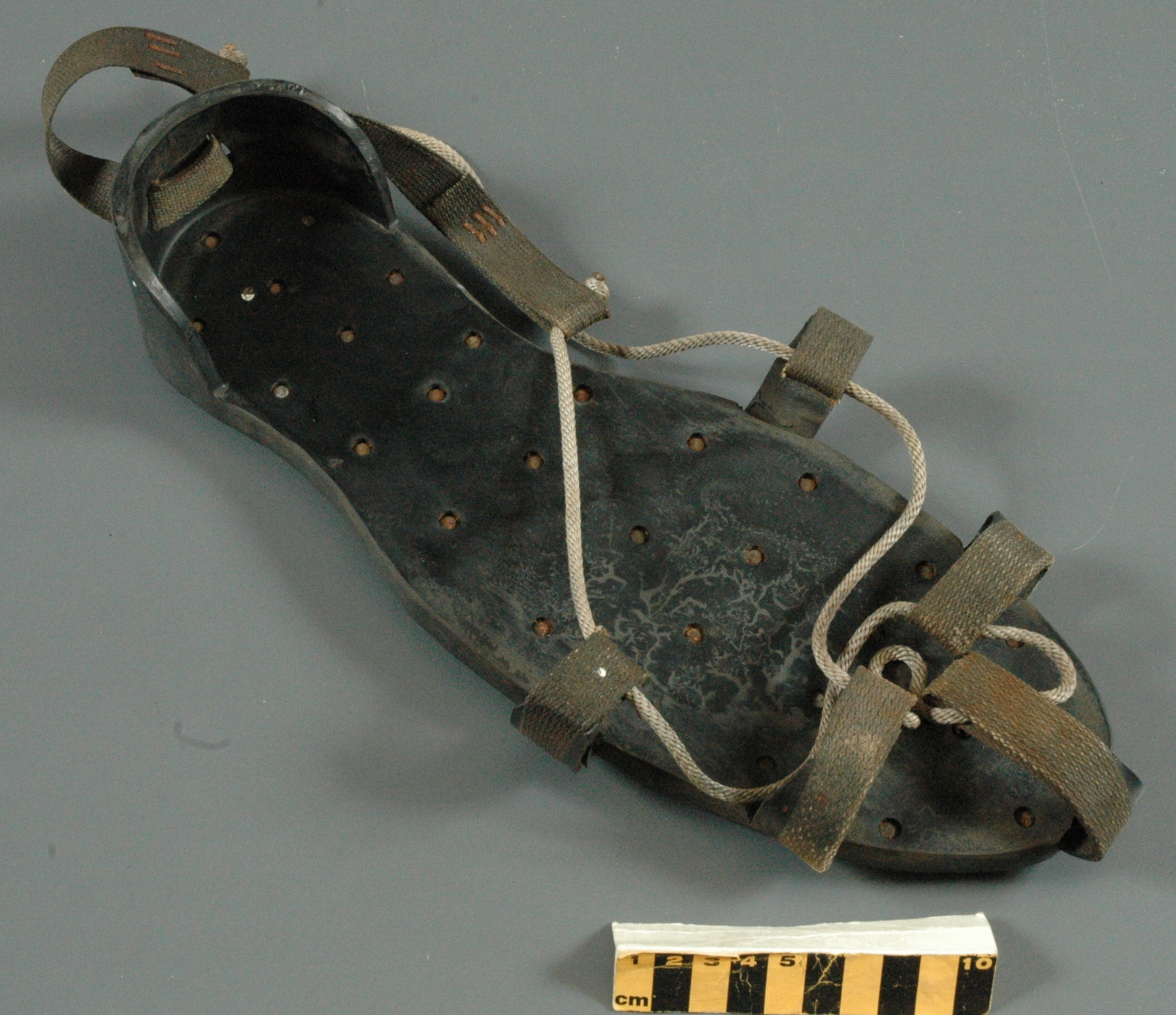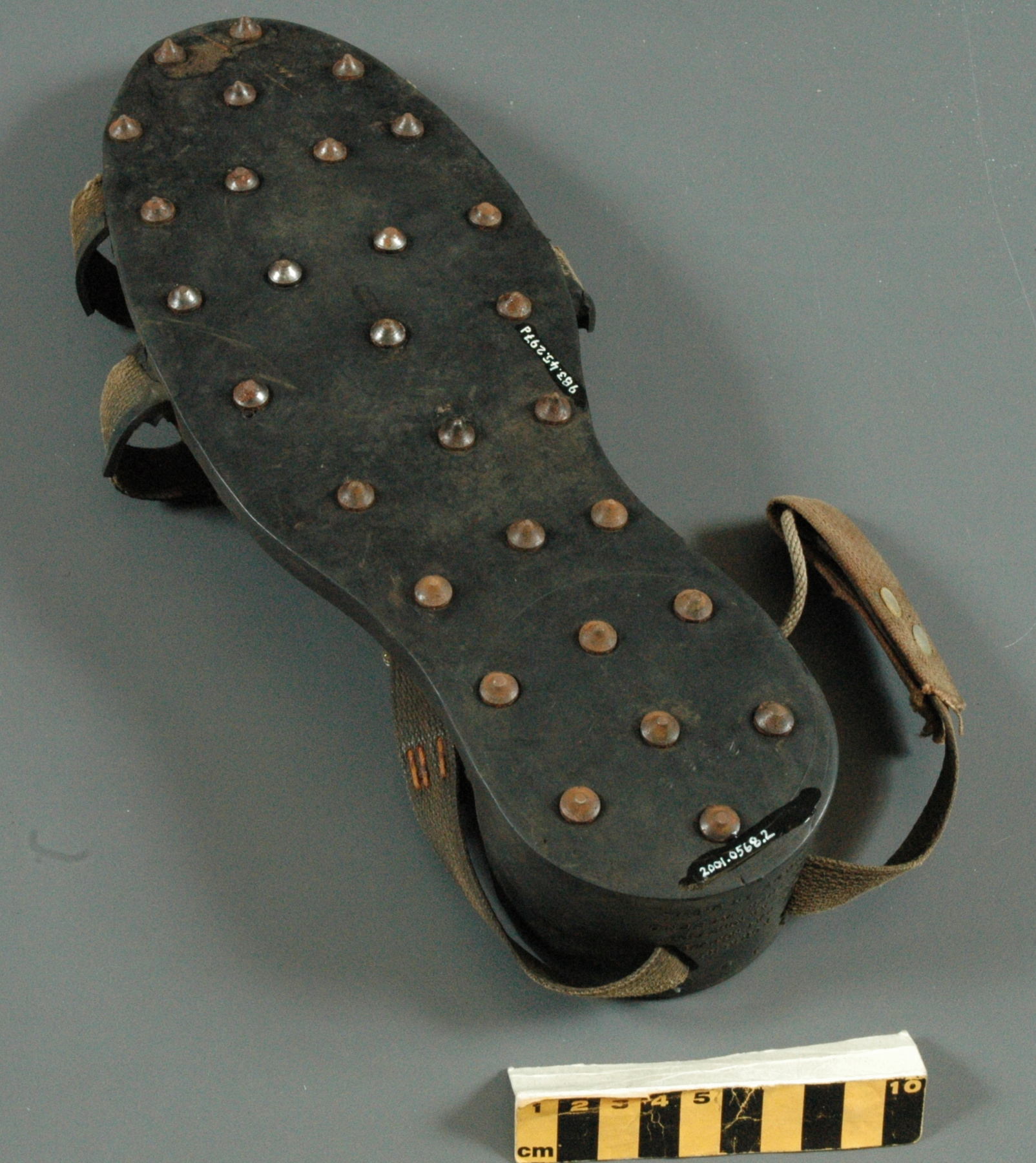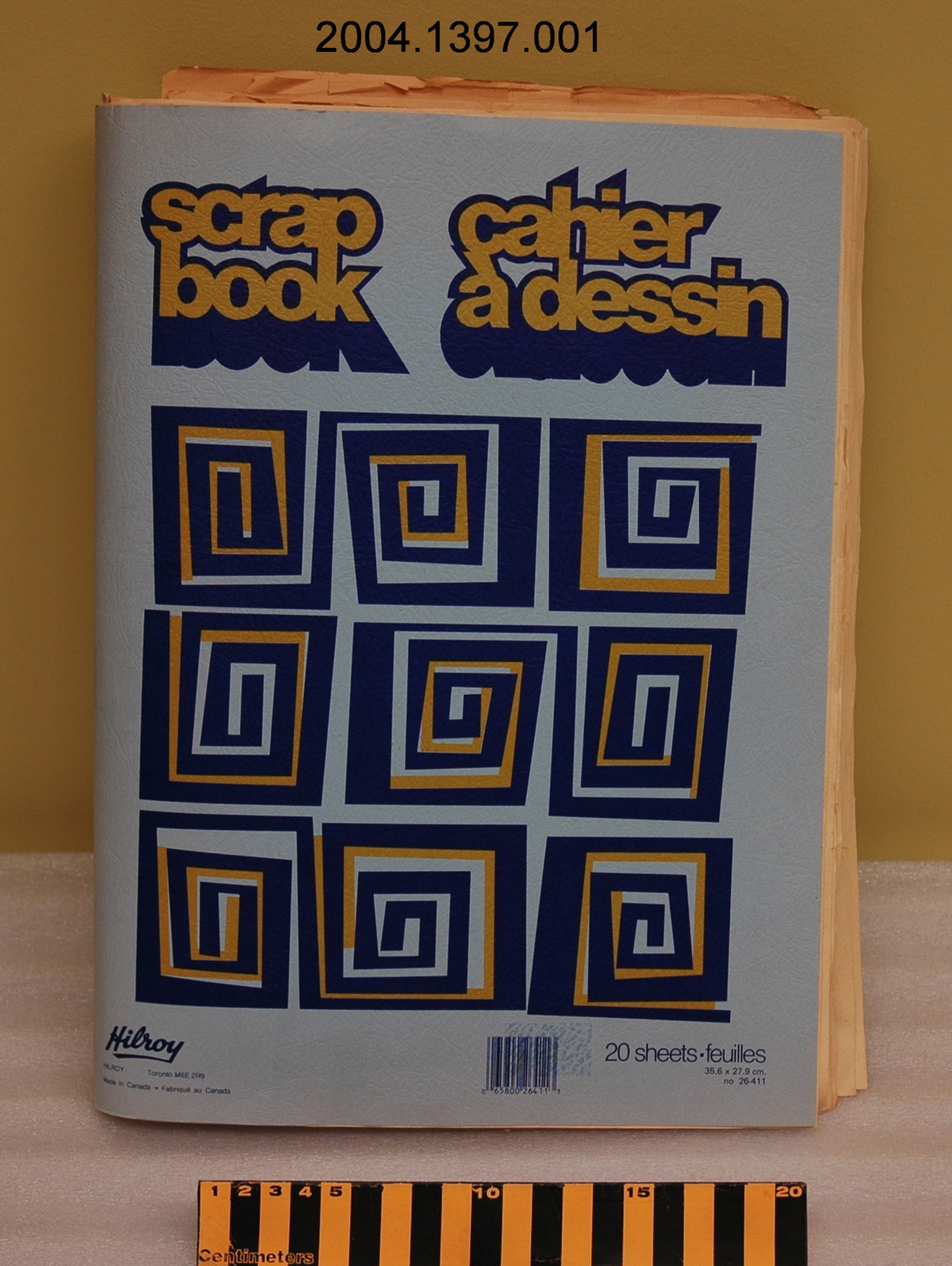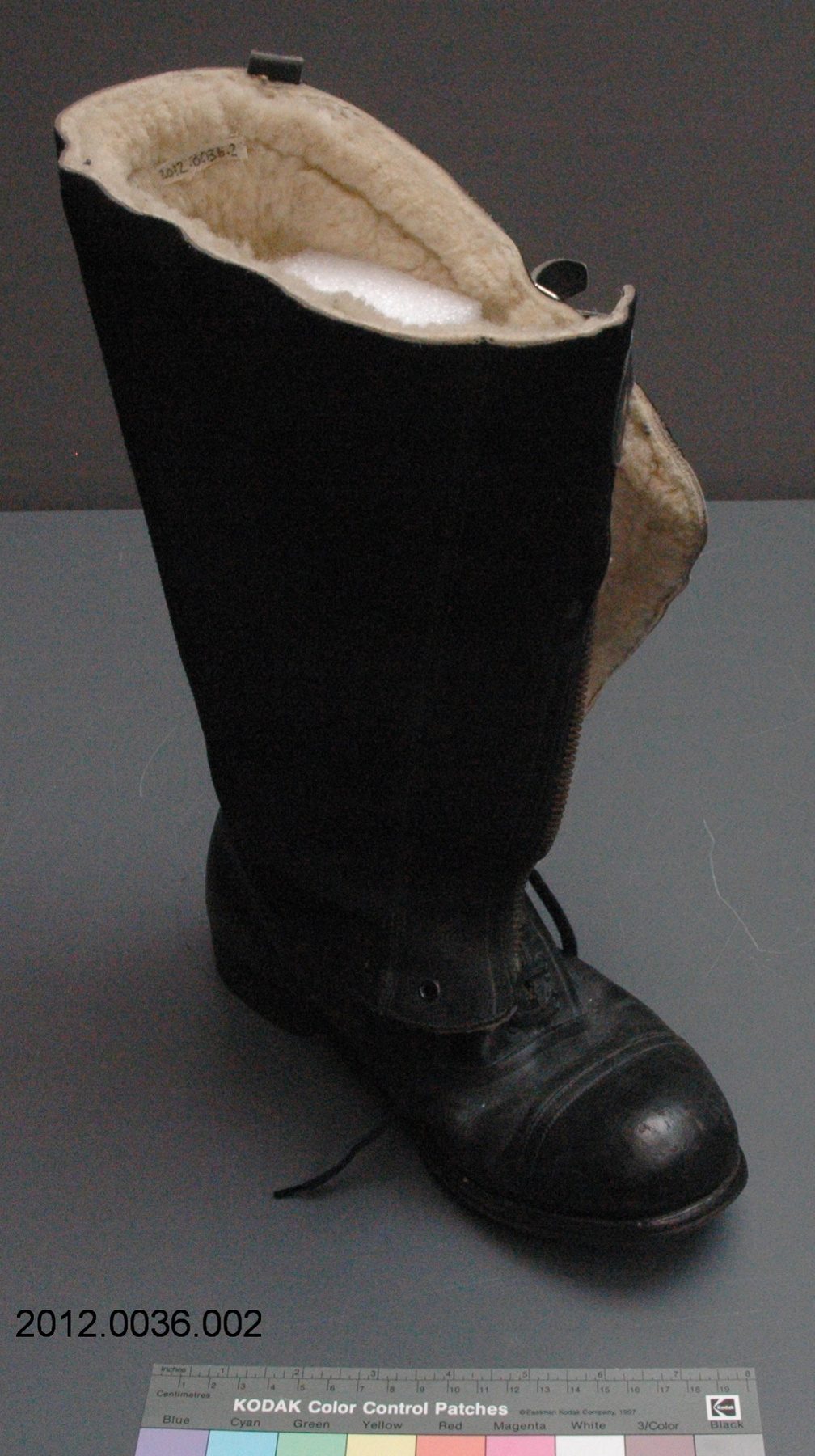Boot, flying
Use this image
Can I reuse this image without permission? Yes
Object images on the Ingenium Collection’s portal have the following Creative Commons license:
Copyright Ingenium / CC BY-NC-ND (Attribution-NonCommercial 4.0 International (CC BY-NC 4.0)
ATTRIBUTE THIS IMAGE
Ingenium,
2012.0036.002
Permalink:
Ingenium is releasing this image under the Creative Commons licensing framework, and encourages downloading and reuse for non-commercial purposes. Please acknowledge Ingenium and cite the artifact number.
DOWNLOAD IMAGEPURCHASE THIS IMAGE
This image is free for non-commercial use.
For commercial use, please consult our Reproduction Fees and contact us to purchase the image.
- OBJECT TYPE
- N/A
- DATE
- 1943–1945
- ARTIFACT NUMBER
- 2012.0036.002
- MANUFACTURER
- Unknown
- MODEL
- 1943 Pattern
- LOCATION
- United Kingdom
More Information
General Information
- Serial #
- N/A
- Part Number
- 2
- Total Parts
- 2
- AKA
- N/A
- Patents
- N/A
- General Description
- Dark brown/black leather boot has metal eyelets and flat black fabric lace with synthetic covered ends, and dark brown/black leather sole; dark brown suede calf section has shearling wool backing, metal eyelets and zipper, and silver metal buckle on dark brown leather strap.
Dimensions
Note: These reflect the general size for storage and are not necessarily representative of the object's true dimensions.
- Length
- 28.0 cm
- Width
- 11.0 cm
- Height
- 38.2 cm
- Thickness
- N/A
- Weight
- N/A
- Diameter
- N/A
- Volume
- N/A
Lexicon
- Group
- Aviation
- Category
- Clothing
- Sub-Category
- N/A
Manufacturer
- AKA
- Unknown
- Country
- United Kingdom
- State/Province
- Unknown
- City
- Unknown
Context
- Country
- Europe
- State/Province
- Unknown
- Period
- These boots produced for use c. 1943-1945/ WW II. Actual period of their use is unknown.
- Canada
-
Canadians who served as aircrew in the U.K., either in the Royal Canadian Air Force or the Royal Air Force, during the Second World War, would have used such boots and gloves. These particular boots and gloves were given to the donor a great many years ago. - Function
-
Boots issued to aircrew who might crash or parachute into occupied Europe, and designed in such a way that their fleece-lined calf section could be cut off with a small knife concealed in the right boot, thus turning the boots into less conspicuous civilian style laced leather shoes. The two calf sections could then be joined together, using their straps and zippers, to create a warm waistcoat. - Technical
-
The story of the 1943 Pattern boots began during the early years of the Second World War. Aircrew who had successfully returned to the U.K. after crashing or parachuting over occupied Europe often mentioned that their flying boots had caused them problems. When wet, they became both waterlogged and heavy. Worse still, the boots were very conspicuous when aircrews tried to blend in with the local residents. In some cases, the boots also came off when an aircrew baled out of his airplane. Two prototype versions of the escape and evasion boot, as it was sometimes called, were made in small numbers in 1941-42, under the supervision of their designer, Christopher William “Clutty” Clayton Hutton (1893-1965). At the time, this gentleman worked for the British Directorate of Military Intelligence, Section 9 (MI9), a secret organization who job it was to debrief escaped prisoners of war and design escape aids that were 1. given to military personnel before they went into action or, 2. smuggled into prisoner of war camps in Occupied Europe. The 1943 Pattern boots fell within the first category. The prototype versions of the escape and evasion boot proved rather successful. They led to the main production version, the 1943 Pattern. Some batches of 1943 Pattern boots came with show laces that hid gigli saws / surgeon saws. Others had one or two hollow heels. Many if not most boots had magnetized shoe lace ends that could be used to make a primitive compass. Although grateful for the efforts put in designing the escape and evasion boots, some aircrew found them so uncomfortable that they preferred to fly with their older boots (1936, 1939, 1940 or 1941 Patterns). It is worth noting that Clayton Hutton is the individual credited with the invention of the cloth maps and the design of escape kits that were mass produced for use by Commonwealth aircrew. One such map (2007.022) can be found in the corporate collection. [Ref. 1] - Area Notes
-
Unknown
Details
- Markings
- "M', "AM" and double heart logo stamped into zipper pull.
- Missing
- Boot proper is complete. Lace may be replacement/ not original.
- Finish
- Dark brown/black leather boot has metal eyelets and flat black fabric lace with synthetic covered ends, and dark brown/black leather sole; dark brown suede calf section has shearling wool backing, metal eyelets and zipper, and silver metal buckle on dark brown leather strap.
- Decoration
- N/A
CITE THIS OBJECT
If you choose to share our information about this collection object, please cite:
Unknown Manufacturer, Boot, flying, between 1943–1945, Artifact no. 2012.0036, Ingenium – Canada’s Museums of Science and Innovation, http://collection.ingeniumcanada.org/en/item/2012.0036.002/
FEEDBACK
Submit a question or comment about this artifact.
More Like This
